- Tour Account ›
- Travel Forum ›
- Travel Forum
- Trip Reports
- Costa Rica Trip R...

Costa Rica Trip Report Part One
We booked this trip With Odysseys Unlimited in October 2021 - before omicron. We had not traveled internationally or even domestically much for that matter for 2+ years. We were initially a group of 12 to 14. A week before the trip, the tour roster was down to 8. On arrival in San Jose, we were down to 6. I think this was due to the new omicron outbreak and Costa Rica being classed as a 4 by the CDC. Covid restrictions - You can enter Costa Rica with proof of vaccination and no covid test is required. You apply for a “salud” pass from the Costa Rican government 48 hours before entry into the country and get a pass with a qr code to upload to the airline. You will be asked for the salud pass at immigration at the airport in Costa Rica. I printed the pass and also had copies on my phone and Ipad. We gave United Airline our passport info and uploaded our salud pass before our flight to Costa Rica at the online Travel Ready site. If you are not vaccinated against covid, then you have to have proof of insurance covering a potential quarantine and medical expenses. The specs are on the Costa Rican government website. Applying for the pass online was easy. Before returning to the US we did the same as for entry into Costa Rica except that we had to give the airline our covid test results 24 hours in advance. N95 or surgical masks were required on the tour. We know what happened there per my previous post on Costa Rica so we won’t rehash this. The Costa Ricans are good about wearing masks (albeit cloth) everywhere you go (tourists not so much) and there are hand sanitizing stations before you enter any venue. These are either sinks with soap and water or hand sanitizer before you go in.
Part Two This tour is focused on the natural heritage of Costa Rica - flowers, birds, animals, butterflies and insects, reptiles and amphibians, agriculture (mainly sugar cane, coffee, bananas and plantains). We visited one church in Cartago and the national theater in San Jose but that was it as far as museums and churches go. We traveled through various climate zones during the trip from the tropical rainforest on the Carribean to the top of a volcano (Irazu) to the cloud forest and then to the dry forest on the Pacific coast. Costa Rica is a very colorful country and mainly rural. Its economy is agricultural and tourism based. Ecotourism is a big deal here. Roads are often one lane with lots of twists and curves or bumpy dirt roads. If you are prone to motion sickness, bring meds and perhaps ibuprofen for the aches and pains that might result from the bumpy roads. We had a 24 person bus as our group was really small.
Physically the trip wasn’t too demanding but be prepared to walk on uneven paths with fairly steep inclines in the forests in some spots and one with hanging bridges which sway with every step you and others take. The hanging bridge hike was maybe 3 miles and we crossed 13 bridges. If you are afraid of heights, don’t look down when on the hanging bridges. The hikes are not “death marches” as you stop frequently to view the wildlife. We did boat safaris in Tortuguero so that was easy. The trips to get to the various locations were sometimes long as the roads are mostly rural and narrow and sometimes unpaved. The bus would stop for snack and bathroom breaks and often if we saw wildlife or a pretty view along the way such as when we spotted a large group of coatimundis by the side of the road, an anteater in a tree, a waterfall, etc. At some stops along the way, feeders were set up to attract the birds and butterflies. It was a good opportunity to photograph these colorful birds up close.
Our guide Odir Morales was an absolute love. He was so knowledgeable about his country, the flora and fauna, agriculture. He knew my husband and I were very interested in getting good photos so he went out with us each day in the morning and evening to look for wildlife. We would not have spotted these things without his expert eyes. We felt he went above and beyond his tour guide duties for us. Our guide also arranged a night tour for us in La Fortuna to see the creepy crawlies including an eyelash viper and coral snake up close, spiders, frogs, poisonous toads and a bullet ant that has the most painful bite known to humans described as excruciating and akin to walking barefoot over hot coals with a three inch spike in your heel and which lasts for 24 hours. At the outset of the night tour, we were warned not to touch anything including the vegetation as you don’t know what could be lurking there. We were given flashlights and in the beginning I was sweeping the path with the light looking for snakes especially the very aggressive and territorial fer de lance. After a while your fears abate and you start looking for the animals yourself. I hate snakes but was surprisingly not afraid when we got close to the two that we saw. The coral snake was actually trying to get away from us because there was a large group of us crowded around it. And the eyelash viper was just coiled on a branch. This was one of the highlights of our trip and not to be missed if you go. The small tour bus took us there and back. Odir and our bus driver waited for us in town and then came back to pick us up after to tour. We really appreciated that. The tour cost less than $100 for the two of us.
Part Three Weather in Costa Rica - We were in Costa Rica in late January/early February during the dry season which runs from late November to April. Dry season doesn’t necessarily mean no rain but we were lucky to only experience one evening of rain in Tortuguero which was quite lovely as our lodging had a tin roof and the sound of the rain on the roof was soothing for sleep. Temperatures and humidity varied on the trip from the Carribean coast (mid 80's and 80% humidity) to Guanacaste on the Pacific coast (90's and 50% humidity).
What to wear - We traveled through various climate zones from tropical rainforest to cloud forest and dry forest. I brought two pair of Columbia cargo pants with zip off legs and two pair of loose fitting hiking pants from Orvis; seven shirts - one long sleeve and 6 short sleeve; bathing suit; hiking boots, sneakers and water sandals (didn’t really need the hiking boots); waterproof raincoat; sweatshirt; skirt and t shirt for dinners when I wanted to looks a little dressier; 2 weeks of underwear; seven pairs of socks; nightgown; swim suit cover up. Make sure that the pants and tops are quick dry and water wicking. I wore knit pants, the boots, the sweatshirt and raincoat on the plane as I didn’t want to chance those items going missing in transit. I packed a small lightweight carryon (The Foldie) with a couple of days additional clothes and essentials for both of us like documents and meds for the plane. We had an opportunity for having laundry done midway through the trip but we had enough clothes with us so it wasn’t necessary.
Bring sunscreen. We got a bit fried in Tortuguero on the open boat wildlife safaris as we didn’t put any on. We did use it after that especially in Guanacaste on the Pacific coast. We brought Deet but didn’t need it. I don’t remember seeing a single mosquito on this trip. Camera gear - This is a personal decision. My husband and I are photographers so this is important to us. My husband had his Nikon Z7ii mirrorless, a 600 mm lens (aka “the beast”) and a 90 mm lens. I brought my Nikon D5500 and a 300 mm full frame lens which is the equivalent of a 450 mm lens on my crop sensor camera. I also had my Samsung A32 cell phone which has a 48 mp camera and is great for wider shots. I loved that camera and it will be my go to for nonwildlife trips. The photo quality was great. We brought the long lenses because a lot of the time the animals will be high and deep in the tree canopy. And then there are the snakes which we didn’t want to get too close to get a photo. You will not get great shots of those critters without at least a 300 mm. If this isn’t important to you, you can bring a point and shoot and binoculars for viewing the animals. The guide will have a spotting scope on a tripod so you can take photos through that with your cell phone if the animals aren’t moving much. I was happy that my husband brought the 600 mm lens even though it is very heavy. It is a total of 6 ½ pounds with the camera and lens adapter. I seriously don’t know how he was able to shoot the photos hand held and get sharp photos but he did. His old 600 mm died a week before the trip and we ordered him another one which arrived just in time for the trip. I debated about whether or not to spend that kind of money on another lens but I knew how much this trip and the photography meant to him. He had been studying up on the Costa Rican flora and fauna every day since October and was so excited about getting to see them in real life. In the end I was glad he had that lens as his shots were incredible and far better that what I took with my 300 mm full frame (450 mm equivalent on a crop sensor) lens.
Part Four Other technical gear - I brought my Ipad and the Samsung A32 cell phone mentioned above. I signed up for Google Fi before the trip. A cell phone is necessary for emergency calls, for scan codes at restaurants as some there don’t have paper menus, copies of documents with qr codes, etc. Internet connections varied in the places we visited. In Tortuguero, it was only available at the main lodge. In Monteverde, connections were spotty. In San Jose, Guanacaste and Arenal/La Fortuna, there was no problem. We seldom went online except at night before bed. We were out and about in the early morning and early evening looking for critters before the tour started for the day or at the end of the day.
Food - We had fresh fruit (pineapple and watermelon) available at every breakfast and it was sooo good! The first few days of the trip in Tortuguero, gallo pinto (rice mixed with black beans) made an appearance at every meal - breakfast, lunch and dinner. Gallo pinto is a staple in Costa Rica and is the equivalent of the potato to the Irish. I like rice and beans but after several days it was too much. Of course, there were other things on the plate but that gallo pinto was ubiquitous. I enjoyed the fried plantains. We also had frozen lemonade with mint in a few places. Yummy! Most of the meals in Costa Rica were really good with the exception of the restaurant in Tortuguero but we didn’t starve there. Tortuguero is in a remote location. You either fly in or take a 2 ½ hours bus ride and then travel by small boat for an hour and half to reach the lodge so based on the remoteness of the location I gave them a pass. The meals at the other restaurants were wonderful and sometimes so beautifully presented you didn’t want to eat them (but we did). Most meals were included on this trip except for about 6.
Nitty Gritty - The toilet situation is Costa Rica is similar to Greece in that the plumbing cannot handle toilet paper. There is a bin by the side of the toilet for the waste paper. But the toilets were otherwise normal. TMI? Sorry.
Where we stayed - Hotel Intercontinental in San Jose - first night and fourth night. Really nice high end hotel, clean comfy beds, great breakfast selection and restaurants on the premises, swimming pool and spa. We were not there long enough to avail ourselves of the pool or spa. We had 4 hours at the hotel on arrival in Costa Rica and one night after visiting Tortuguero. The restaurant menu was a scan code. Breakfast was a buffet and the waitstaff would put your requests on your plate for you. This was due to covid. Mawamba Lodge in Tortuguero is located on the Carribean side of Costa Rica. This is an ecolodge so the rooms are spartan but clean. There is liquid soap and shampoo in the shower but no hairdryers or closet but they do have hangers. There is no ac but the nights cool down and there is a ceiling fan so not unpleasant for sleeping. The bed was comfy. There is a pool onsite and a little garden where you can see and photograph the red eyed tree frog. The hotel is situated on an spit of land between a river and the ocean. You cannot go into the ocean because of the dangerous riptides and sharks. The beach is a turtle nesting site at a different time of year than when we were there so you can see the turtles building their nests and laying their eggs and the little turtles hatching depending on the time of year that you visit. The hotel is surrounded by gardens where you can see various birds, trees such as cashews, orchids, ginger flowers. We enjoyed that. The restaurant on the premises is open air or you can eat poolside. Our guide took us all for a walk on the hotel grounds to look for critters, etc.
Part Five Hotel Lomas del Volcan is situated at the base of the Arenal Volcano. The rooms are individual bungalows with front and back porches. The rooms were clean and beds comfy. The grounds are lovely with lots of tropical vegetation. The restaurant is really good. At breakfast you have to sanitize your hands and wear plastic gloves before handling the serving tongs at the breakfast buffet. They had a really nice selection for breakfast. We chose to sit outside at breakfast. The dinners at the restaurant were really good and beautifully plated. The coffee after dinner was almost like dessert.
Hotel El Establo is in the cloud forest. The rooms are situated high up on a hill. All the rooms have a view. If it wasn’t hazy we could have seen the Pacific Ocean from there. The room was clean and the bed comfy. No ac but it wasn’t needed as we were in the cloud forest and it was cooler than Tortuguero. We were visited by a coatimundi outside our sliding glass door in the morning and there were birds in the trees to photograph. There is a central hallway outside the rooms and voices are really amplified. Some guest were a bit inconsiderate and were talking loudly in that hallway. The breakfast was served at a dining area at the base of the hill and required transportation to get there. It was a long walk down otherwise. The breakfast was pretty spare compared to Lomas Del Volcan in Fortuna and the Hotel Intercontinental in San Jose. Again there was fresh fruit, eggs, toast and the ubiquitous gallo pinto. It was ok. Nothing to write home about.
JW Marriott in Guanacaste is a five star hotel on the Pacific Ocean. Access to the hotel is via a bumpy dirt road before getting to the long paved driveway to the hotel. You have access to the beach and there is a huge pool winding its way around the grounds. Gorgeous! The rooms are very nice, clean comfy beds, ac, all the amenities you could think of. The restaurants on premises were very good. I had the tropical fruit bowl for lunch at one of the restaurants and it was really good. But this place is very pricey if you have to pay for anything yourself. The breakfast had everything you could wish for and we sat outside to eat. Waiters would deliver your drinks poolside. Again we had that frozen lemonade with mint. Odysseys Unlimited arranged our transportion to the airport about 1 hour and 15 minutes away and covered the cost for us. W appreciated that.
We had a list of things we wanted to see in Costa Rica and saw a lot on our wish list. As this is a wildlife tour, there is no guarantee as to what you will see. By our count, we saw 70 different birds, lots of iguanas, basalisk lizards, crocs, caymans, poison dart frogs, two eyelash vipers (one up close), a coral snake again up close, howler, spider and capuchin monkeys, bats, butterflies. But the best was seeing and photographing a mom and baby sloth which was too cute for words and the resplendent quetzal.
All in all, this was a wonderful trip and I would love to go back to Costa Rica again someday. Odysseys did a really good job and we will travel with them again.
Photo book link
https://www.shutterfly.com/share-product/?shareid=deafb073-31e8-4d39-8cfe-8042ebe39c94&cid=SHARPRDWEBMPRLNK
Thank you for the report and sharing your scrapbook. It is amazing! You and your husband are fabulous photographers. The pictures and subjects so nicely arranged. I wish i could have made it big enough to read. Thanks again for sharing.
Thanks, Barbara. If you have a pc it might be easier to read the daily book entries. It is small on my iPad, too.
Wow! yes you are amazing photographers. Thank you for this great trip report and sharing the photos. I would have been petrified of the snakes but you handled it so well.
Mary, lovely TR! Thank you for sharing and loved all the photography details. Now, I am off to see your pictures on my PC. Question; did the trip meet your expectations in regards to the number of creatures seen and the variety? Was their one creature ( or bird) that you or your husband was hoping to see, but didn’t? We are doing a 9 day safari in Tanzania and gorilla trekking in Uganda this July so animal viewing is one of my favorite things! ( love watching fish underwater too).
Great report, thanks. It brings back memories of our trip to CR in 2018.
We saw the resplendent quetzal which is high on everyone’s list when they visit Costa Rica. So we were thrilled. But we only saw it from the back. It has a beautiful red front. We also saw a boat billed heron and two kinds of toucans. We hope to go back to Costa Rica at some point and get a second crack at it. We would have like to have seen a sun bittern, a roseate spoonbill and a fiery billed aracari as well. And a yellow eyelash viper was on our list as well as a glass butterfly. But we saw a lot at any rate. What we learned from going on two separate safaris to Africa is that wildlife viewing is like going fishing. You never know what you are going to get. It took our second trip to Africa to finally see a leopard. I know people who have been multiple times to Africa and have yet to see one. Yes, seeing and photographing these animals is what we love to do. You will love Tanzania. It is a great intro to African safaris.
@luv2travel
I surprised myself with the snakes. I would normally run off screaming. And then there’s the bullet ant which I am lucky I didn’t get bitten by as I touched some foliage where it might have been lurking.
I took a birding/wildlife tour of Costa Rica with cotingatours.com a few years ago, staying in some of the same locations, but different accommodation. Your report brought back happy memories.
We always try and book with local operators, as they seem to work harder for you and tend to be much cheaper. Paco, the owner/guide was one of the best guides we have had anywhere. His wife is American, so he spoke good English.
It’s a fantastic country and we saw so many birds, plants and animals that we wouldn’t have been able to identify ourselves.
Hi Mary, there is a Canadian company called Quest Nature tours, not sure if you have heard of it, but they (obviously) do nature focused tours. I have heard good things, but have not done a tour with them ( yet).
Wow, Mary! Very thorough Trip Report and amazing photos.
I'm especially envious because we were scheduled to do this trip with Odysseys in February of last year, but of course got canceled, and weren't quite ready for it this year. We also, were doing the pre-tour option to Tortuguero National Park.
Oh well, we'll get there eventually. I'm very glad that you had a fabulous trip. We've taken one tour with Odysseys, South American Tapestry, and they do an amazing job.
Tammy and Jennifer,
Thanks for the suggestions. We are looking at a dedicated photo safari to Costa Rica with Joseph Van Os Photo Safaris which goes to different areas than we have been to. Our friends who are amazing (nationally recognized) photographers have done several of his tours and rave about them.
Hi @va from va -
This was our 6th Odysseys tour. They do a great job. If you get another chance to go to Costa Rica, you absolutely have to do the Tortuguero extension.
Mary, have definitely heard of Joseph Van Os photography trips! $$$$$!! From my home state.
Yes, photo tours are expensive but if you are serious about your photography it’s the way to go. And it’s an expensive hobby. The guides get you to the right place at the right time to get the shot and you have their expertise on camera settings, etc. If you are on a “normal” tour, the guides will help you see the wildlife but they are more geared to the average non photographer vis a vis how early you get up and out each day, etc. We have been on one photography tour before and know the difference in the focus of each. It just depends on what you want.
Wow!!! Those photos are magical. I love the colorful birds and, especially, the sloths/ baby sloths. Thank you for sharing your trip and photos with us, what a treat!
Thanks, Agnes. Who doesn’t love sloths? That mom and baby sloth interaction was the cutest thing. I could have watched them all day. They were really high up in the forest canopy and the light was really challenging so not the greatest of photos. But the baby sloth draped over its mom’s tummy like a rag doll, etc. Oh, my. And the howler monkey and its baby were cute as well.
Wow, Mary! I loved your report, your book, and most of all your pictures! I will have to go through it a second time from my laptop! Thank you for sharing. :)
@Travelmom Thanks so much. Most of the photos are my husband’s as he had that really long lens. I am glad you liked the book.
Costa Rica is high on our list of next places to travel. Thank you for the great report. Your photo book is absolutely amazing!
@BarbaraN - Thanks so much. I am so glad you enjoyed the photos as much as we enjoyed taking them. Costa Rica is a wonderful country with a high commitment to the environment, education (95% literacy rate) and peace (no military). This trip has only whetted our appetite for more travel to see and photograph flora and fauna in other parts of the world.
Thanks for sharing your beautiful photos. We just returned from Costa Rica on Saturday and had a wonderful trip. Yes, the Costa Rican people took mask wearing seriously. (I wish I could say the same about the people on our American Airlines flights.) The country is beautiful and we too found Tortuguero to be a special place. Capuchin monkeys dined with us breakfast and lunch at our lodge there and provided great entertainment. Looked away from the table one day at lunch, and the next thing I saw was my flan going up a tree. Like you, we saw a momma sloth, with her baby on her belly, in a tree right alongside the road. For us, the only negatives were our visit to San Jose and the long rides between destinations.
@djk Where did you stay in Tortuguero? I would have been happy to have the monkeys as dining companions. Yes, masking was good in Costa Rica albeit cloth masks but it was not enforced on the airplanes. We wore ours in the terminal and on the plane we just lifted them up to take a sip of water or munch on the airplane snack. I would note that a lot of tourists in Costa Rica were not wearing their masks when they should have been.
We stayed at the Evergreen Lodge. Had a cabin with no AC or glass windows, just a ceiling fan and screening. The cabins seemed appropriate for the beautiful jungle setting and listening to the rain at night was so peaceful. Parrots and toucans perched in the trees around the pool and the monkeys provided constant entertainment.
This topic has been automatically closed due to a period of inactivity.
Road to 197
A journey through every country in the world
Trip Report: Costa Rica – Country #112
Trip report: costa rica.
Visited in January 2021
Is Costa Rica the best destination in the world? According to some people I know, yes! In fact, I know a lot of people who call Costa Rica their favorite country or at least rank it in their top 5. Such praise certainly helps to build anticipation when you have a trip to Costa Rica coming up.
However, that was not the reason why Costa Rica became my country 112 in January 2021. Costa Rica is one of the few countries that allows tourists to enter without restrictions (no PCR test, no quarantine) during the corona pandemic. The only requirement is an insurance that covers Covid. Therefore, and also because I had not yet visited many countries in Central America, my country No. 112 was virtually determined by itself.
In this article I would like to describe the things I did in the country, what I liked, what I liked less and how I would rate Costa Rica as a travel destination compared to other countries. Would it even become my new favorite country? I was ready to find out.
Costa Rica during the pandemic – my route
First things first: visiting Costa Rica during the pandemic offers a lot of advantages. The country is known to be flooded with tourists in normal times. As a result, thousands of people gather around the sights and the national parks are overcrowded. In January 2021, tourism numbers were hovering around 20-30% compared to 2019. As a result, I had most national parks almost to myself and the hotel rates were also very cheap. It was fantastic.
However, the pandemic also had one or two disadvantages. Due to the low number of tourists, certain tours did not happen or the tour operators wrote that you should contact them again one day before the tour, when there is certainty if they had enough tourists to run the tour. In addition, most of the tourist shuttles, a very good alternative to public transport, did not operate because there was not the minimum number of two or three passengers. Thus, planning was partly difficult and I decided day by day where to go next.
When I was putting together a rough route before the trip, there were two places that I wanted to see the most: La Fortuna and Corcovado National Park. Right behind followed Rio Celeste and the Poás volcano. What I deliberately wanted to skip was Monteverde and the Nicoya Peninsula. Both are certainly great places. The reason why I had left out Monteverde was that the cloud forest with its suspension bridges looked similar to me on pictures as the Nyungwe National Park in Rwanda , which I had visited a few months ago. For Nicoya I simply had not enough time.
In the end, I did/visited the following activities/places in 12 days:
- Mistico Hanging Bridges
- La Fortuna Waterfall
- Arenal Volcano Hike
- Caño Negro Boat Safari
- Bogarin Sloth Trail
- Exploring Downtown San José
- Whale watching in Marino Ballena National Park
- Uvita Beach
- Mangrove Forest Sierpe
- Corcovado National Park
- Manuel Antonio Playitas Beach
- Manuel Antonio National Park
- Poás Volcano National Park
- La Paz Waterfall
Plus, of course, one or two inevitable “transfer days” without any activity.
I was traveling relatively fast, but I definitely could have squeezed more into my itinerary. Anyway, after talking to other travelers, I felt that I had seen more of Costa Rica in 12 days than they had in a month. Therefore, I do not want to complain.
To keep this article more or less short, I don’t want to go through day by day of my trip. Instead, I will write about which activities were absolute highlights, which activities were worthwhile respectively partially worthwhile and which I would not do a second time.
The highlights of Costa Rica
If I had to name the place I liked the most in Costa Rica, my choice would be La Fortuna . This small town is not without reason one of the most visited places in Costa Rica. It offers so much and skipping it would be a real sin.
La Fortuna is a place where you could easily spend 4-5 days without getting bored. Since I only had two full days (plus one morning), I booked a tour for my first day that covered three half-day tours in one day: the Mistico Hanging Bridges , the La Fortuna Waterfall , and the Arenal Hike .
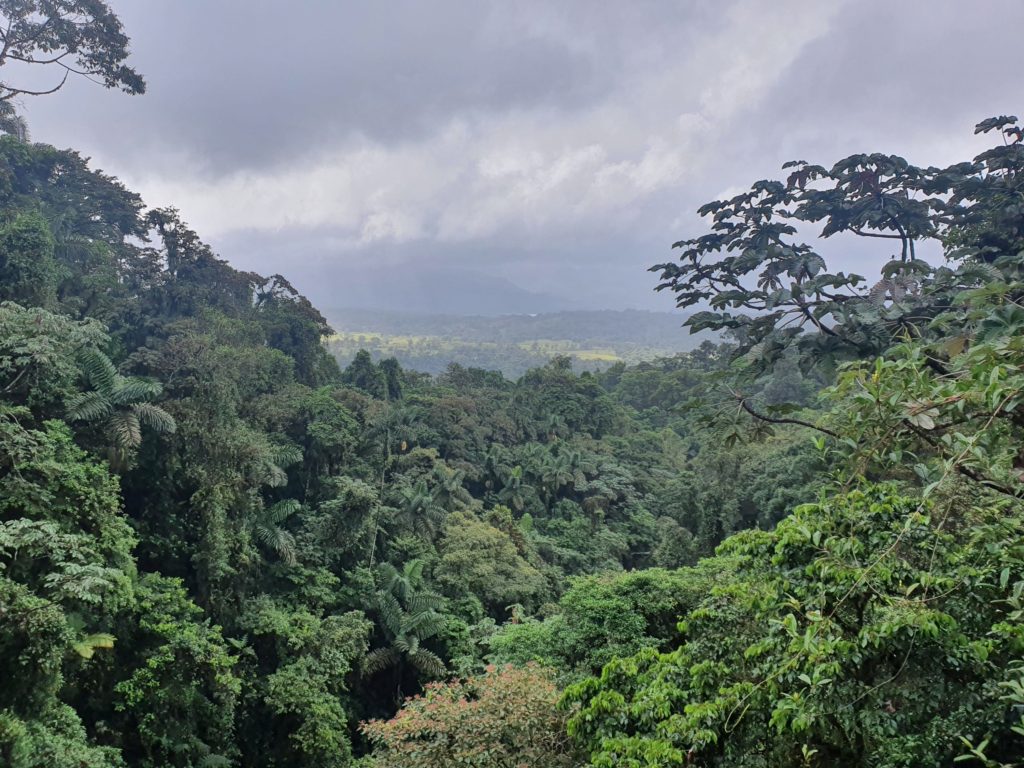
The tour was excellent and I would recommend it to others. It was a tour that was exactly what I was looking for, which was to see as much as possible in a short amount of time. It gave me a good first impression of the nature and the wildlife of Costa Rica. We saw birds, frogs, insects and rodents and we also passed some excellent viewpoints.
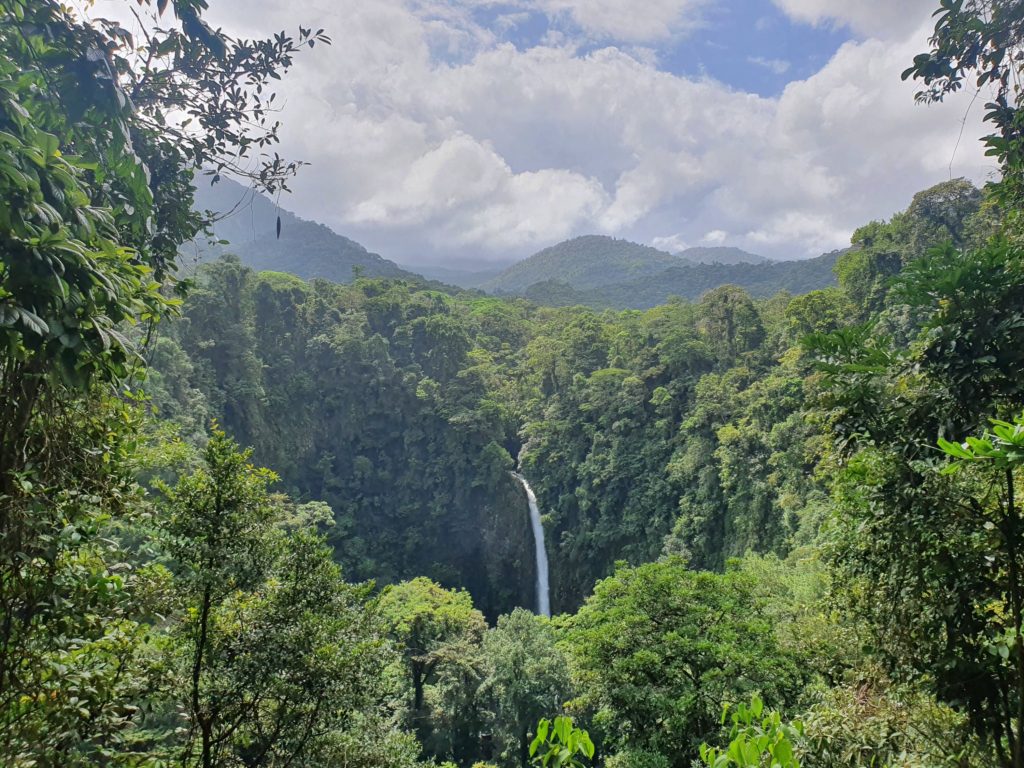
The main reason to visit La Fortuna is of course the Arenal Volcano, arguably the most picturesque sight in Costa Rica. My biggest concern was that I would not see the volcano during my stay because of the fog. That happened to some people, who were in La Fortuna just before me. They could not see the volcano for a second during two or three days. Actually, the rainy season in Costa Rica is supposed to end in December. When I arrived in mid-January, the weather was still characterized by a lot of fog and rain, though. Therefore, I could not see the volcano either on my first day in La Fortuna.
Fortunately, this was no longer the case during the Arenal hike, which was the third part of my tour. I saw about 75% of the volcano. The top was still hidden behind the layer of fog, but better seeing 75% of it than nothing at all. It is by the way illegal to hike up the volcano, however most locals from La Fortuna seem to have done it at least once in their life. For tourists, there is only the possibility to do a mini-hike at the foot of the volcano.
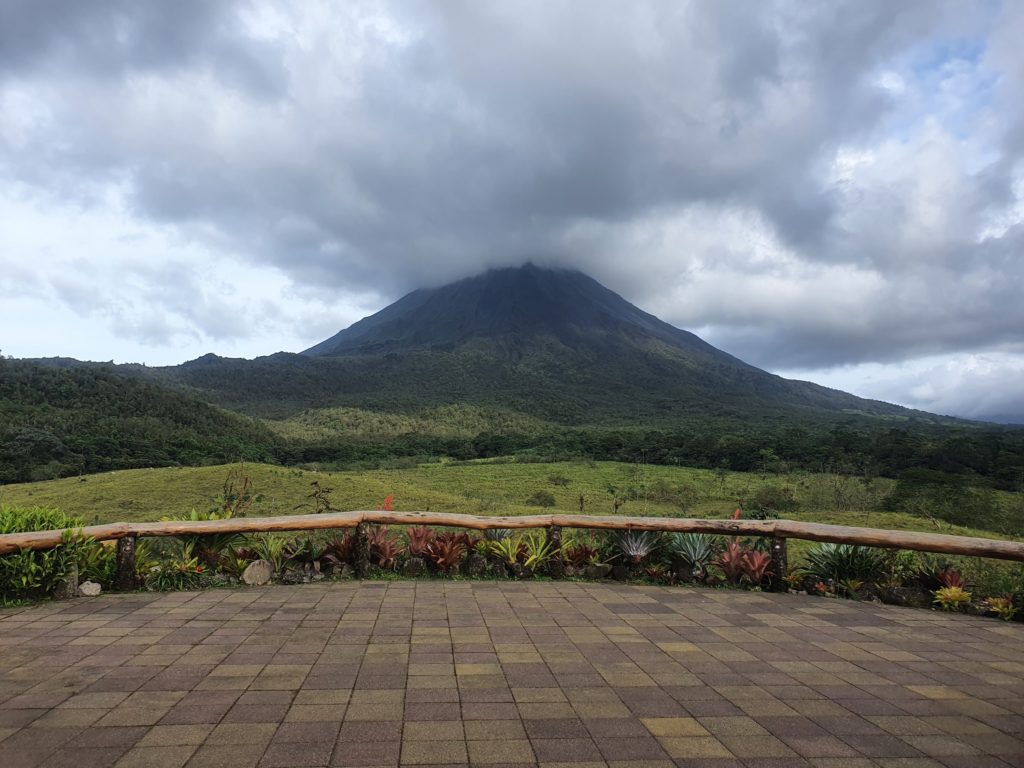
Besides El Arenal, Rio Celeste in Tenorio Volcano National Park was the second main reason why I came to La Fortuna. Unfortunately, that hike was canceled on both days due to bad weather, so I missed this place.
However, I could do another amazing activity in La Fortuna. Shortly before leaving for San José, I visited the Bogarin Sloth Trail not far from La Fortuna’s center. It is a small privately owned park where you can observe sloths (if I remember correctly, 35 sloths live in the park), frogs, birds and other animals.
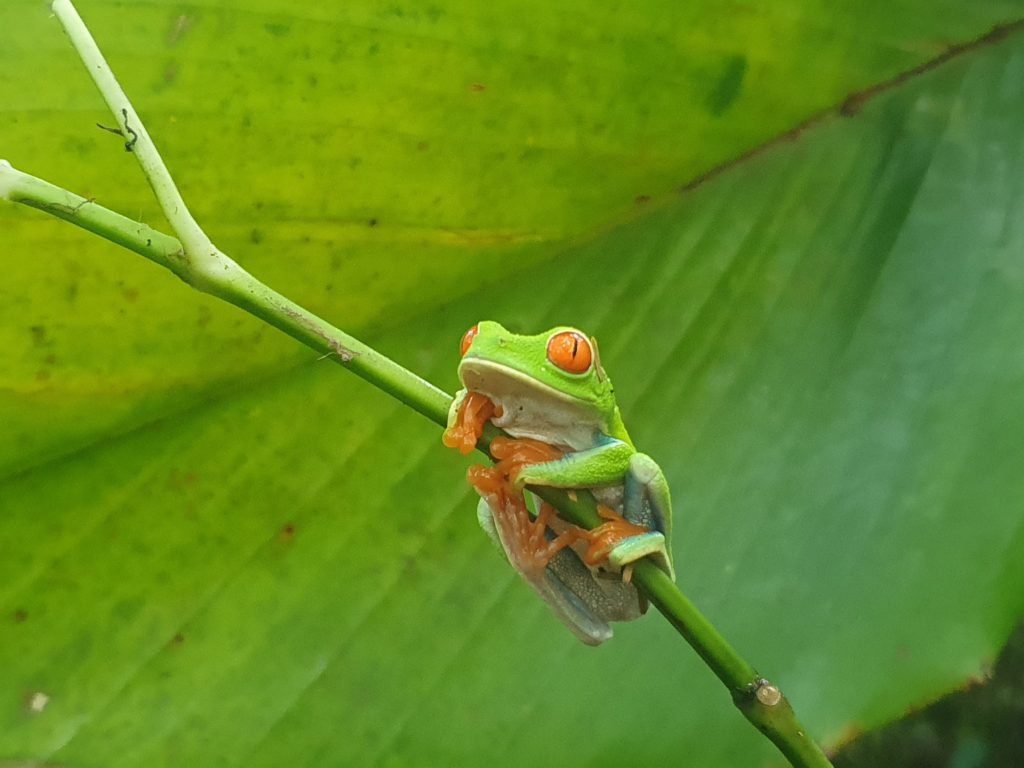
The Bogarin Sloth Trail costs $10 without a guided tour, though I can recommend to book a guide for an additional cost. Without the guide I probably would not have seen even 10% of the animals. Especially not the sloths living high up in the trees.
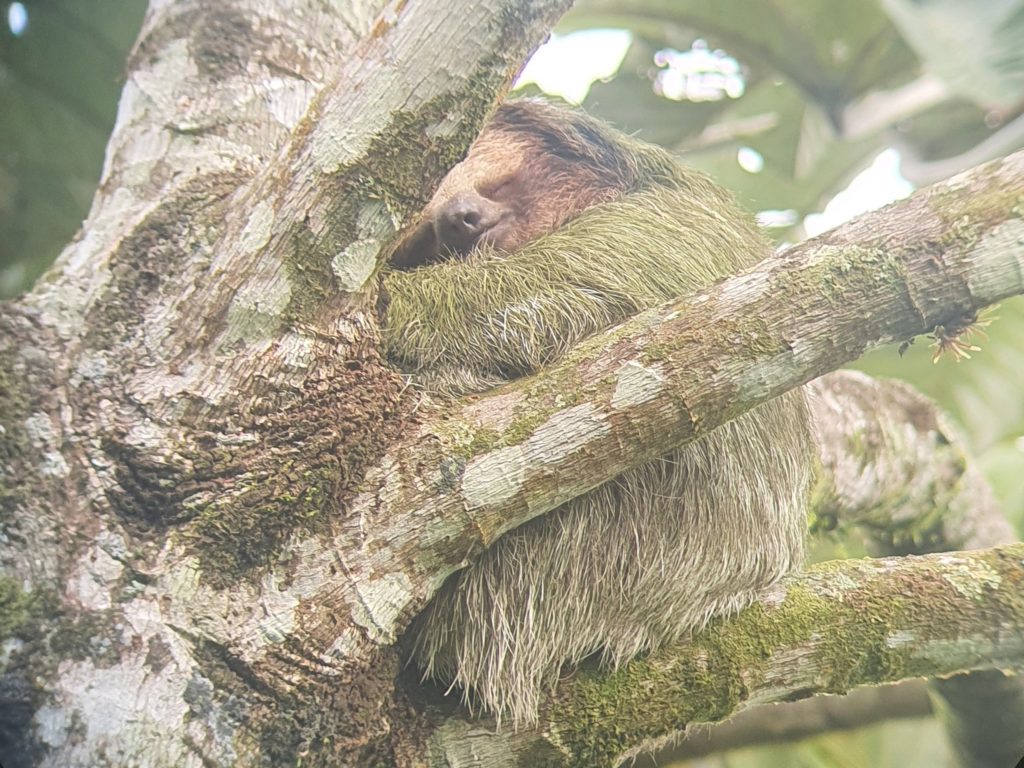
This small park may not be as spectacular as the national parks in Costa Rica. However, it is a must-see when in La Fortuna and it was a worthy end to my stay in this region.
My second highlight was the Corcovado National Park in the south of Costa Rica. Admittedly, getting to Corcovado takes a lot of time. You can visit the park from Drake Bay or Puerto Jimenez. Both places require about a ten-hour bus ride from the capital San José.
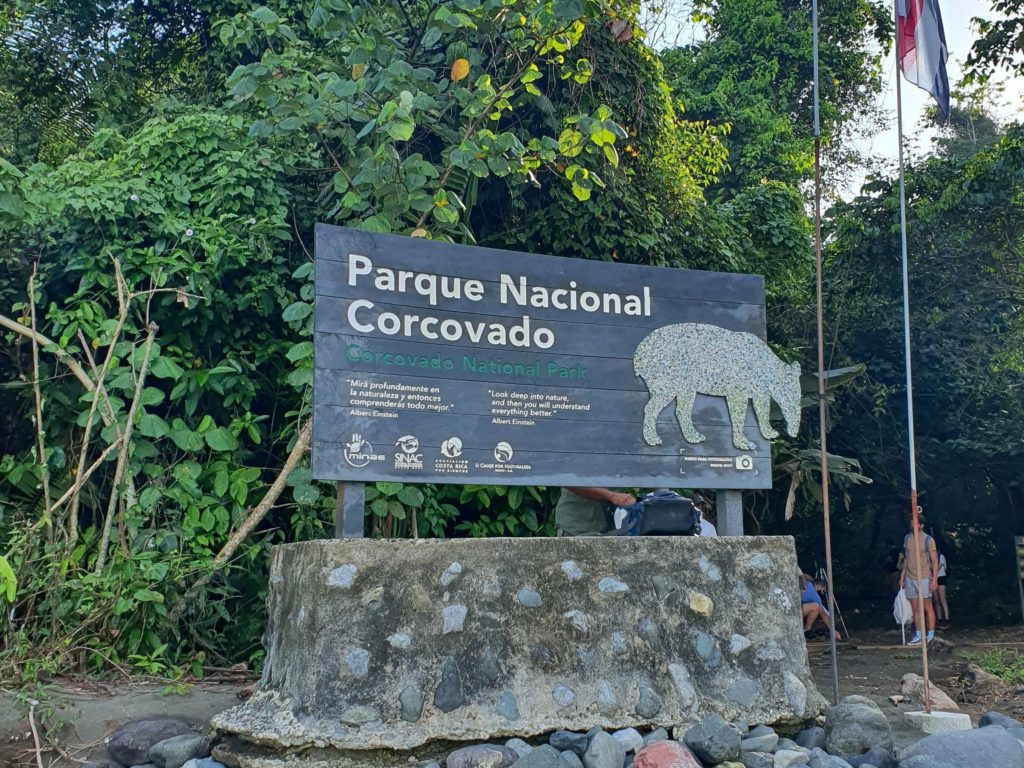
The drive is worth it, though, because Corcovado is a gem. This protected area is not only the most biodiverse in Costa Rica, it is also one with the greatest biodiversity in the world. During my day trip from Drake Bay, I saw all four species of monkeys that live in Costa Rica. Plus a lot of birds like the Toucan. On my first day in Costa Rica a local told me that it was guaranteed that I would see a Toucan in Costa Rica. In fact, I saw exactly one of these magnificent birds on my eighth day. But hey, the main thing is that I saw one.
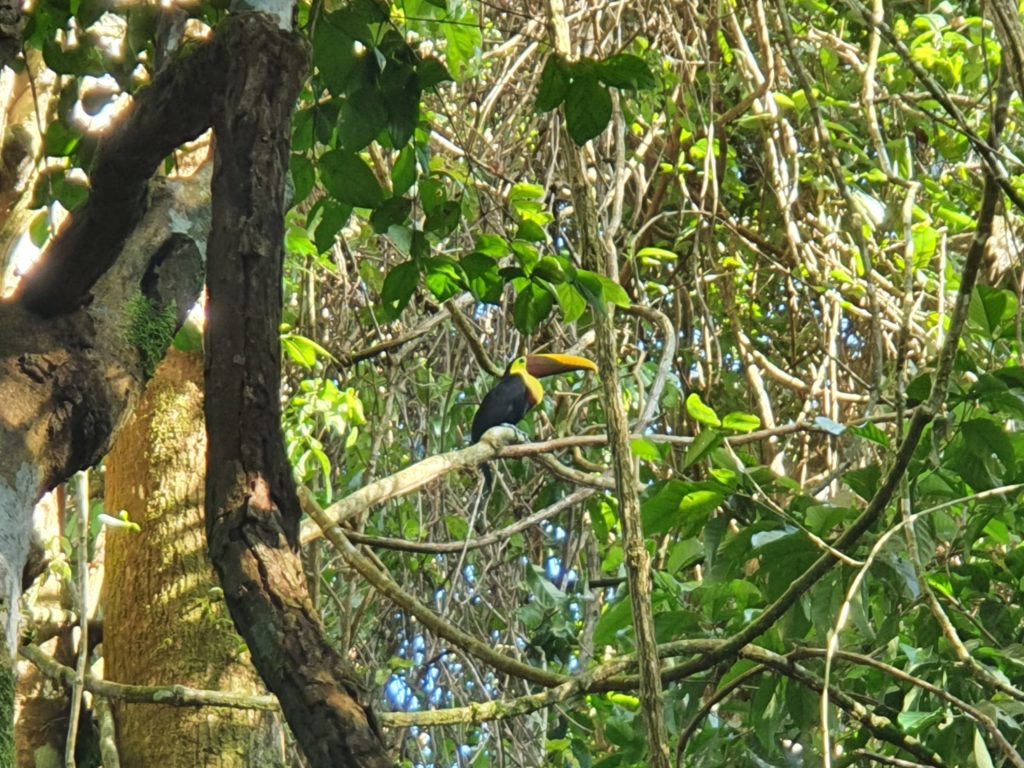
You can also book an overnight tour in Corcovado. However, these were limited due to the few tourists, so my only option was the day trip. During the day trip you walk through the park for about five hours, which in my opinion is long enough to get a good impression and to see many animals.
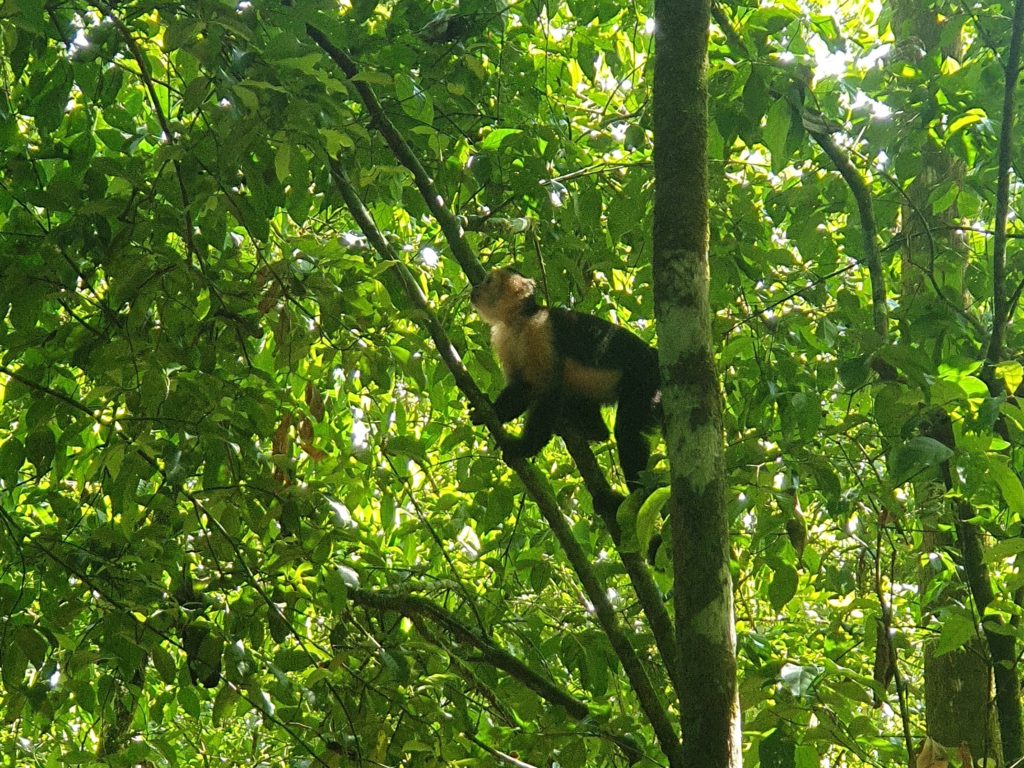
The only minor disappointment was that I did not see a tapir. Other than that, I thought Corcovado National Park was excellent and a place not to be missed.
My top 3 of Costa Rica is completed by the Poás Volcano . Costa Rica has a large number of volcanoes, some of them are active. Central America in general is a paradise for travelers interested in spectacular volcanoes. However, unlike countries like Guatemala, El Salvador or Nicaragua, Costa Rica is a lot stricter about volcano visits. Therefore, the other countries mentioned offer better volcano experiences for tourists. Nevertheless, even in Costa Rica you can see one or the other wonderful crater. Like for example in the Poás Volcano National Park.
Although Poás Volcano was one of my best experiences, I can only partially recommend it. The reason is that the chances of seeing the crater are only about 50-50. If it is cloudy in the morning in San José, the chances are pretty bad. But even if the sky is blue, there is still no guarantee. The earlier you get there, the better are your chances, though. Anyway, the unpredictable weather plus the fact that you have to buy the tickets 1-2 days in advance make this visit a gamble. You have to decide if this gamble is worth it or not.
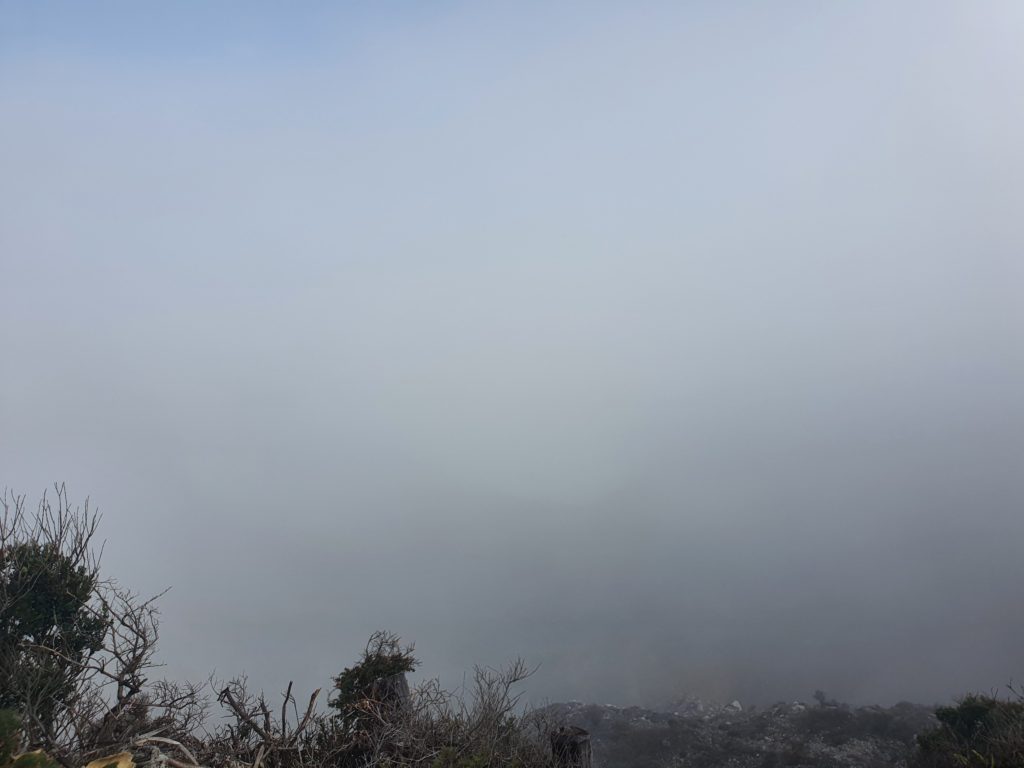
Well, I first thought I lost the gamble. When I arrived at the crater, I was astonished to see a dense layer of fog. I mean, the sky was blue and without clouds when I left San José. Fortunately, the fog disappeared after a few minutes (only to return after another few minutes). Since you can only spend 20 minutes at the crater, I was lucky to have a more or less good view for at least a few minutes.
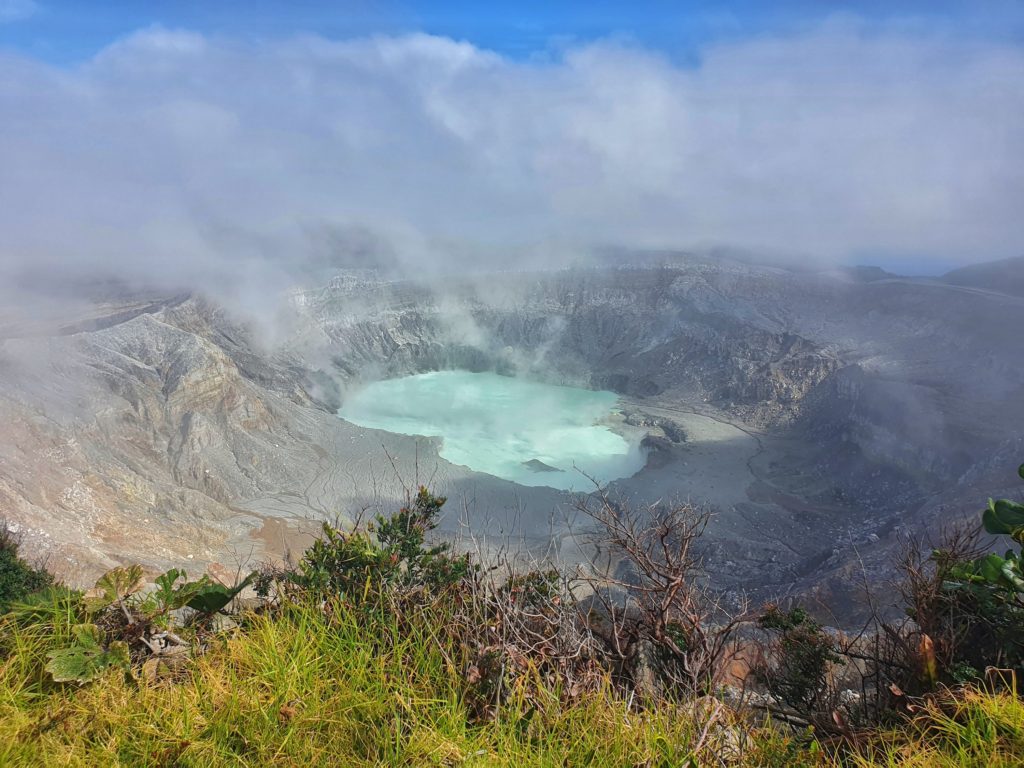
Poás Volcano National Park is located near San José and can easily be done as a half-day trip from the capital. You can either take the bus or do it like I did and take an Uber there and back. It costs a lot more than the bus (I paid about $50 for both ways), but it’s faster and you can visit the La Paz waterfall on the way back if you want.
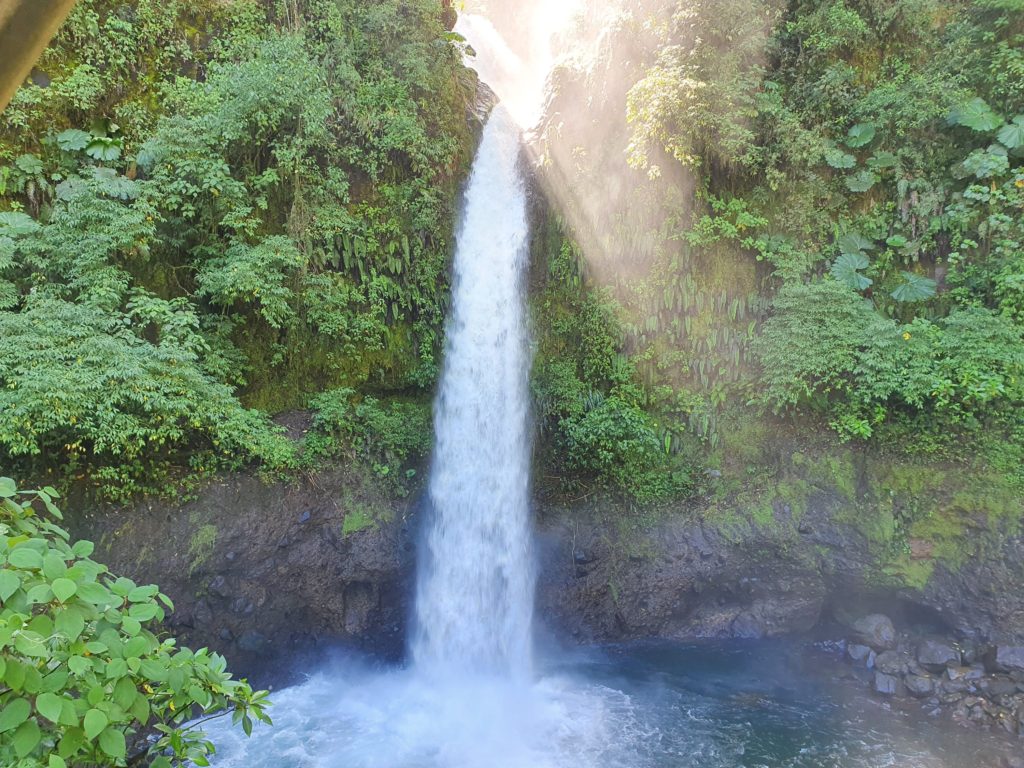
Other cool things to do in Costa Rica
La Fortuna, Corcovado and Poás were my favorite places in Costa Rica. However, there were other activities (and places) that I can also recommend.
The first activity I want to mention here is the Caño Negro Boat Safari in the Caño Negro Wildlife Refuge, about 90 minutes from La Fortuna (about 15km from the border with Nicaragua), which was an alternative to the canceled Rio Celeste hike.
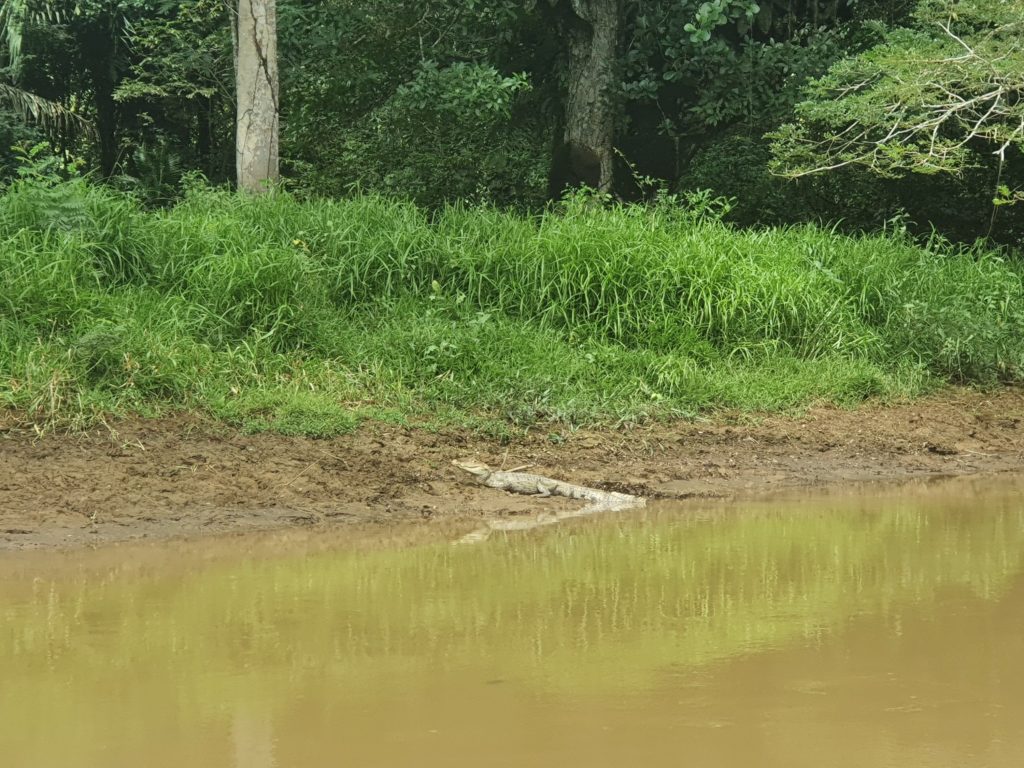
On the approximately two-hour boat trip, we saw three of Costa Rica’s four monkey species, caimans, birds and other animals. It was a nice tour, though perhaps not too exciting for certain people (like me) who have done other boat safaris, e.g. in the Amazon.
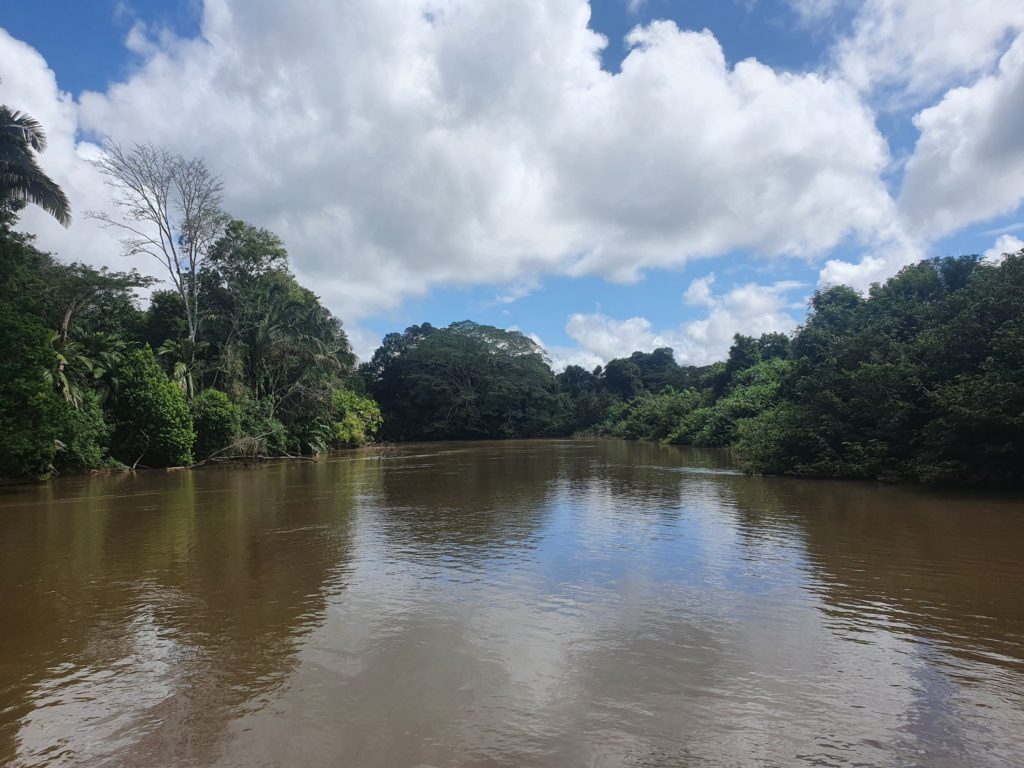
Furthermore, I found Uvita pretty cool. It is a small village located right next to the Marino Ballena National Park. For me there were two activities on the bucket list. One was a whale watching tour and the other was the whale tail beach, which you can walk up and down depending on the water level.
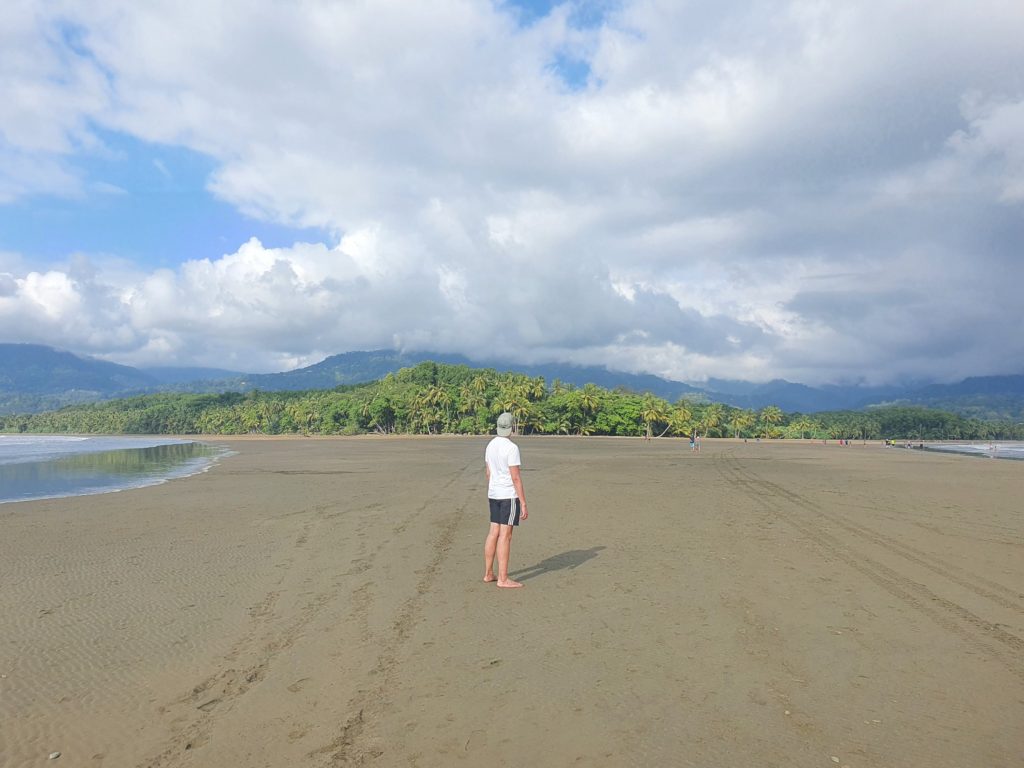
The whale tail beach is an interesting oddity of nature. It is a stretch of beach that extends into the sea like a peninsula in the shape of a whale tail. As luck would have it, it is also located in the exact place where hundreds of humpback whales congregate each year.
Uvita is located pretty much in the middle between San José and Corcovado National Park. In order not to make the whole trip between these places in one day, Uvita is therefore a perfect stopover for one or two days.
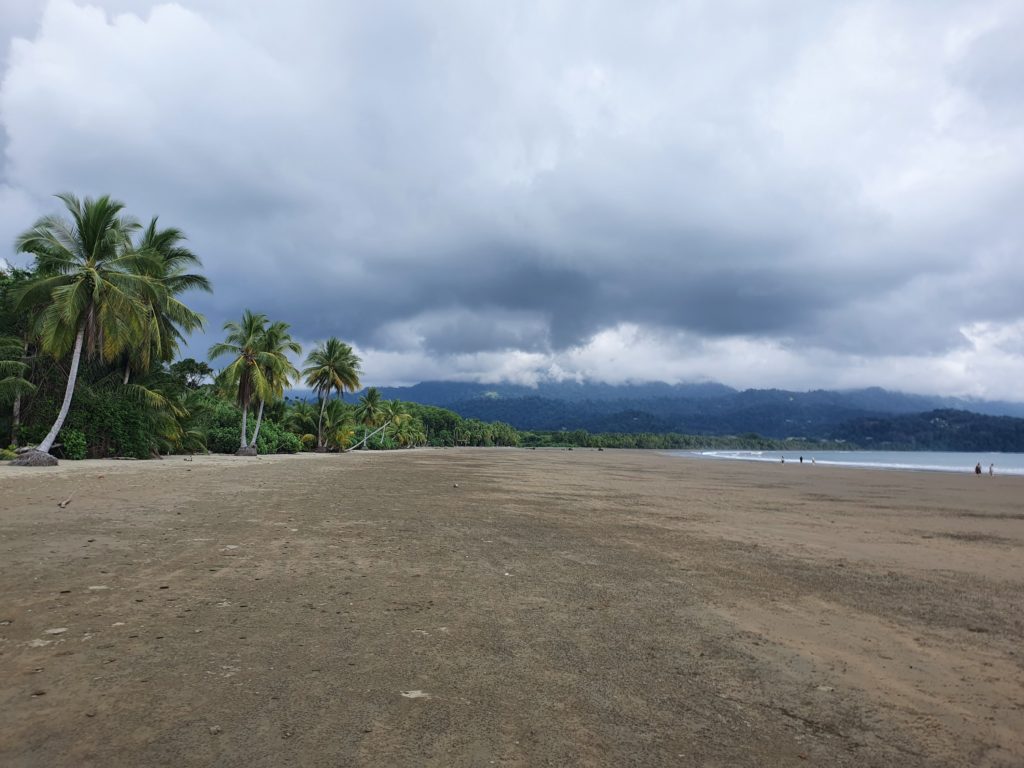
And while we’re talking about beaches, I’ll mention Drake Bay here as well. Drake Bay is one of the places from which the Corcovado tours start. To me it seemed like a place where time stands still. It is a quiet bay with a few hundred people living in the village, which consists of a few restaurants, guest houses, and a supermarket.
The beach in Drake Bay is only suitable for swimming to a limited extent. On the one hand, the water directly on the coast is too sandy and on the other hand, there are other animals living in the water. I already asked myself why I was the only person who went about 100 meters into the sea. I found out the reason the next day. Apparently there are also crocodiles in this bay. They are only babies and “only” about 2 meters long, but I do not want to imagine how my reaction would have been if I had suddenly seen such an animal next to me.
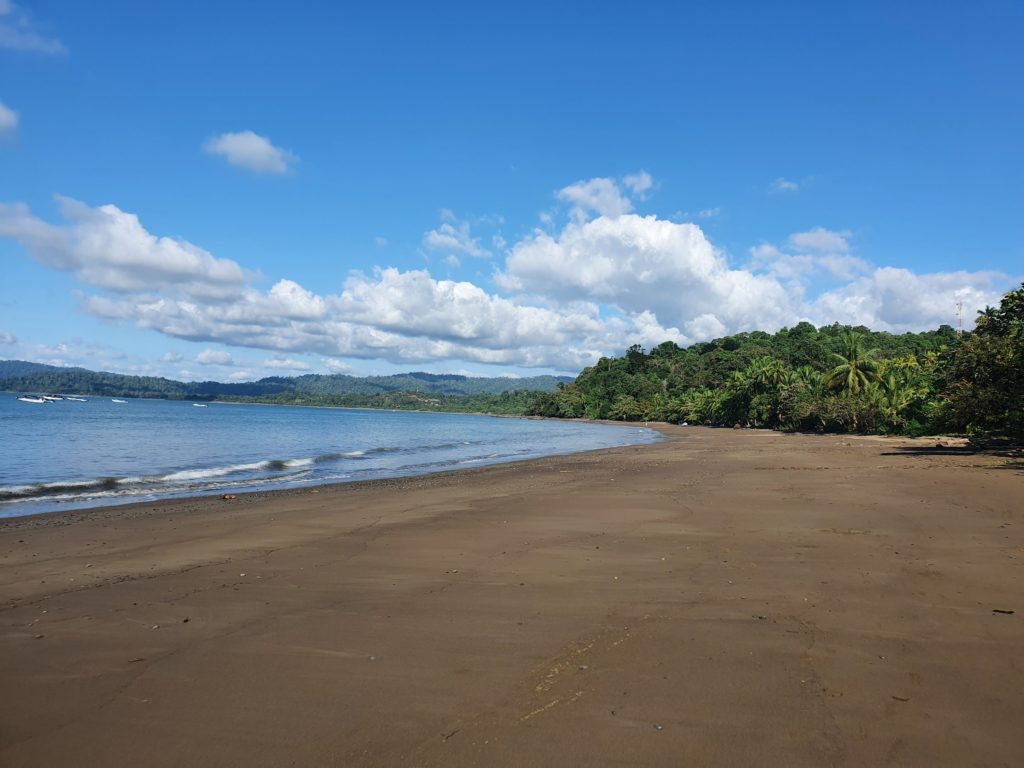
By the way, if you go to Drake Bay, there is a little bonus, namely the boat ride from Sierpe . First you take the bus to Sierpe and from there you take the water cab to Drake Bay. The one-hour boat trip leads through the largest mangrove forest of Central America and is simply amazing.
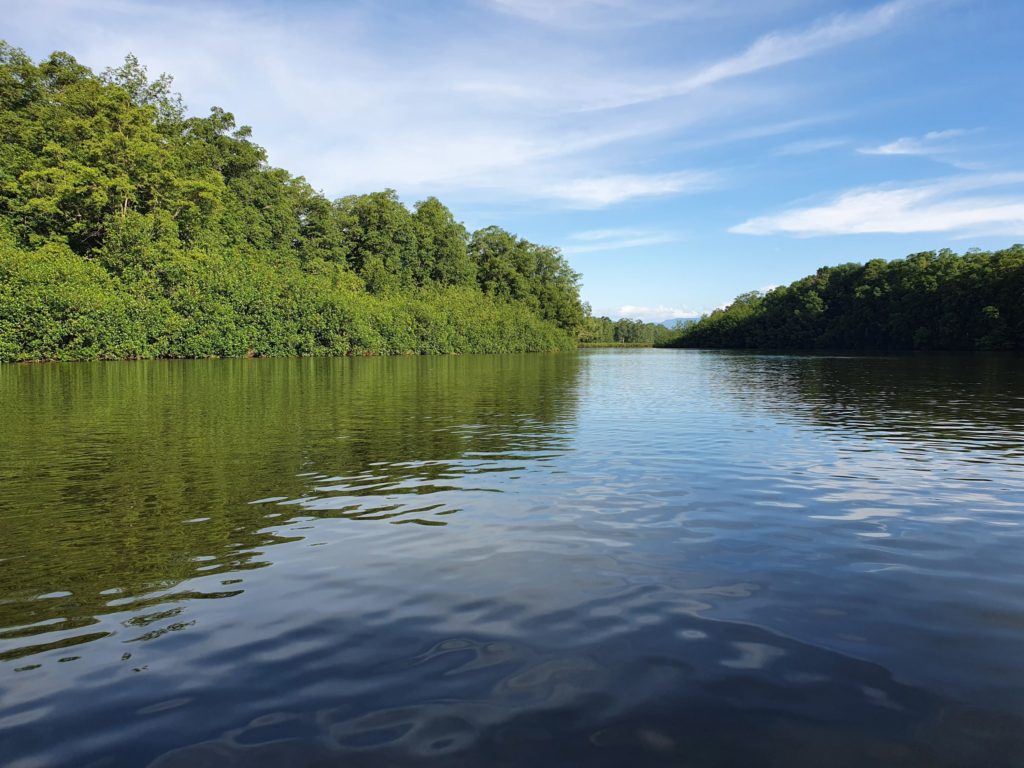
The last thing I would like to mention is Heredia . Heredia is a small town about twenty minutes from San José. Although you don’t have to see the town as a tourist, I found it much more pleasant than San José. In contrast to the capital, Heredia is a pretty and cozy colonial town that left a good impression on me.
Places and activities that I cannot (fully) recommend
On every trip there are a few activities that didn’t quite fill your expectations. Costa Rica was no exception. In this part I would like to point out what I would do differently if I could plan the trip again.
I booked a whale watching tour in Uvita. The first in my life. I already knew that on such tours you often see little or nothing. As a result, the tour provider also communicated in advance that there is no guarantee that you will actually see the animals (and no refund of course).
On this half-day tour I saw a whale three times for about ten seconds. Seeing how the whale came to the surface was incredible. Nevertheless, this was a tour that I would not do again. When whale watching, you usually don’t see anything for twenty minutes, then the ten-second spectacle happens. I’m probably too impatient for that. It is not a tour that I regret, but I think this experience will remain unique. Besides, it is just my personal opinion and other people found the tour amazing.
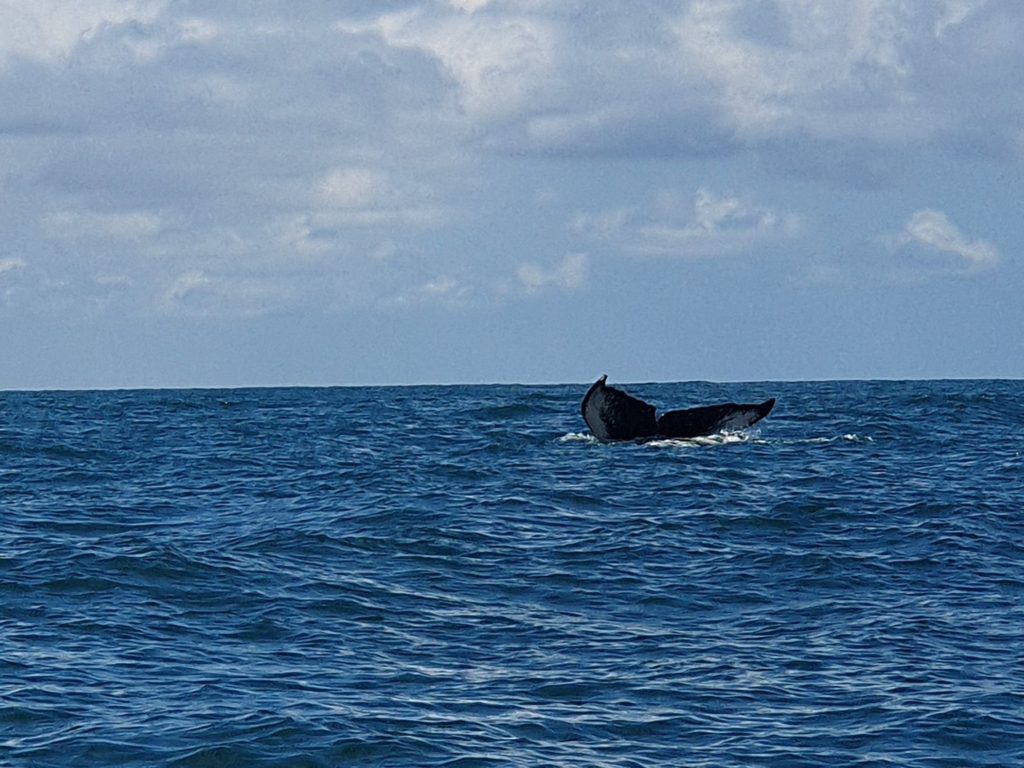
I also found the Manuel Antonio National Park , the most visited park in Costa Rica, and the village next to the park just meh. This place has been ruined by tourism, resulting in a high presence of touts, drug dealers and rip-off artists. At least the beach is nice, although it was by far the most crowded I have seen in Costa Rica.
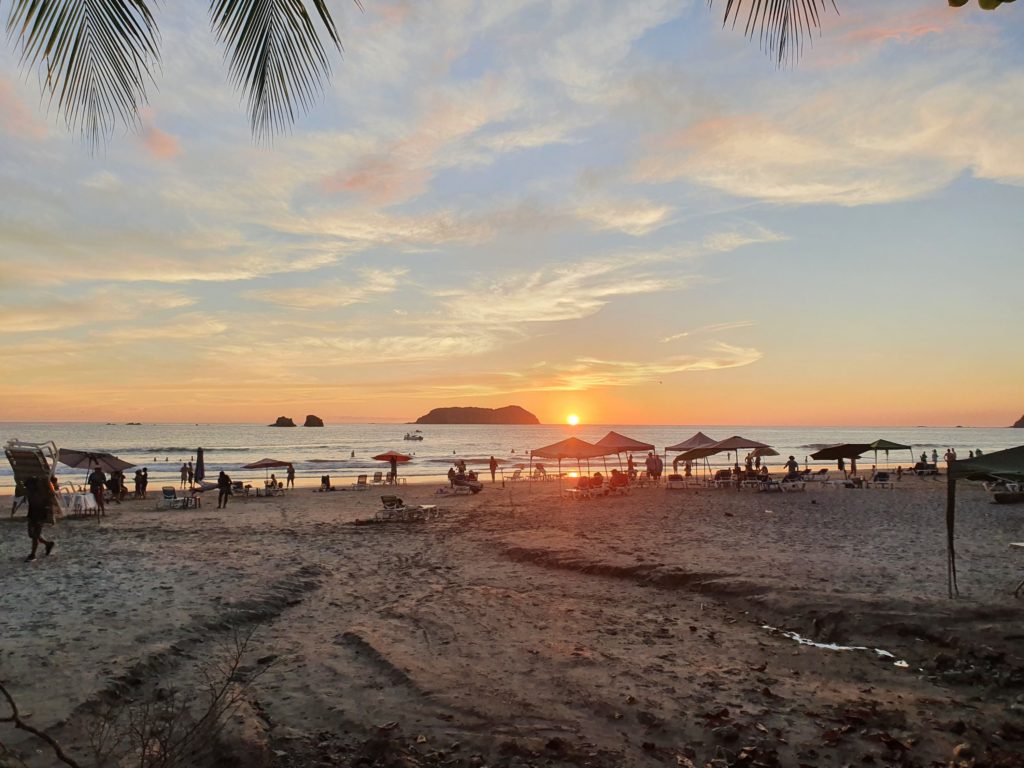
The Manuel Antonio National Park is not bad, but also quite small (after two to three hours you have explored it). In addition, paved roads and wooden paths lead through the forest, so that families can also bring their stroller. Unfortunately, this means that the jungle feeling, as you can find it for example in Corcovado National Park, is completely wasted.
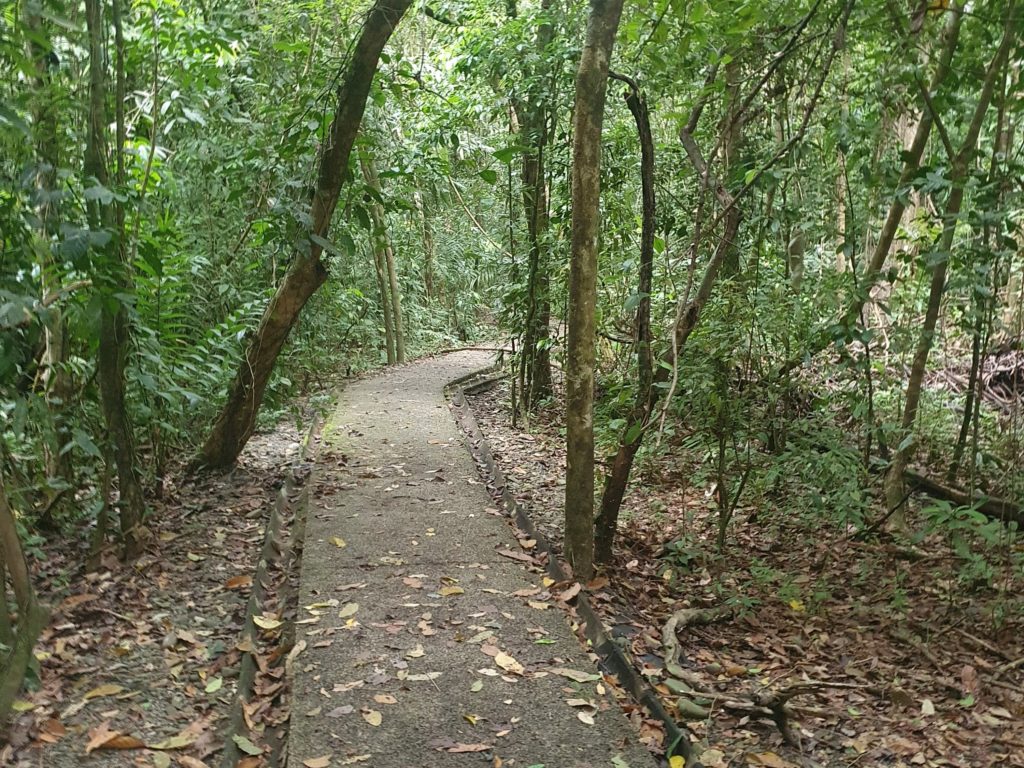
By the way, I visited Manuel Antonio by myself, as I wanted to see if I can spot animals without a guide. I did. I saw several monkeys, a sloth, reptiles and other animals. For sure, I would have seen even more with a guide, but I also found it quite exciting to visit the park as the first guest at 7am and have it almost to myself. Besides, running into a snake alone provided an extra thrill. 🙂
Anyway, I wouldn’t advise against a visit to Manuel Antonio National Park, but I think there are better parks in Costa Rica. Like Corcovado I mentioned earlier, or most likely Tortuguero, which I didn’t visit.
Last but not least, let’s talk about San José . Even though you read in most travel message boards that you should not spend any time in San José, it is still difficult to completely skip the capital of Costa Rica. This is either because you spend the day of arrival or before departure there, or because you make a stopover in San José when you travel from the north to the south, or vice versa.
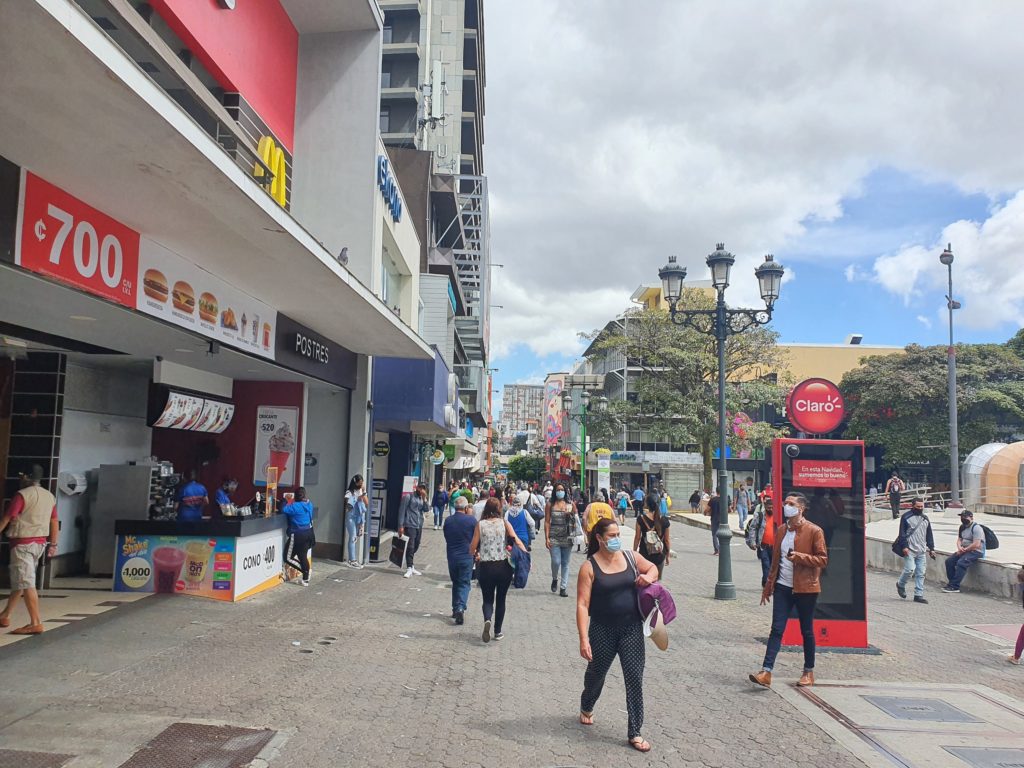
Not everything about San José is bad. There are some sights, although it does not take more than half a day (probably even more like two hours) to see them. Apart from that, San José scores with those things that are otherwise not available in the small towns or villages near the tourist attractions: a great culinary offer and shopping opportunities. There is also nightlife in San José, but the bars have to close at 10pm during the pandemic.
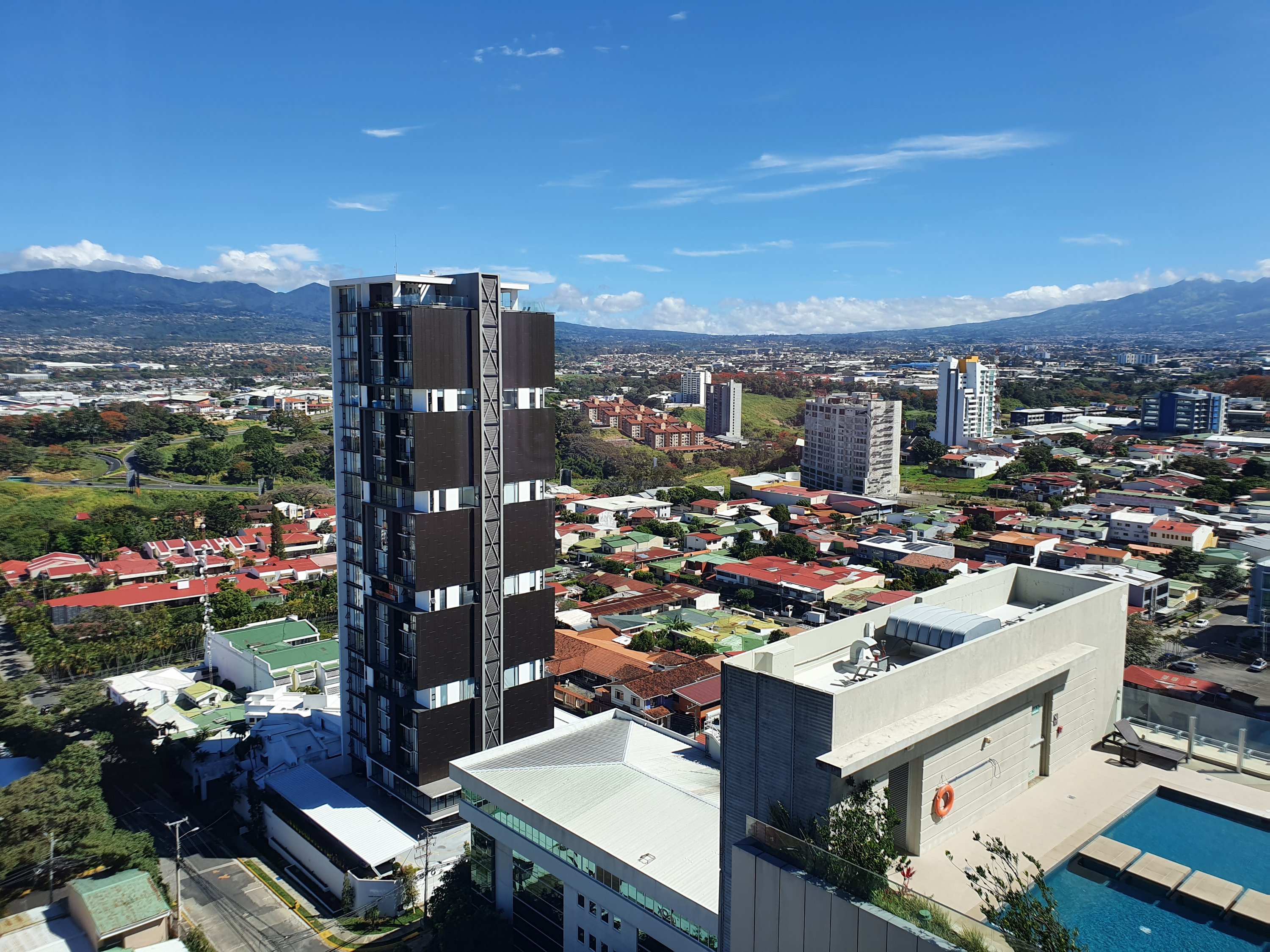
All in all, I found San José, especially downtown, to be hectic and somehow unpleasant. It’s an ugly city and has nothing to do with the pura vida-lifestyle you find elsewhere in Costa Rica. For me, San José is one of the capitals that is least representative of the rest of the country. I therefore agree with the recommendation to spend as little time as possible in San José and focus on other places.
What I liked about Costa Rica
So, what makes Costa Rica a great destination?
For me, it is a country that pays exemplary attention to the well-being of its nature and is therefore one of the best countries in the world to admire flora and fauna. The different ecosystems and the rich fauna in a relatively small country size make it possible to see many animals in different habitats in a short time. Thus, in my opinion, the national parks should be the first priority on a Costa Rica trip.
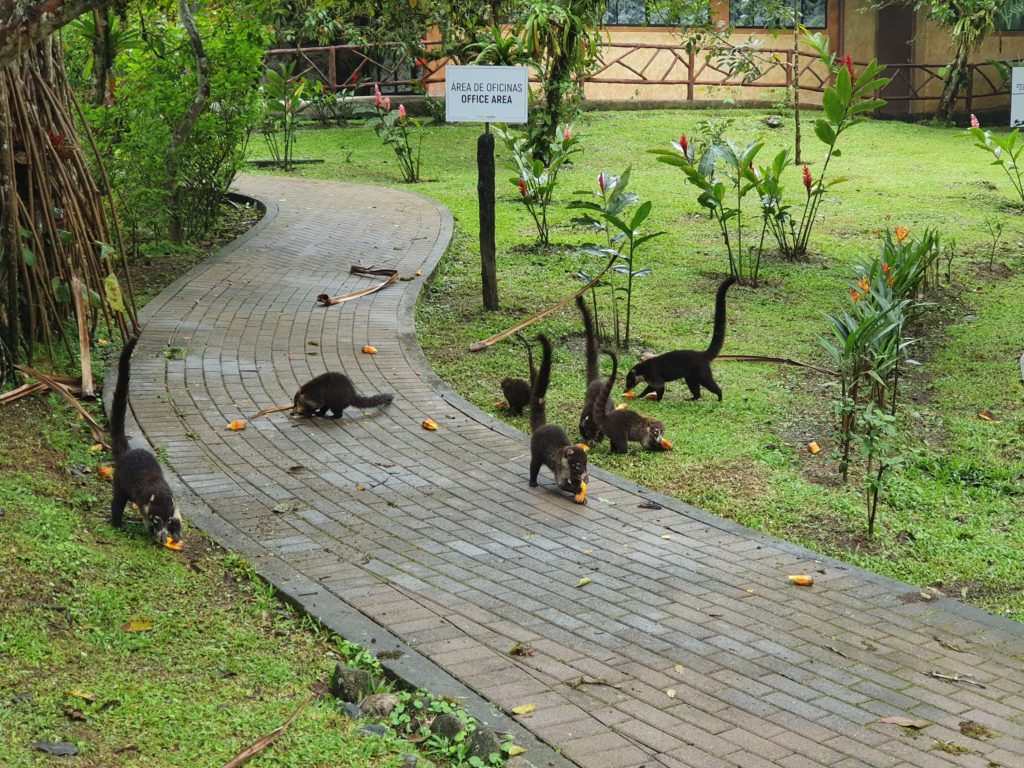
The good thing about Costa Rica, however, is that the country offers more than just watching animals for two to three weeks. Among other things, the country has beaches, which also attract many surfers, volcanoes, mountains and rain-forests. With outdoor activities such as zip-lining, water-rafting or paragliding, Costa Rica becomes interesting for adventure tourists, besides a lively bar and nightclub scene (in normal times) attracts a large number of backpackers.
I saw four different beaches in Costa Rica, all of them on the Pacific coast. The beaches were not what I would call world class, but still fairly pretty. Unfortunately, I missed the Nicoya Peninsula, where probably the most beautiful beaches of the country are located. I didn’t have enough time for this region. The beaches should not be the main reason for a Costa Rica trip, because other countries are definitely better suited for that. Anyway, they offer a good break from the national parks.
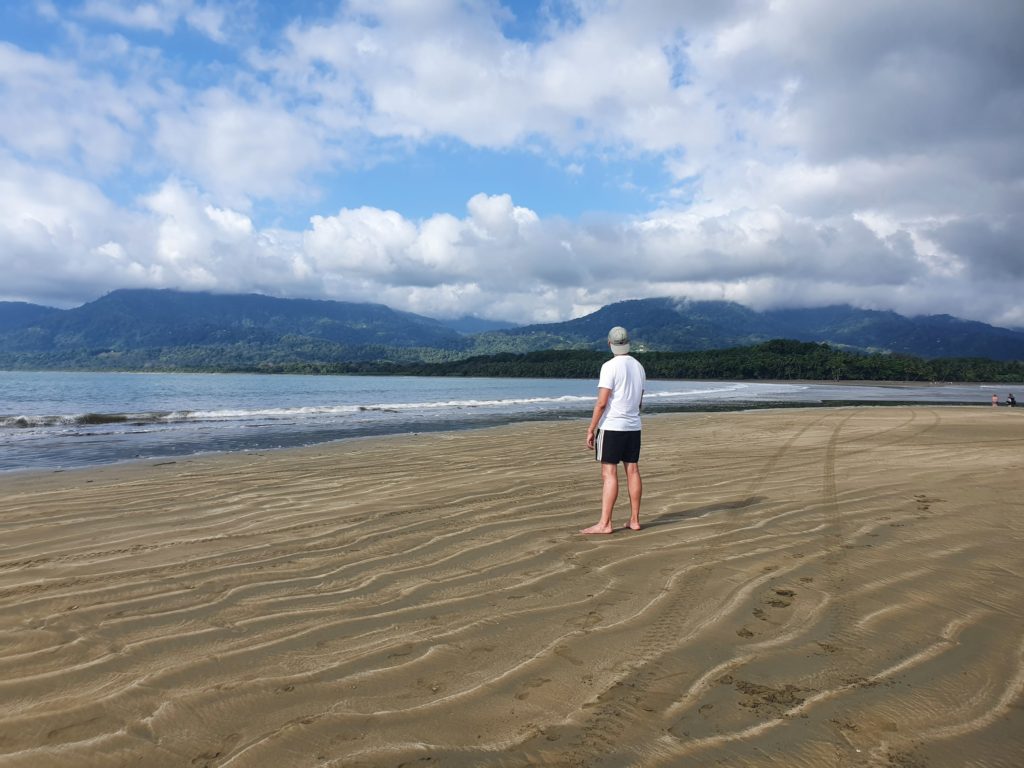
Also cool are the volcanoes of Costa Rica, of which I had seen two. I was actually lucky to see the Poás volcano, because due to regular eruptions in the last years the national park was closed again and again. By the way, Arenal’s last eruption took place in 1968 and killed many people. The owner of the Bogarin Trail survived the eruption and witnessed how the volcano threw car-sized rocks through the air for kilometers.
The natural attractions are only one reason why Costa Rica is a great country. The Ticos/Ticas, as the people of Costa Rica are called, are very nice and helpful people, but without being pushy in any way (except for those in Manuel Antonio). The country is also quite safe. In San José there are some dodgy areas, but even the capital is safe as long as you use common sense (e.g. by taking a cab after sunset).
It is not only the high level of security that makes Costa Rica a very easy country to travel. The tourism infrastructure is quite developed. Thanks to shuttles you can get from one place to another relatively quickly, which is a good alternative to public transport. Unfortunately, most shuttles did not operate when I was there. However, public transport also allows for inexpensive travel within the country. Although with some negative aspects, which I will explain below. The most recommended way is to rent a car anyway, which gives you the maximum flexibility.
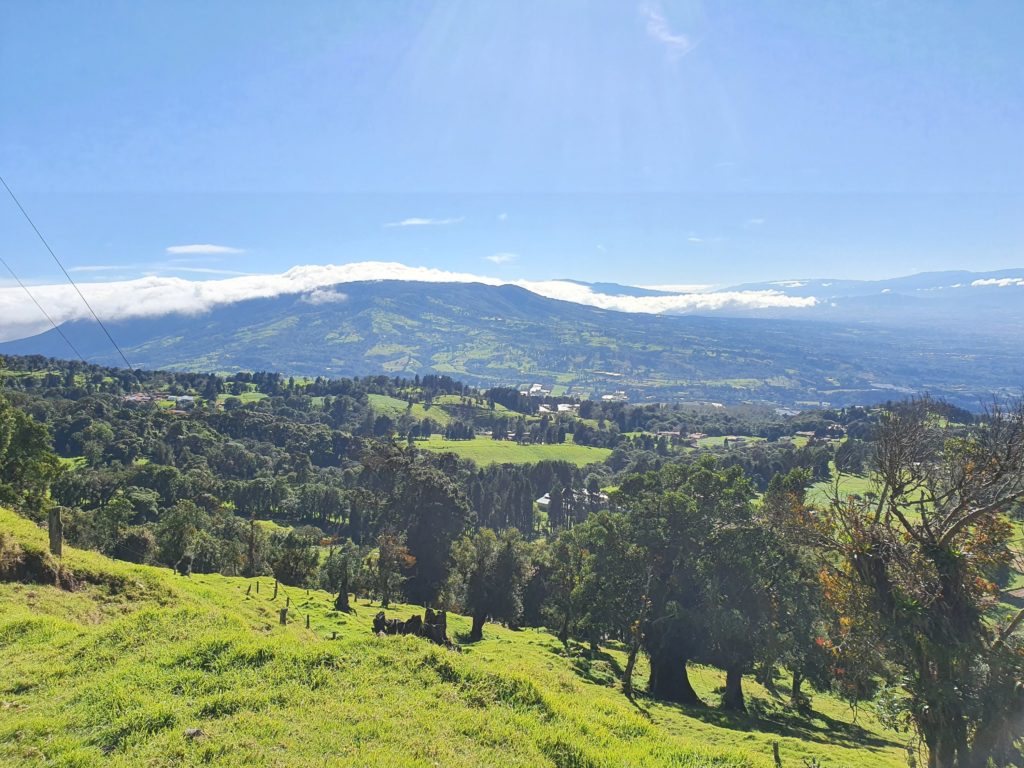
All in all, I found Costa Rica to be a beautiful country with lots to do and discover, and where you can also meet many nice people, be it locals or other travelers. Yet, there are also a few (minor) points that I would criticize.
…what I did not like.
First, there is the infrastructure. By that I mean, above all, the country’s road network. A country like Costa Rica, which places a high value on living in harmony with nature, sometimes has to cut back when it comes to damaging nature at the expense of buildings. Especially when you get away from San José, you find fewer roads, which is why it sometimes takes ages to get from one place to another.
Want a small example? Drake Bay, in the south of the country, and Puerto Viejo on the Caribbean coast are less than 150km apart as the crow flies. Nevertheless, it takes about 10 hours by car to get from one place to the other. If you take the bus, it is even 15 hours. The reason for this is that you almost have to drive up to San José when traveling between these places.
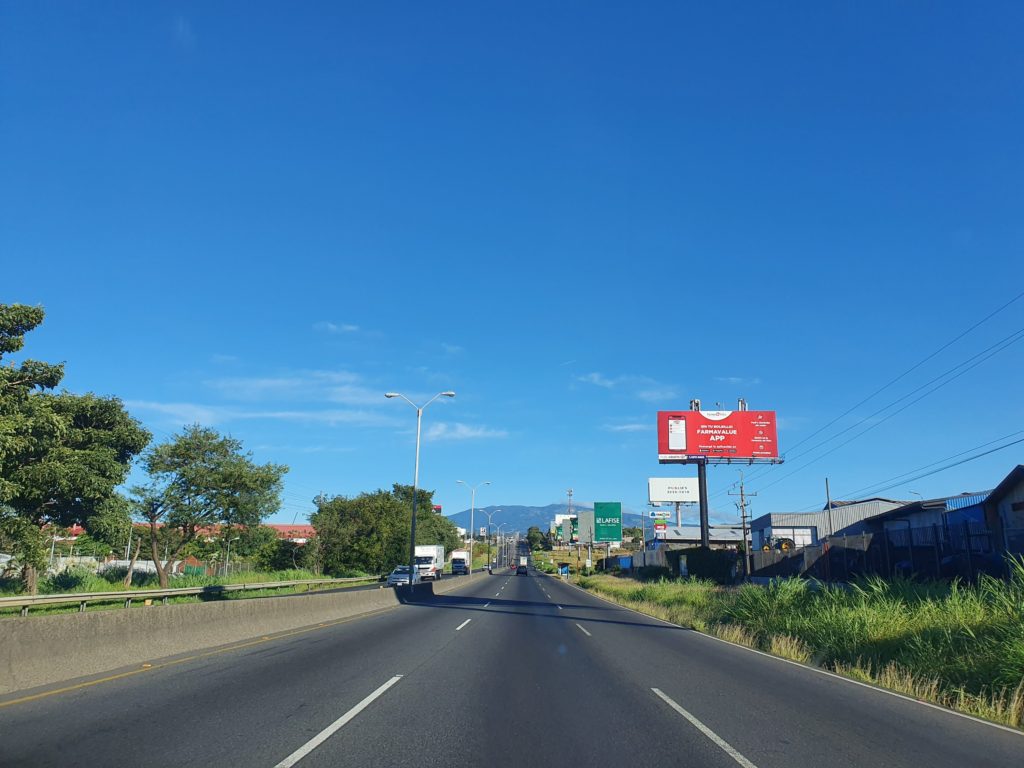
Even if you want to go from La Fortuna to Monteverde, for example, and you don’t have your own car, you have to go back to San José and then up north again. Thus, a three-hour car trip quickly turns into a ten-hour bus ride. Domestic flights can help you to avoid the sometimes very long distances. However, the smaller airports are only served by San José, so that even most flights require a stopover in the capital.
Furthermore, I found the food in Costa Rica quite monotonous. The national dish of Costa Rica is Casado, which consists of rice, beans, meat, vegetables and salad. On every, really EVERY tour I participated in Costa Rica, they served Casado for lunch. Don’t get me wrong, Casado is not a bad dish, but it really gets boring at some point. Apart from that, I didn’t find the local food to be anything I’ll remember for a long time. Fortunately, there are plenty of restaurants with international food.
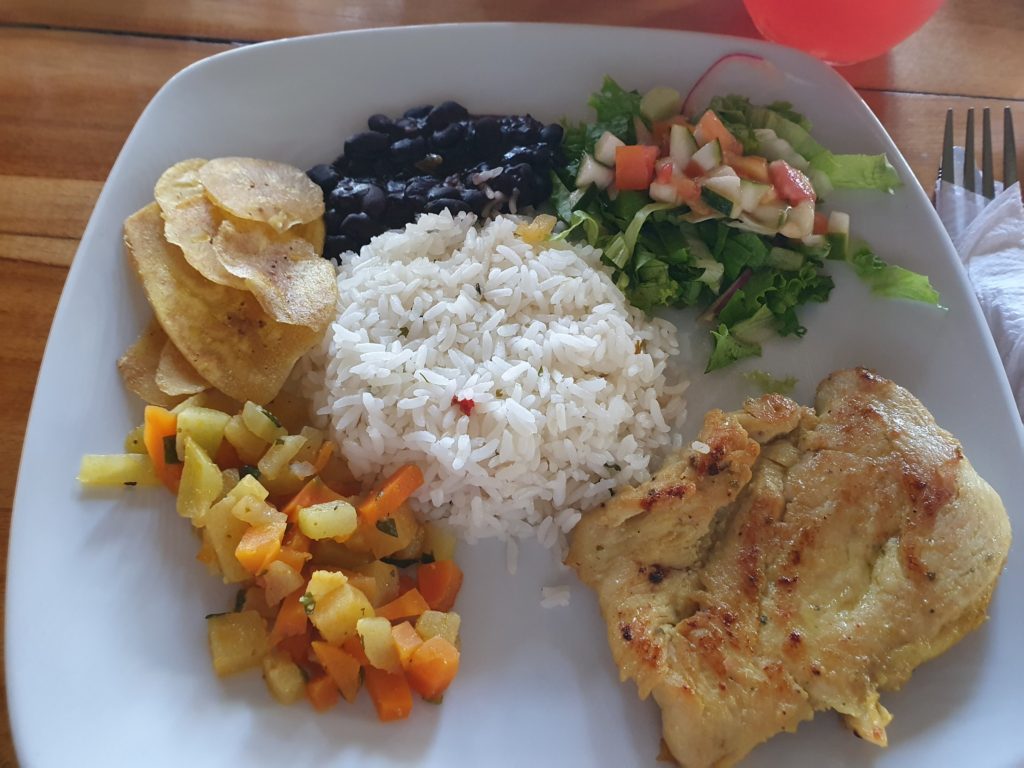
Another point that bothered me were the horrendous prices I paid for tours. Costa Rica generally has the reputation of not being a budget-friendly travel destination. This was not true for hotel prices, probably because of Covid. It was neither true for transportation, as Uber is quite cheap for distances up to 1.5 hours. For longer distances, the bus tickets are also affordable, you get even a rental car quite cheap. I wouldn’t call the food overly expensive either.
The tours, on the other hand, range from $70-$150, which I think is expensive, especially compared to other destinations. Imagine a Poás and La Paz Waterfall tour with 10 people paying $140 each. The tour operators will easily make a net profit of $100 per person here. Even if you forgo tours and visit some sights on your own, you have to dig deep into your pockets to pay the entrance fees.
How I rate Costa Rica as a destination
Despite one or two points of criticism, the positives definitely outweigh the negatives. I had a great time in Costa Rica and saw a lot, met nice people and except for the Rio Celeste hike, I was able to check everything off my to-do list during my trip.
As I wrote in the introduction, I know people who call Costa Rica their favorite country. So I was wondering how I would rank Costa Rica among other destinations. First of all, let me say that Costa Rica is a unique country that is difficult to compare with other countries. Besides, I must add that Costa Rica was only my third country in Central America and my tenth country in Latin America. Even with these countries, it’s hard to compare, but I’ll give it a try.
If I look only at the Central American countries I have been to, Costa Rica is my number 1. Compared to El Salvador , which is also an exciting country, Costa Rica still offers a bit more in the end. I would say the same in comparison with Panama , although to be fair, I had only seen the capital there. And I consider Panama City a better city than San José in all aspects.
If I now add the other Latin American countries I have been to for comparison, Costa Rica still does very well. Costa Rica is often called a very good country for Latin America beginners, and I couldn’t agree more. The country is quite safe, the people are friendly, there is plenty to see and do, plus the tourism infrastructure is well developed.
However, if someone asked me which Latin American country he or she should travel to first, my answer would be Peru . In my opinion, what you can experience in the Andean country is simply another league. I would also consider Colombia , one of my absolute favorite countries, as a more fascinating destination. After these two countries, however, Costa Rica would then take the bronze medal of Latin America.
As I said before, I am aware that it is difficult to compare these countries, but since I am often asked whether this or that country was better than the other, I gave it a try anyway.
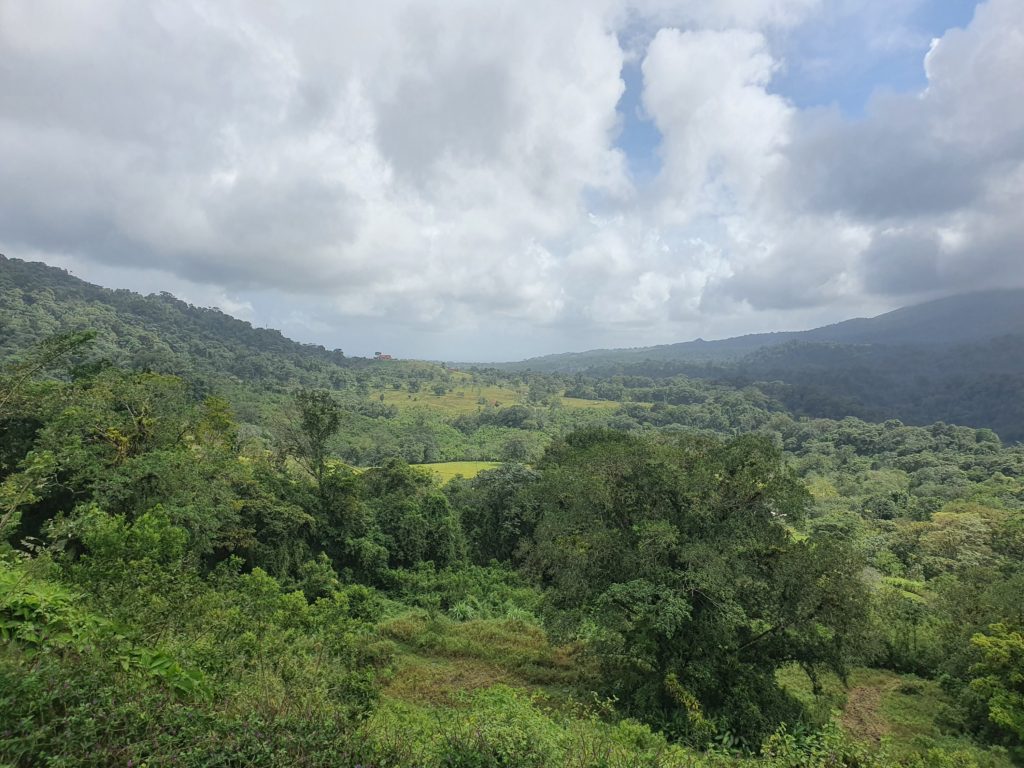
My final conclusion is that Costa Rica is without a doubt a great place to travel, especially in times of the pandemic. Would I have liked Costa Rica so much under normal circumstances? Good question, I will probably not find out so quickly. But when I read in some blog posts from 2018 that you have to stand in line for Manuel Antonio an hour before the official opening time to even have a chance to get in, I am glad that I could visit the country during the pandemic.
Will I be back soon? Honestly I think no, because at the end of my trip I didn’t feel I needed a few more days. After all, the activities would have just been a bit repetitive by visiting one or two additional national parks, a few additional beaches, and possibly one more volcano. For this reason, Costa Rica remains in my memory as a great trip, which for now, however, is completed and will not be repeated in the next few years. To all others, I can only recommend to visit this beautiful country before the hordes of tourists return.
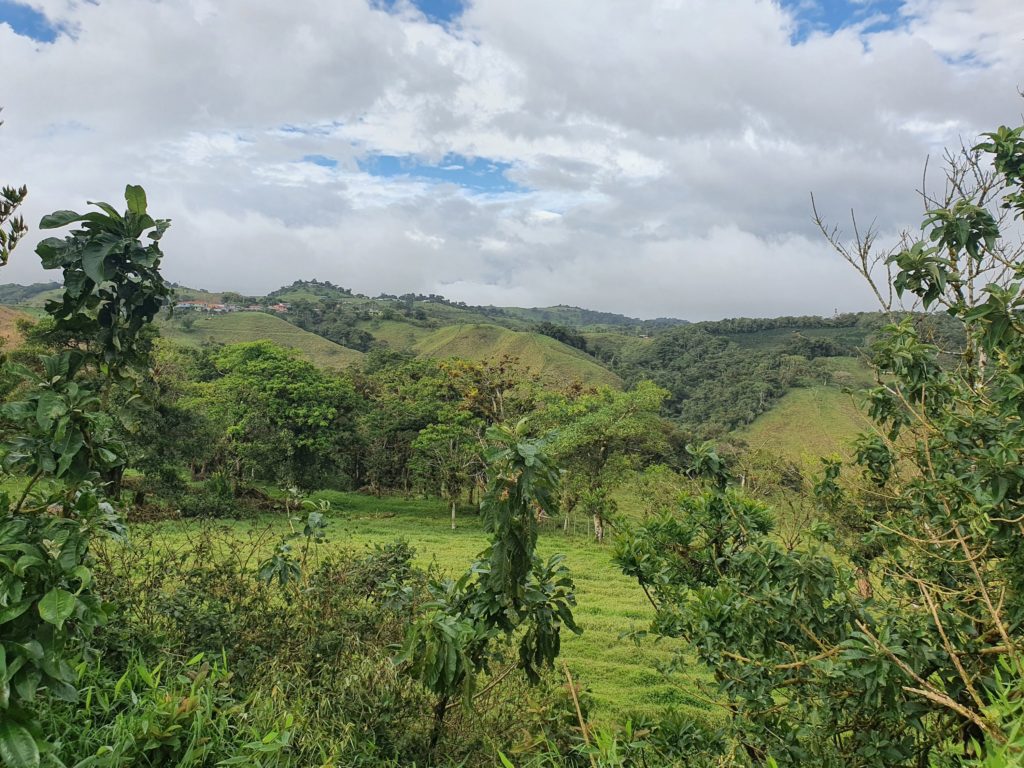
Related Posts:
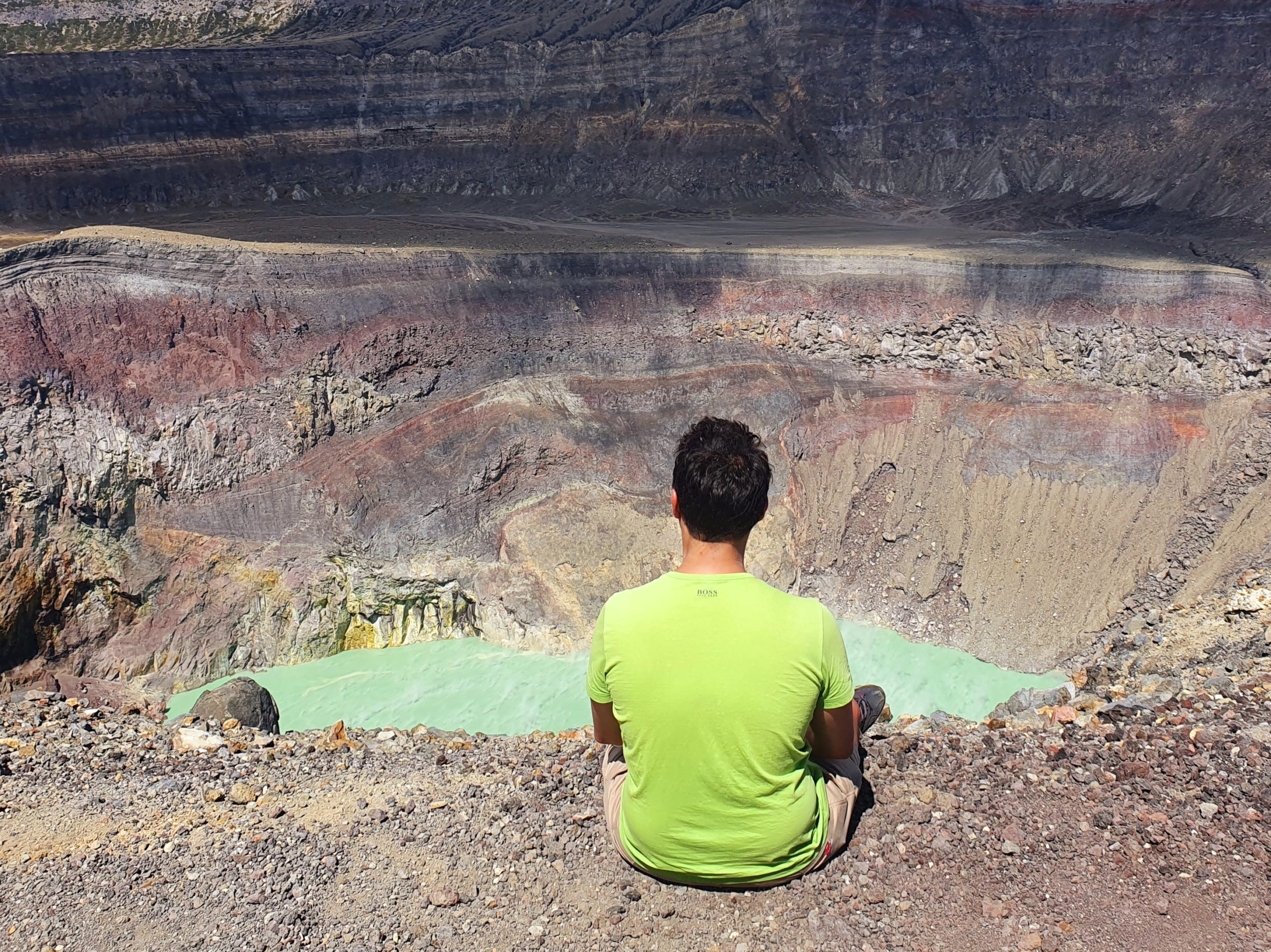
- Skip to primary navigation
- Skip to main content
- Skip to primary sidebar
- Skip to footer

Costa Rica Travel Information
Costa Rica 11 Days Itinerary: Rainforest, Volcano, Cloud Forest & Beach
December 14, 2022 By Sammi 4 Comments
Experience the best of Costa Rica in this 11 day Costa Rica itinerary! Visit La Fortuna for rainforest and volcano, Monteverde for the cloud forest and Manuel Antonio for the beach. This Costa Rica 11 day itinerary offers plenty of adventure, relaxation and fun. You’ll experience three of the most popular tourist destinations so this itinerary is ideal for first time visitors.
You can use this exact itinerary or if you have more/less days, I’ll tell you how to adjust it. This comprehensive guide will help you plan your dream vacation to Costa Rica.
To turn this into an amazing honeymoon trip, stay at luxury hotels and book private shuttles (or drive if you don’t mind driving). You will also find restaurant recommendations for a romantic experience.
There are affiliate links in this post.
Costa Rica 11 Day Itinerary Details
This itinerary includes your travel days and flying in and out days. If your flight lands very late on your first day, you should stay a night by the airport and then depart the next morning for La Fortuna. Likewise, if your flight is super early on Day 11, you should travel back to San Jose and stay the night near the airport on Day 10.
It gets dark by 6 PM everyday in Costa Rica and we do not recommend driving long routes at night (2+ hours).
You will fly in and out of San Jose International Airport. This is the closest international airport for your destinations.
Costa Rica 11 Day Itinerary Transportation
Transportation: This itinerary requires you to rent a car for the most flexibility and to maximize your time in Costa Rica. A high clearance car/4wd is required for this specific itinerary. Get our Costa Rica car rental discount and freebies here .
If you don’t want to drive, then book private shuttles. Private shuttles are ideal for groups, families with children/seniors, or those who are not on a strict budget but don’t want to drive. Learn more about shuttles in Costa Rica and request a quote .
You can take the public bus but I don’t recommend it as there aren’t direct routes or frequent schedules. It’s cheap cheap but I don’t suggest it if you’re traveling with infants or seniors with mobility issues. I recommend driving or private shuttles in that case.
Shared shuttles are great for those more on a budget or are solo travelers. The downside to shared shuttles is that they have limited schedules. Many routes have only 1 shuttle in the morning, 1 shuttle in the afternoon. Some routes have just 1 shuttle a day. Additionally, they only pick up/drop off at certain hotels, no Airbnbs, no rentals and no hotels outside their route.
How to Adjust This Costa Rica 11 Days Itinerary
If you have less nights.
Remove one night (or two) from Manuel Antonio since this itinerary has 5 nights in Manuel Antonio.
If you have 9 nights, you can do 3 nights La Fortuna, 3 nights Monteverde and 3 nights Manuel Antonio to get a well rounded experience of each place.
For 7 nights, then I recommend 2 nights in La Fortuna, 2 nights in Monteverde and 3 nights in Manuel Antonio.
If you have more nights
To easily turn it into a full 2 week trip, add a night in La Fortuna and a night in Monteverde.
If you want to visit another destination, then I recommend 2 nights in Jaco after Monteverde. Jaco is 1 hour north of Manuel Antonio and a fun, party surf town. However, if you prefer not to stay in big beach town, Hotel Villa Caletas is a beautiful romantic hotel with gorgeous views and luxury rooms, 1.5 hours north of Manuel Antonio.
Day 1: Fly Into SJO, Travel to La Fortuna (~3 Hours Drive)
Welcome to Costa Rica! After you go through immigration and customs , you will then travel onto your first destination in this Costa Rica 11 days itinerary: La Fortuna . This town is the main tourism hub near Arenal volcano and boasts plenty of nature, wildlife, adventure, culture and relaxation activities.
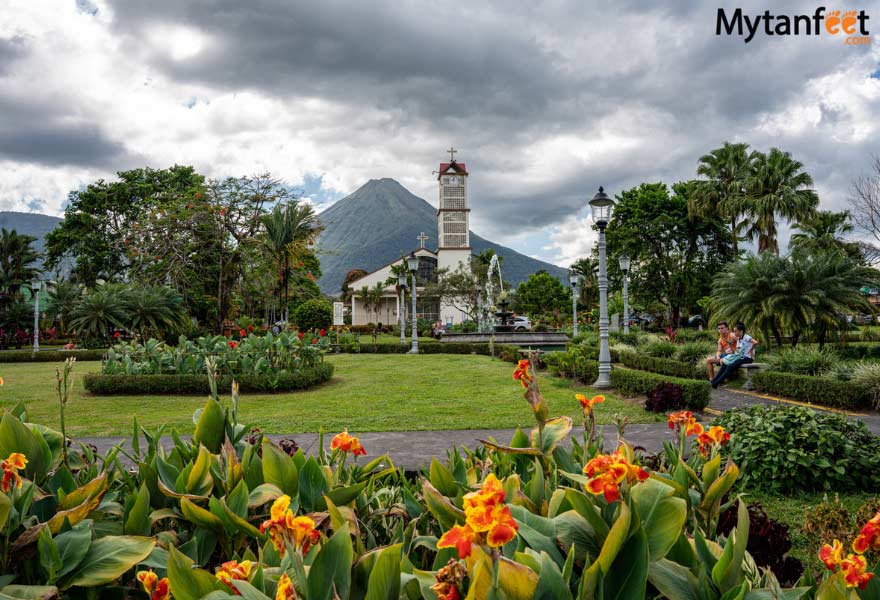
Driving: Pick up your rental car and then drive 3 hours to La Fortuna. If your flight lands after 4 PM, we recommend to stay a night by the airport and then leave for Fortuna next morning so you can drive in the daylight. Read more about the drive from San Jose to La Fortuna !
Shared shuttle: Most shared shuttles have one AM and one PM schedule. You will need to meet your shared shuttle at the Denny’s Restaurant or Fiesta Casino a couple miles away (you can call an Uber.) If you cannot catch either of their schedules, then you will need to stay a night in San Jose or book a private shuttle. Here is our list of recommended hotels near SJO Airport.
Private shuttle: Your driver will wait for you directly outside the airport terminal exit to pick you up and take you to La Fortuna straight away. Your service includes a stop along the way for food/bathroom/shopping, etc.
La Fortuna Hotels
There are SO many hotels and vacation rentals to choose from in La Fortuna. Here are some of our picks.
- Luxury: Amor Arenal adult only , Royal Corin , The Springs Resort & Spa , Tabacon , Nayara Gardens , Nayara Springs Adult Only , Nayara Tented Camp, Kioro
- Mid range: Los Lagos , Kokoro Volcano View , Volcano Lodge & Springs , Arenal Manoa , Arenal Springs Resort , Magic Mountain , Tifakara Lodge
- Budget / Solo traveler: El Secreto Fortuna , Selina Fortuna , Hotel Las Colinas , Arenal Xilopalo , La Choza Inn
- Nature Lover: Arenal Observatory Lodge , Arenal Oasis Eco Lodge
Nearly all hotels include a hot breakfast except hostels and super cheap hotels.
Day 2: La Fortuna (Sloth Trail + Chocolate & Coffee Tour)
In case you don’t have a car and need to book tours with transportation included, we offer small discounts for La Fortuna tours here.
In the morning, you’ll do an easy sloths and bird watching tour. Give yourself about 2.5 hours for this guided walk and then head into town for lunch. Lunch recommendations: Rainforest Cafe or Soda Garra Pata.
After lunch, grab a coffee, ice cream or dessert at Chocolate Fusion to relax, people watch and sit in the town square. If you’re lucky, the cloud may clear up a bit and you can see the classic La Fortuna town scenery with Arenal Volcano in the backdrop of the local church.
Then head to Northfields to do their fun chocolate and coffee tour. They have presentations at 2 and 3 PM in the afternoon. You’ll learn about the history and importance of cacao and coffee in Costa Rica, how to process it and the best part – sample it!
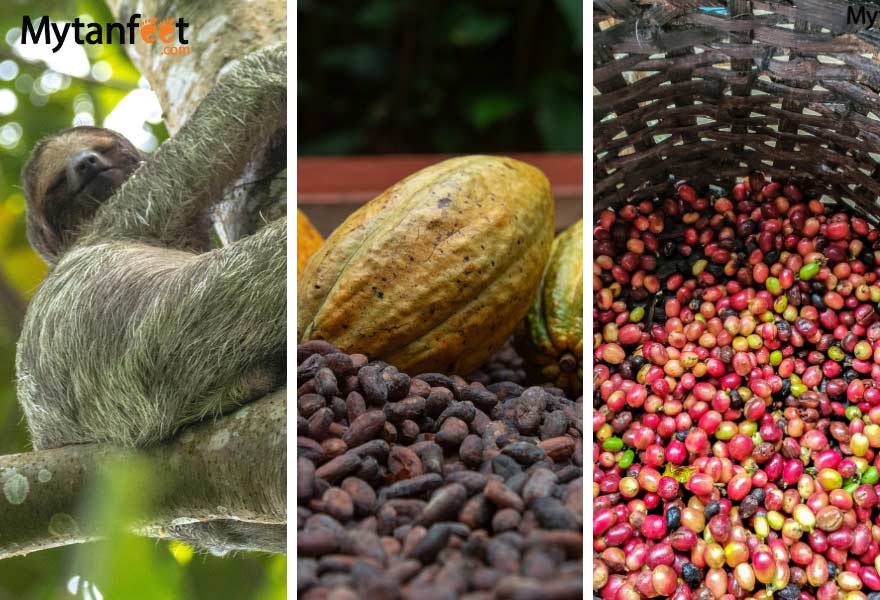
After the 2.5 hour presentation, head back to your hotel to nap and rest. You’ll finish the day at the hot springs. If your hotel doesn’t have their own hot springs, Paradise, Ecotermales, Tabacon, The Springs and Baldi are the most popular ones. You can also get dinner at the hot spring resorts.
For a romantic experience, Tabacon and The Springs are the best hot spring resorts for couples.
Day 3: La Fortuna (Arenal Volcano National Park and Lake Arenal Sunset Cruise
Today you’ll visit Arenal Volcano National Park to hike through the lava fields and the peninsula. There are two sections of the national park and you’ll visit both. A guide is not required to visit the national park. The trails are well marked and easy to follow to enjoy beautiful views of the volcano and Lake Arenal !
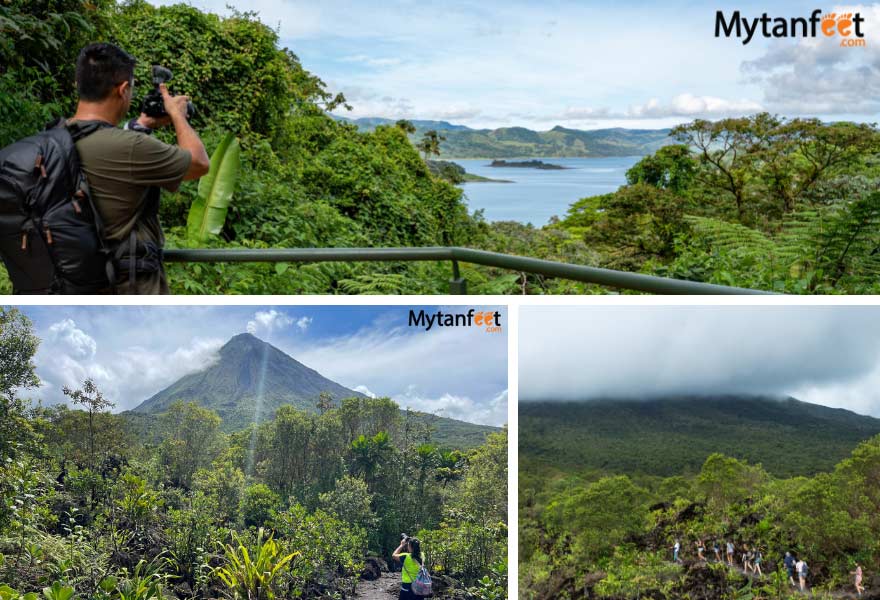
After the hike, head back to your hotel to shower and freshen up. If your hotel has a spa, highly recommend a massage in the rainforest!
Lunch recommendations: Mercadito, La Fortuna pub and Acacia Restaurant.
Then in the afternoon, you’ll do a romantic sunset cruise on Lake Arenal with wine and cheese. You’ll cruise around on the lake with spectacular views of the volcano and watch the sun go down on the rainforest. Get a discount off this tour here!
Dinner recommendations: Piura or Don Rufinos
More Things to Do in La Fortuna
If you’re interested in other activities, please check our things to do in La Fortuna and Arenal post for more ideas! We also have a discount for all the mentioned tours in La Fortuna which you can get in the link (lots of other tours offered).
Day 4: Travel to Monteverde (~3.5 Hr Drive)
Today you’ll travel to Monteverde , the town up in the tropical cloud forest. Sleep in and enjoy your last morning in La Fortuna. After you check out, fill up on gas if you’re low and pick up some snacks and drinks. There are some gorgeous country views during the drive and you’ll want to go slow to enjoy them and also to drive carefully as it’s an unpaved windy road.
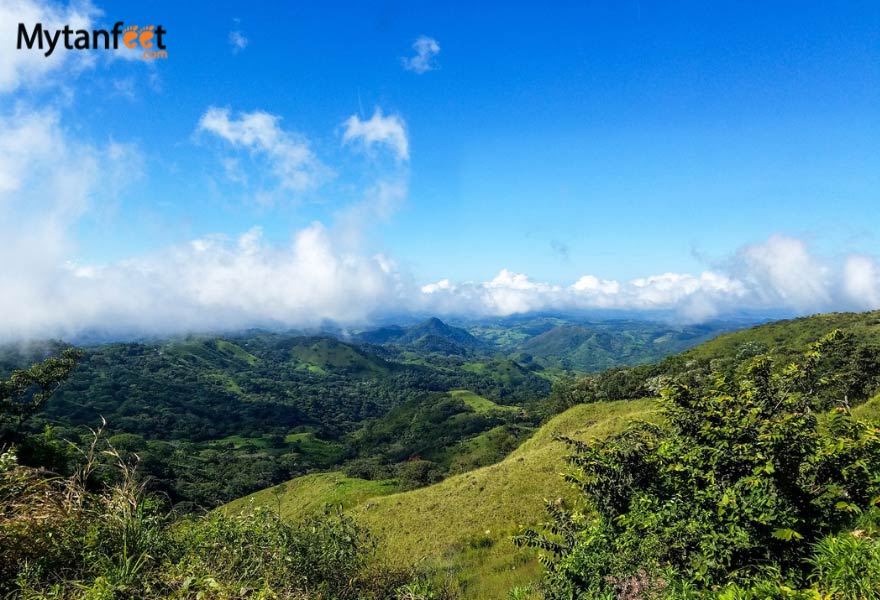
If the weather is good and you leave in the morning, you can stop by Viento Fresco Waterfall on the way. 4×4 access only and must be in decent condition to walk down steps.
You can get lunch along the way, there are several roadside restaurants. Restaurante Brisas del Lago is about halfway and very good.
If you’re not renting a car, we highly recommend taking the taxi-car-taxi across Lake Arenal. This service picks you up at your hotel in Fortuna, takes you to Lake Arenal to ride the boat across and then picks you up on the other side to take you to your hotel in Monteverde. Contact us to book this transfer!
Monteverde Hotel Recommendations
Most of the lodging in Monteverde consists of lodges, country inns, cabins, and boutique hotels. Tons of vacation rentals/Airbnbs.
- High end: Hotel Belmar (very nice for couples), Senda , El Establo , Ocotea Boutique Hotel, Koora, Chira Glamping
- Mid range: Poco a Poco , Monteverde Country Lodge , Scala Monteverde , Monteverde Lodge & Gardens , Bella Vista Lodge Monteverde, Los Pinos Lodge and Gardens , Hotel Arco Iris
- Budget: Selina Monteverde , Monteverde Backpackers , Cabinas Vista Al Golfo
Day 5: Monteverde (Cloud Forest Hike)
Today you’ll visit the Monteverde Cloud Forest Biologlca Reserve or Santa Elena Cloud Forest Reserve in the morning for a hike. We personally prefer the Santa Elena Cloud Forest Reserve but the Monteverde Reserve is very nice too.
Plan for around 3 hours at the reserves which can be done without a guide as trails are well marked. If you visit the La Reserva Bosque Nuboso Santa Elena , stop by the Hotel Mirador San Gerardo Lodge afterwards for a spectacular view of the cloud forest and Arenal Volcano. You can give them a tip or have lunch at their restaurant if its open (15 minutes driving from the Santa Elena reserve, 4×4 required).
If you are a birder, we recommend a morning birdwatching tour at Curi Cancha Reserve instead.
Have lunch at Orchid Cafe and then visit a super cool spot very close to downtown Santa Elena, the Ficus Root Bridge . Great spot for photos!
Afterwards, you can head to your hotel to rest a bit and then head to the Mirador Valle Escondido Preserve to watch the sunset.
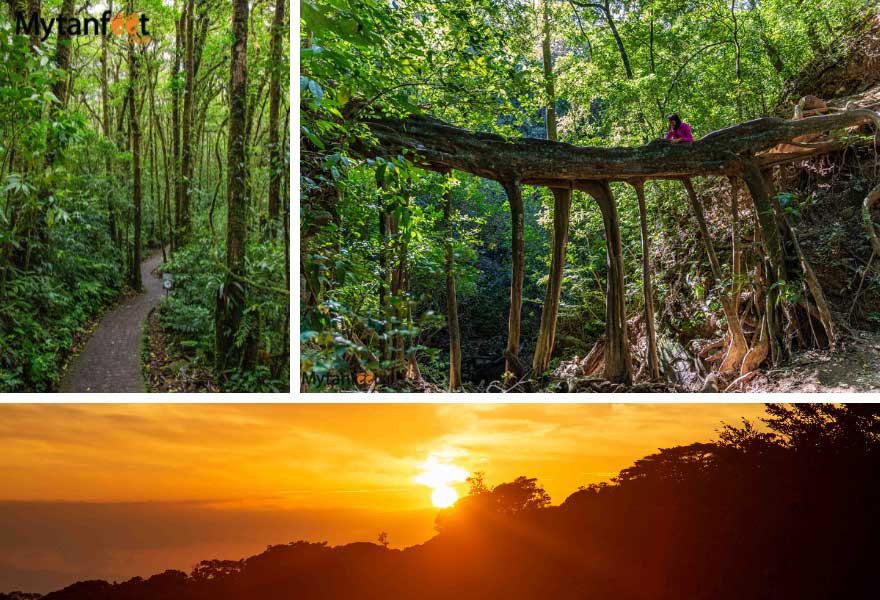
For dinner, we recommend Tramonti for Italian, Toro Tinto for steak or Monteverde Brewing Company for beers and burgers. If you want to do something special for your last night in Monteverde, make a reservation at the San Lucas Treetop Dining Experience.
Day 6: Monteverde Ziplining + Hanging Bridges and Travel to Manuel Antonio (~4 Hour Drive)
Day 6 of your 11 day Costa Rica itinerary is a a very fun and busy day! You’ll do the hanging bridges and zipline tour at Selvatura Park or Sky Adventures . Afterwards, you will head straight to Manuel Antonio for beach time.
What’s the difference? Sky Trek Monteverde (zipline) includes an 800 meter aerial tram to get to the start of the zipline. Selvatura Park has two optional Superman cables for more adrenaline and a sloth center, butterfly garden and reptile/amphibian exhibit you can add on.
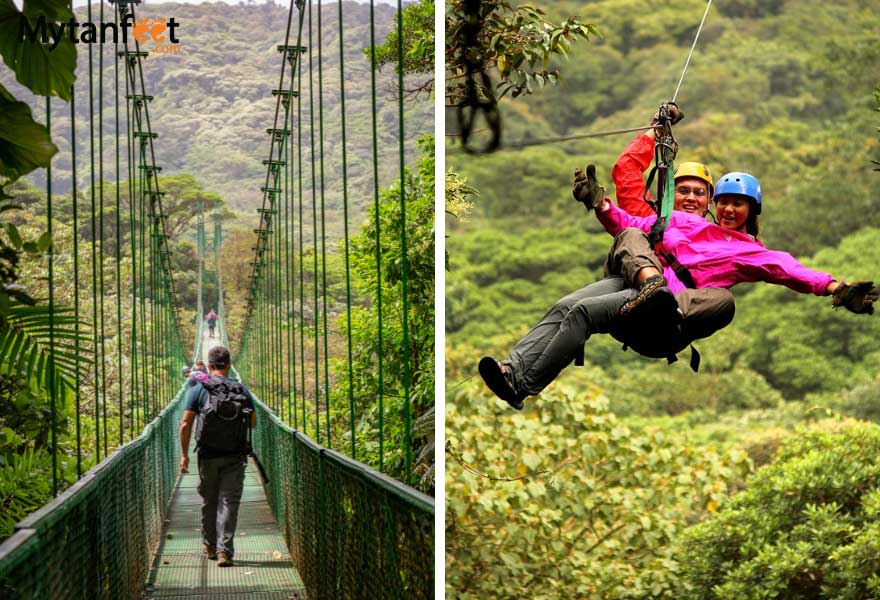
You have to start your activities at 830 AM to finish around noon. Have a quick lunch at the park’s restaurant and then plug in your GPS to your hotel in Manuel Antonio!
This drive takes around 3.5 hours and as soon as you get down the mountain from Monteverde, the drive is super easy on a highway all the way down to the south.
Make sure to stop at the Crocodile Bridge to see the giant crocodiles and you can get lunch at one of the roadside restaurants there. Then drive through Jaco to see the biggest beach town in Costa Rica. There are a ton of great places for food in Jaco too.
Manuel Antonio Hotels
There are a TON of hotels and vacation rentals in Manuel Antonio and this area can be pretty pricey. If you’re on a strict budget, find a hotel in Quepos or vacation rental outside town as those are usually a bit cheaper.
But if you want to splurge on a nice beach resort, Manuel Antonio is definitely the place to do it in Costa Rica!
- High end: Hotel La Mariposa , Tulemar , Shana By the Beach , Parador , Arenas del Mar , Si Como No , Issimo Suites Adults Only , Makanda By the Sea Adults only , Gaia Adults Only , Los Altos resort
- Mid range: Hotel Plaza Yara , Villas Lirio , Jungle Beach Hote l, Tico Tico Villas
- Funky: Igloo Beach Lodge (igloos), Hotel Costa Verde (hotel converted from a plane), El Faro Beach (containers)
- There are a handful of hostels like Hostel Manuel Antonio , Hostel Plinio , Hostel Pura Vida and Pura Vida Mini Hostel Manuel Antonio . Selina Manuel Antonio has private room options available. Wide Mouth Frog Hostel is in Quepos.
Day 7: Manuel Antonio Relax
Now you have 4 full days to enjoy Manuel Antonio, famous for its beautiful white sand beaches and lush rainforest.
Day 7 is your day to just relax. Do nothing. Lay by the pool. Nap. Sleep in. Read a book on the balcony. You can wander down to the beach or wander around town to check out the area. Get a massage, do yoga, meditate, recharge.
If you’d like to do something that day, we highly recommend a night walk to see creatures and critters of the night. Manuel Antonio is a fantastic place to see animals like frogs, snakes, insects, spiders and other nocturnal wildlife. Get a discount for the Manuel Antonio night walk here!
Day 8: Manuel Antonio National Park
On day 8 of your Costa Rica 11 days itinerary, you’ll visit Manuel Antonio National Park . We highly recommend hiring a naturalist guide. You can book a tour with transportation (get our Manuel Antonio tours discount here) or go on your own.
If you go on your own, make sure you purchase your park tickets online beforehand. If you drive, drive all the way to the park entrance and park in one of the lots in front of it. You can find a guide at the park entrance (ask for their ICT certification) and I recommend an hour guided walk. No car? Take the public bus that goes from Quepos to the beach every half an hour. You can also call an Uber.
Spend a good few hours at the park to swim, hike, relax, sunbathe, nap and enjoy one of the most beautiful national parks in the world!
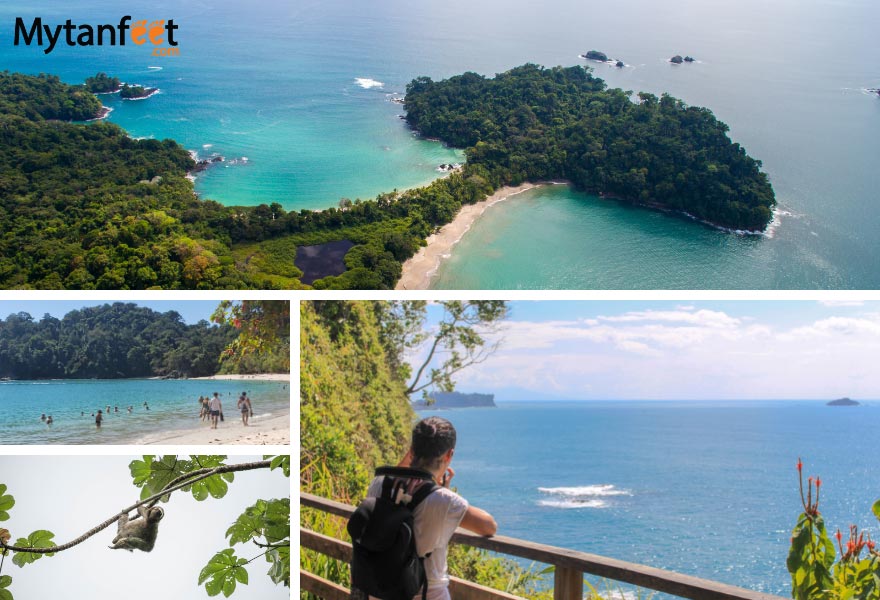
Important: once you leave the park, you cannot go back in so once you are done at the park, you can visit one of the restaurants right outside such as El Chante del Parque (typical food). We also really like Rafaels Las Terrazas, Cafe Agua Azul and El Patio de Cafe Milagro up the hill. Those are great places for happy hour and to watch the sunset.
Day 9: Manuel Antonio (Los Campesinos Ecolodge)
On day 9, you’ll experience a bit of rural and local tourism with a visit to the Los Campesinos Ecolodge, an hour outside Manuel Antonio (4×4 required in rainy season, high clearance in dry). This ecolodge is up in the mountains and on the property, it has several waterfalls, thick jungle and suspension bridges.
You’ll hike, see the waterfalls and then have lunch at their restaurant before heading back to Manuel Antonio. It’s a great place to get off the beaten path and away from the touristy crowds of Manuel Antonio.
Day 10: Manuel Antonio Up to You!
For your last day in Costa Rica, it is up to you what you want to do! I personally recommend just relaxing and enjoying the hotel pool. If anything, end your trip with a bang with a parasailing tour from the beach outside the national park. Though it’s a bit expensive, it’s absolutely worth it for the killer unforgettable views.
I did this with my parents and it was truly one of the best bonding moments we’ve ever had! We went with Aguas Azules. It would also be a wonderful activity to do with your new spouse for another romantic experience.
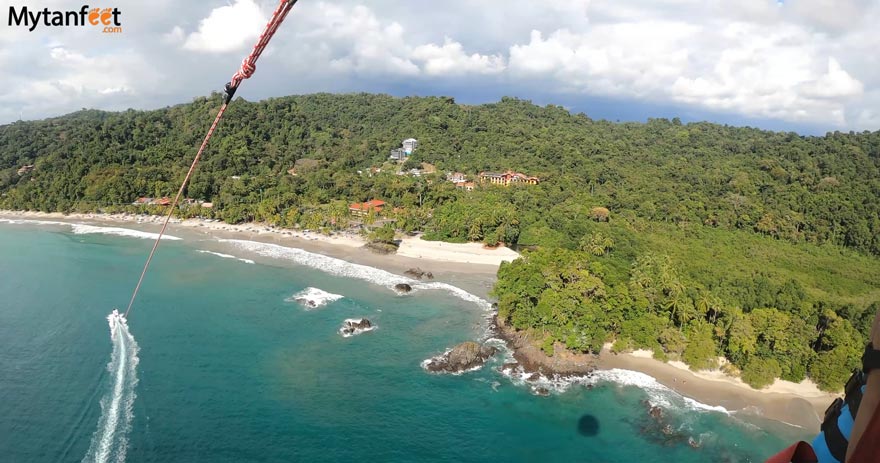
If you do want to add even more adventure, Manuel Antonio has great white water rafting with both Class 2 & 3 or Class 3 & 4. If rafting doesn’t float your boat, then perhaps a sunset snorkeling cruise will. Read about things to do in Manuel Antonio and get our Manuel Antonio tours discount!
Day 11: Fly Out of SJO
Today you will fly home! The drive from Manuel Antonio to San Jose International Airport is approximately 3 hours without traffic. I recommend leaving with plenty of time to arrive 2.5-3 hours before your departure flight. That way, you will have enough time to return the rental car and get to the airport and account for any delays along the way.
So if your flight is at 4 PM, I recommend to leave at 9-930 AM in case you run into any traffic or delays.
However, if your flight departs at noon or earlier, I recommend to drive the airport on Day 10, return your rental car and spend your last night nearby. That way, you don’t have to worry about any delays on the road, especially if you are visiting during Christmas , Easter or rainy season. Here are our recommendations for hotels near SJO Airport.
Other Costa Rica Itineraries
1 month Costa Rica itinerary
5 days in San Jose, Costa Rica
5 days in Tamarindo, Costa Rica
10 days Costa Rica itinerary : Bijagua, Bajos del Toro, Manuel Antonio
Read ALL of our Costa Rica itineraries here!
Exclusive deals
Epic One Week Costa Rica Road Trip Itinerary
By: Author Hannah Lukaszewicz
Posted on Last updated: 15 September, 2022
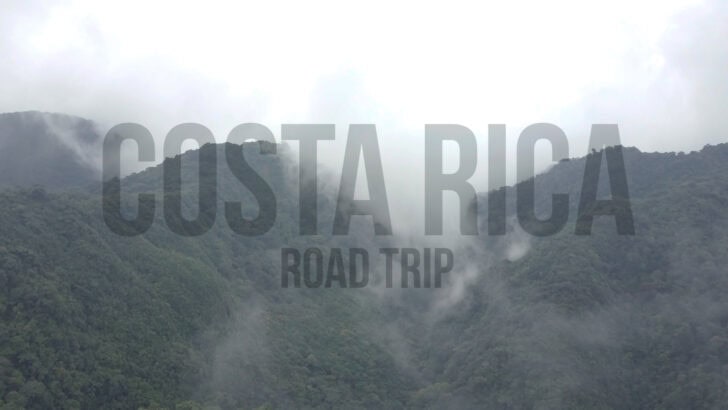
Costa Rica is a country full of amazing landscapes and epic adventures. One of the best ways to get a small taste of everything is to rent a car in Costa Rica and head off on a road trip. That is exactly what we did on our recent trip to Costa Rica.
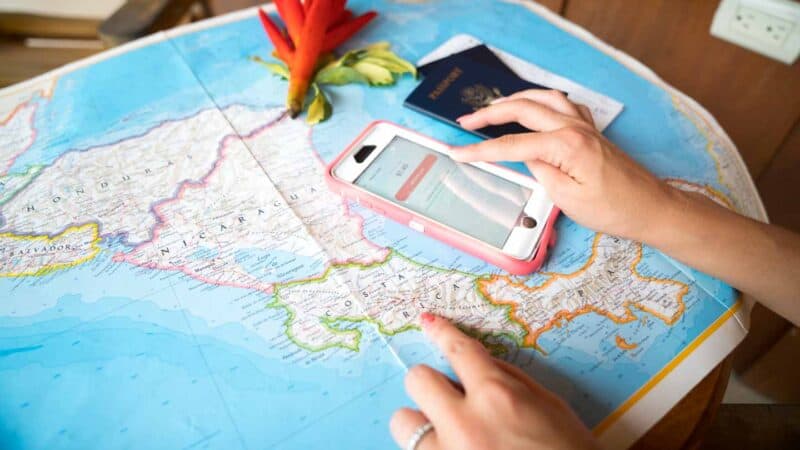
Here’s a quick recap video of our one week in Costa Rica.

This was our third time in Costa Rica, so we wanted to check out some of the best places in Costa Rica and visit a few places we’d never been to. We started our time in the north of the country, playing around in the jungle and the cloud forest.
From there, we made our way to Lake Arenal and the giant volcano. We had nearly perfect weather to see the volcano before heading to the Caribbean beaches. To finish up our trip we spent the last night in the mountain town of La Paz to chase a few last Costa Rican waterfalls .
*When looking for the best price and biggest selection of hotels, check prices on Booking.com , we’ve found they are the best option and have a great cancelation policy.*
Almost all trips to Costa Rica start in San Jose, the capital city. For us, it’s just a get-in and-get-out kind of city. When booking our flights, we opted for the early morning flight that had us arrive before noon. We don’t recommend arriving after dark and renting a car planning on driving out of San Jose.
When booking our rental car online , the prices from the San Jose airport were $0, some maybe $1, which we knew was too good to be true. We confirmed that it was actually just $1 per day – but there is mandatory third-party insurance of $27 a day. The phone call saved us another headache (and a bunch of money) because we found out we also needed to bring documentation from our credit company showing CDW coverage for car rentals. Otherwise, we would have to take that as well.
Monteverde Cloud Forest
Our first Costa Rica road trip stop was Monteverde, which is 3.5 hours from San Jose, high up in the mountains. We had never been to Monteverde before, but once we saw pictures of the cloud forest and hanging bridges, we instantly made it part of our one week in Costa Rica. We opted against the traditional hotel and instead stayed in a really cool treehouse. We had to meet the owner in town for the keys, we used Skype Credit to call his cell once we were in town to meet up.
The next morning we woke up early to get into the cloud forest right away so that we could take some epic shots on the hanging bridge. To our surprise, we only came across a handful of other tourists the entire day. Traveling during the rainy season in Costa Rica has its perks. We noticed on days 1 & 2 that the rain started usually right after 2 pm, so we made sure to plan our day around the rain.
We spent two nights in Monteverde on our trip, and we think that is just about right. There aren’t a ton of things to do in Monteverde, but due to the drive times and rain, it wouldn’t be worth it for only one night.
Highlights in Monteverde – Monteverde Cloud Forest & Santa Elena Cloud Forest Reserve
After our time in Monteverde, we made our way to Arenal, Costa Rica’s most famous volcano. It was a gorgeous but bumpy ride (think gravel road with lots of potholes). It’s about a 4-hour drive depending on how many times you stop for photos or get stuck behind slow trucks. We had a gorgeous clear day and were able to see Arenal in its entirety all the way to its perfect cone top. This was our second time in Arenal, on our first trip we ziplined, did the boat tour, and stayed in an Arenal hot spring hotel.
On this trip, we had our eyes on La Fortuna Waterfall. We stayed at a place that was a quick 5-minute drive to the entrance. By the time we arrived the rain had arrived so we set our alarms to make sure we were the first guests to enter the next day.
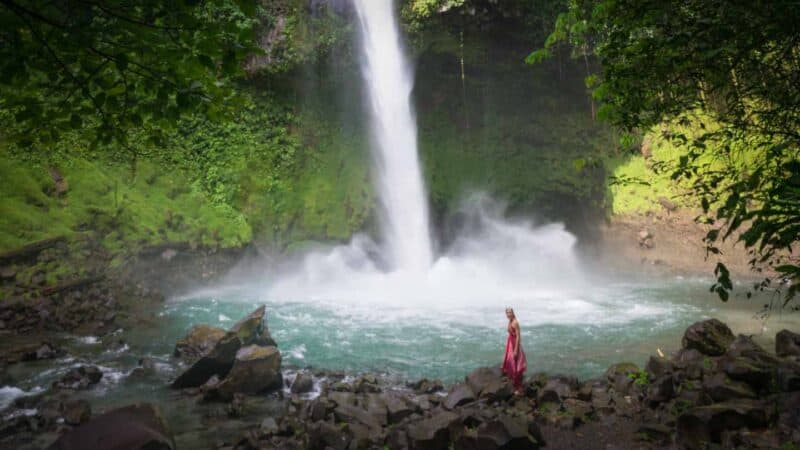
It’s a hike down to the waterfall, 500 steps down and 500 steps up. The steps are totally worth it, we’ve chased many waterfalls over the years, but La Fortuna waterfalls is hands down one of the prettiest we’ve ever seen. Thankfully we had the whole waterfalls to ourselves for about 10 minutes (perks of getting there early).
We only spent one night in Arenal on this trip but we suggest 2-3 nights for those traveling to Costa Rica for the first time and have their hearts set on all the things to do in Arenal.
Highlights in Arenal – Arenal Volcano, Lake Arenal, La Fortuna Waterfall, Ziplining, and a ton more activities are available in Arenal.
Puerto Viejo
After our fill of mountains, volcanoes, and rainforests we headed to the beach. When most people think of Costa Rica beaches they think of Pacific Coastal towns, which are great but we love the little beach towns in the Caribbean. We set off on our 5-hour road trip to Puerto Viejo, which is full of cute little beaches, all with different characteristics.
Some beaches are black sand. Some are yellow sand, and some, like Playa Cocles, are good for surfing. If you want to escape, go to Playa Uva and have the beach to yourself. If you’re lucky, you may even see sea turtles hatching and making their way to the ocean as we did! Complete Puerto Viejo guide. We stayed in Playa Cocles which is just outside of Puerto Viejo town but close to our favorite beach Playa Uva.
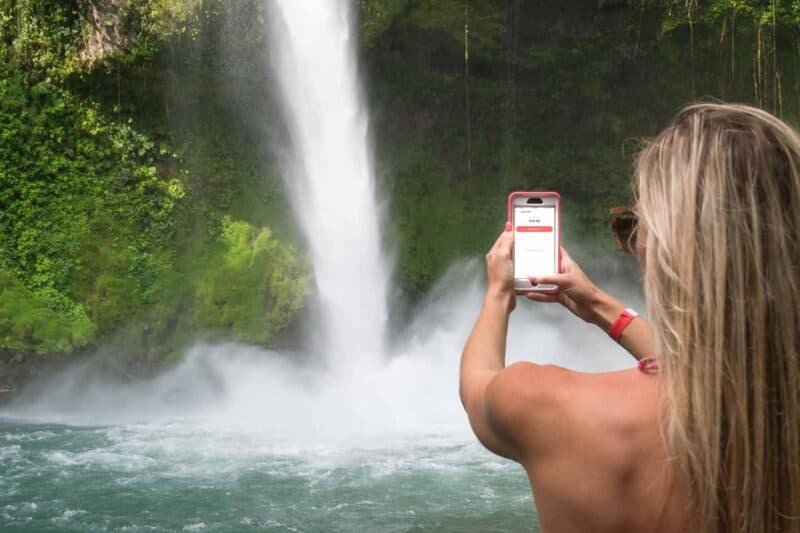
This was our third visit to Puerto Viejo, and typically, we just explore the beaches, but we recently saw a nearby waterfall on our friend’s Instagram. So we set off to find it. It’s not a known tourist spot, so asking how to get there was impossible. We knew we were on the right track but couldn’t figure out exactly which house to go to. We used Skype Credit to call our friend to get directions, and a few minutes later, we were at the right spot, and our $0.23 call led us right to the waterfall.
We suggest three nights in Puerto Viejo. It’s the perfect place to relax after spending a few nights up exploring the jungle. We think a week here would be too much, and there are so many amazing places in Costa Rica you’d be missing out on.
Best Beaches in Puerto Viejo: Playa Uva, Playa Cocles, Playa Chiquita, Playa Negra, Playa Grande – See full list of beaches
We were looking for a hotel that was closer to San Jose as our flight home was the next morning and Puerto Viejo was 5 hours away from the airport. When chatting with our friends who had just taken a Costa Rica honeymoon , they told us about La Paz and this gorgeous hotel right on the La Paz Waterfall Gardens. La Paz was only an hour from the airport, so it was the perfect place to spend our last night during our one week in Costa Rica. Before leaving for the trip we quickly rang up the hotel with Skype Credit to ensure they had availability for a room with an epic view and to confirm our room rate included entrance to the La Paz Waterfall Gardens.
La Paz was much more than we expected. The waterfall and the gardens made us feel like we were in the middle of a Jurassic Park set – it’s surreal back there. La Paz was easily our favorite place in Costa Rica, and we know on our next trip back, we’ll be back and probably for longer.
We suggest staying two nights at the lodge in the Waterfalls Gardens, the grounds and scenery are out of this world. This way, you’ll have enough time to check out the nearby Poas Volcano.
Things To Do In La Paz – La Paz Waterfall, Poas Volcano, coffee fields
Why use Skype Credit While Traveling?
When you think of Skype, you instantly think of video calls, which it is, and video calls are amazing, but Skype has so many features on top of that. One of the many services we love is Skype Credit , which works like a calling card but is much cheaper and easier to operate. Since we are always traveling, it’s a must to be able to make cheap international calls.
On our recent trip to Costa Rica, we used Skype Credit not only while we were traveling in Costa Rica to call back to the USA but also while we were at home planning the trip to call hotels. Here’s everything you need to know about Skype Credit and what makes it the best and cheapest way to make international calls.
What Is Skype Credit?
Skype Credit is basically like a calling card. Do those even exist anymore? You can use Skype Credit to call anywhere in the world, both on landlines & mobiles, and even send text messages.
How much does Skype Credit cost?
The cost of Skype Credit varies based on where you are calling and if it is a landline or a mobile phone. Rates are per minute and are very affordable. Click here to check how cheap international calls with Skype Credit are.
How To Use Skype Credit?
You can purchase Skype Credit right on the Skype app. You need to purchase Skype Credit in increments of $4.99 on mobile or $10 or $25 on a desktop. Once you run out of credit, just top up. If you find yourself using it often, you might want to sign up for the auto-recharge, so once your balance drops below $2, it tops up with your set amount. On our one-week Costa Rican road trip, we used less than $10 of Skype Credit.
How we Use Skype Credit
I love being able to call my Grandmother, who is in a nursing home back in Wisconsin. She doesn’t have a computer or cell phone, and being able to call her from the beach anywhere in the world whenever I want for only 2.3 cents a minute is priceless. Every time I call her she is in disbelief that I am calling her from halfway around the world. She always says “It sounds like you are right next to me.”
We’ve also found ourselves in need of calling our local bank or credit cards after having some issues. Hopefully, you’ll never run into any banking issues while traveling, but if you do, Skype Credit is the best and cheapest way to call back home to deal with any such issues.
Using Skype Credit To Plan A Trip
When picking out accommodation or renting a car, sometimes you just want to call them yourself. But you don’t because who knows what calling Costa Rica from your cell or home phone will cost a ton of money. On our recent trip to Costa Rica, we called a hotel to confirm we would get a specific room with a view, and it only cost 6.9 cents per minute using Skype Credit.
We booked our car on Discovercars.com . They had the best price and free cancelation. Click here to check rates . We used our Skype Credit to call the local car rental company to confirm what paperwork we needed to bring to show insurance proof. If we hadn’t done this, we would have had to take out their extra insurance at an additional $35 a day. That would cost us way more than that $1 phone call using Skype Credit.
How to Use Skype Credit While Traveling
Whenever you are connected to Wifi or have data coverage, just launch the Skype App and make a call. From the beach, a boat, in the middle of the rainforest, where ever there is service.
Have you used Skype Credit while traveling?
This is a Skype-sponsored post, but all opinions are our own. We have been using and paying for Skype calling features daily ever since we started traveling full-time in 2013, and truly believe in the products.
Download our Trip Catalog for detailed information on our many destinations for photography tours, workshops, and safaris.
Costa Rica Sampler Trip Report (Mar 1 – 11, 2024)
Report written by Héctor Gómez de Silva.
Costa Rica crams more than 800 species of birds together with hordes of other wildlife in a tiny land area; the country’s infrastructure is designed around ecotourism. This combination makes Costa Rica a magical destination for birders. This tour is designed to sample a selection of the birdiest habitats in the country. On this Costa Rica Sampler tour, the number of species recorded in just 10 days of birding was spectacular. A total of 330 bird species seen by the participants plus 27 additional ones heard; this included the species considered by many the most beautiful bird in the world, the Resplendent Quetzal, as well as some species nearly endemic to Costa Rica, including Coppery-headed Emerald, Mangrove Hummingbird, Black-hooded Antshrike, and Volcano Junco. All in all we saw 28 species of hummingbirds, 4 species of owls in their day roosts (seeing an owl by day is for some more special than seeing them at night), 6 species of trogons, 5 species of motmots, 11 woodpeckers, and 16 warblers (plus 1 heard-only)! There were also 13 species of mammals seen and interesting reptiles and insects.
Highlights included a variety of habitats and scenery, including a steaming volcano at close quarters. We birded in cloud forest, tropical lowland forest, tropical dry forest, mangroves…
The trip starts near the San José airport at a hotel with a beautiful garden full of birds including a pair of Mottled Owls that roost in a bamboo thicket.
After meeting in our hotel in the mid afternoon of Day 1 and birding briefly across the road as well as in the hotel garden, on Day 2 we headed to the Pacific lowlands, seeing White-browed Gnatcatcher, Turquoise-browed Motmots, Ferruginous Pygmy-Owl, Mangrove Hummingbird, our first Scarlet Macaws, our first Double-striped Thick-knees, a pair of Black-and-white Owls roosting in a mango tree and many others, including a productive couple of hours birding from Crocodile Bridge.

Black-and-white Owl © Jody Allair

White-throated Magpie Jay © Stacie Cantu

Birding from Crocodile Bridge © Jody Allair

Scarlet Macaws © Jody Allair
We started the next morning before breakfast with Scarlet Macaws and many other birds right outside our rooms, and after breakfast we spent 3 hours in a trail through rainforest in Carara National Park, seeing one bird after another and also White-faced Capuchin monkeys –the temperature was very hot but we were in the shade of the trees at all times. At lunch we watched and were watched by a troop of White-faced Capuchin Monkeys.
After lunch we had the choice of taking a siesta, visiting the nearby beach or using the swimming-pool. In the afternoon, we took a nearly 3 hour boatride in an estuary/river/mangrove channel, racking up a very long list of species, including Boat-billed Heron, American Pygmy-Kingfisher, Collared Plover and more Double-striped Thick-knees.

Tárcoles boatride © Jody Allair
On Day 4 we drove to the cloud forest near Cerro de la Muerte for lunch and afternoon birding, taking the “scenic” route via Quepos. We made a washroom stop, a stop to look at some roadside Southern Lapwings (a fairly recent invader from South America), then a juice stop at a restaurant with hummingbird feeders; here we saw the trip’s only Snowy-bellied Hummingbird and our first Violet Sabrewing, and other birds included the trip’s only Gray-cowled Wood-Rails.
Once we got to our lunch destination, Paraíso Quetzal Lodge, we couldn’t go straight to lunch because of the wonderful hummingbirds visiting feeders just outside the restaurant: Fiery-bellied, Talamanca, Volcano, Scintillant, White-throated Mountain-gem and Lesser Violetear kept us busy and delighted.

Talamanca Hummingbird © Stacie Cantu

Fiery-thoated Hummingbird © Stacie Cantu

White-throated Mountaingem © Stacie Cantu
After the great lunch we walked the garden and then a forest trail at this site, seeing a good number of cloud forest species, though not the lodge’s namesake. A pair of gorgeous Golden-browed Chlorophonias were busy eating fruit at a melastome bush and a pair of Long-tailed Silky-flycatchers were attending a nest with chicks right next to the garden footpath. Large-footed Finches, Flame-colored Tanagers, Slaty Flower-piercers and Sooty-headed Chlorospinguses added to the joy. In the forest trail, the birding was more difficult but included a different selection of species, such as Ochraceous Wren and Black-cheeked Warbler. Afterwards, it was a relatively short drive to our next hotel, Toucanet Lodge, where we got settled into our rooms.

Golden-browed Chlorophonia © Stacie Cantu

Slaty Flowerpiercer © Stacie Cantu
Prebreakfast and during-breakfast birding at Toucanet Lodge yielded more goodies including an Emerald Toucanet. There were some repeat hummingbirds at the hummingbird feeders but the new one was a starthroat, but which species we are not sure despite excellent views and photographs, there are two species possible. There were two individuals at the lodge feeders. The one that showed up most often had the white postocular spot diagnostic of Long-billed Starthroat but also the black smudges in the white tail corners diagnostic of Plain-capped Starthroat! A hybrid or an aberrant individual of one or the other? The second individual did have the postocular stripe of Plain-capped. A little mystery.
After breakfast we hooked up with a local guide who was going to take us to see Resplendent Quetzal. There is an interesting new program in Costa Rica in which ranchers report when they find an active Quetzal nest or Quetzals visiting a fruiting tree in their land so that at any time tourists can be taken directly to the most convenient site to look for them. The landowners receive income from the tourist visit, as does the local guide and the organization pooling the reports, and the tourists are taken directly to the best place to look for the Quetzal.
In our case, we were taken to a person’s house who had a Resplendent Quetzal pair nesting in a stump in his farm, requiring only a 50 meter walk from the road. This happened to be the first nest reported this season. The male was in the nest as we arrived, its longest upper tail covert feathers sticking out of the nest hole, enough to count it in our lifelists. But we wanted a better view, and at any time the female would arrive and the male would leave the nest so that she could take over, and the two would allow brief but whole-body looks. So we waited… and waited… and waited. After an hour and a half, the female never showed up but the male poked his head out of the nesthole (wow!) and then flew out and perched on an eye-level branch nearby, for several minutes in full view, and then took off into the forest, presumably to get a bite to eat. After that the local guide took us back to the bus by the scenic route, which passed next to some fruiting wild avocadoes –and we were able to have incredible views of another male and glimpses of a female Quetzal eating the wild avocadoes. I have seen hundreds of Resplendent Quetzals over the years, but the eye-level views of this second male in the fruiting tree were the best ever!

Resplendent Quetzal © Jody Allair
Then we drove further down the Savegre Valley and had lunch a little bit of birding, before driving back up and to the páramo (stunted vegetation above treeline) at the top of Cerro de la Muerte. Our main targets here were Timberline Wren and Volcano Junco and after a little searching we found both .

Páramo © Jody Allair

Volcano Junco © Héctor Gómez de Silva
Finally, we drove down to walk a road that goes through superb cloud forest and saw surprisingly few birds but these included the tour’s only Black Guan and we heard the beautiful song of Black-faced Solitaire.

Birding Providencia Road © Jody Allair
The next morning, after one more pre-breakfast birding at Toucanet Lodge in which we saw, among others, a fourth Resplendent Quetzal (an immature male), following breakfast we loaded our luggage onto the bus and drove toward the Caribbean Slope of Costa Rica, with several planned birding stops and a visit to an organic coffee farm on the way. First we visited a chayote plantation in Ujarrás where we had been given information that the normally rare Hook-billed Kite is common. Upon arriving to the spot, we had a black morph Hook billed Kite perched on a post.
Next we visited Finca Cristina, a very forward-looking organic coffee farm, where we had a fascinating description of the process of growing and producing coffee by the owners –and we also saw a few birds including two additions to our growing list, White-eared Ground-Sparrow and Chestnut-capped Warbler.

Visiting Finca Cristina © Héctor Gómez de Silva
Then after lunch nearby we visited a city park which had a roosting Tropical Screech-Owl and some Crimson-fronted Parakeets. Our next stop was already in the lowlands, where we stopped for 45 minutes at the Pejibaye River and saw our first Fasciated Tiger-Heron and a nice selection of other birds. Finally, a washroom and supermarket stop at a gas station and then an hour’s drive to our next lodge, the Gran Gavilán Hotel.

Fasciated Tiger-Heron © Jody Allair
T he next day we had a 6 am breakfast followed by a fabulous hour of birding right in the hotel grounds, with parrots, toucans, woodpeckers, flycatchers and a multitude of birds, perhaps the most memorable being a surprise Snowy Cotinga and a Green Ibis! Then we drove the very short distance to the famous La Selva Biological Research Station where there are always dozens of research projects being carried out on ecology of the rainforest and its denizens. Even before reaching the station, we were seeing a family group of Great Curassows.
At the station we were led by a local guide for 3 ½ hours, and he showed us a large number of birds, including a second Snowy Cotinga and a flyby by a pair of Great Green Macaws, sloths of two species and an eyelash viper. Back at the hotel we had lunch and a siesta , and in the afternoon we went out to 2 sites to look for Nicaraguan Seed-Finch (unsuccessfully, but we did see a number of new species for the list) and more Great Green Macaws.

Celebrating sighting of Great Green Macaw © Jody Allair

Great Green Macaw © Jody Allair
The following day we birded the hotel grounds again, seeing more Great Green Macaws and other goodies. After breakfast we visited the hummingbird and fruit feeders at a roadside restaurant in Cinchona and were entertained non-stop for 2 hours with one bird after another visiting the feeders, including a Yellow-winged Tanager (accidental in Costa Rica from northern Central America), Buff-fronted Quail-Doves, Northern Emerald-Toucanets, Red-headed and Prong-billed Barbets, and Coppery-headed Emeralds.

Yellow-winged Tanager © Héctor Gómez de Silva

Baltimore Oriole © Jody Allair

Prong-billed Barbet © Jody Allair
We had lunch at Cinchona and then drove 2 hours to our next hotel, the Arenal Observatory Lodge, where we checked in and watched birds (and the steaming volcano!) from the deck behind the restaurant and in the lodge gardens .

Birding group at Arenal Observatory Lodge © Jody Allair
Most of the following morning was birding the garden and forest at Arenal Observatory Lodge again, where we bumped into several new birds including a Bronze-tailed Plumeleteer, and in the afternoon we birded for a couple of hours at the nearby Peninsula Road, where we bumped into a troop of Central American Spider Monkeys and some more neat birds such as Thicket Antpitta (heard only), a Laughing Falcon and a pair of Keel-billed Motmots only meters away from a pair of its sister species Broad-billed Motmot (this site is the only one in the world where both species occur together, Keel-billed being found in northern Central America and Broad-billed in southern Central America and South America).

Bronze-tailed Plumeleteer © Héctor Gómez de Silva
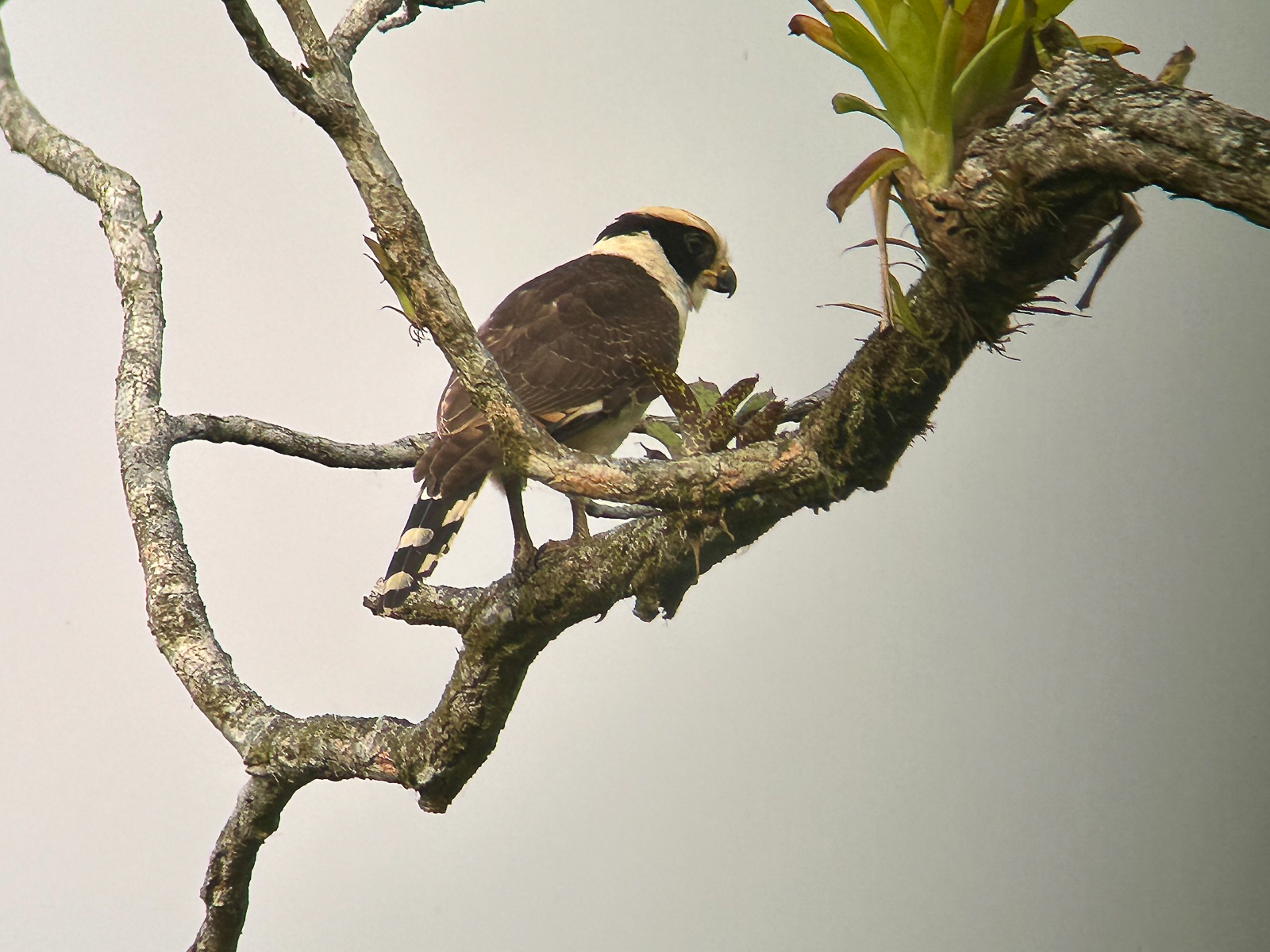
Laughing Falcon © Jody Allair

Keel-billed Motmot © Héctor Gómez de Silva
The next day after birding the deck and forest trails at the lodge we said good-bye to the volcano and drove 2 hours to yet another roadside restaurant where the main attraction was the fruit feeders. There was bird activity all the time, including a cooperative pair of Black-cheeked Woodpeckers, but here we had 2 main target birds, Speckled Tanager and the rarely encountered Blue-and-gold Tanager a pair of which, thankfully, started showing up daily at this one restaurant only a few weeks before our tour!
We waited and waited and waited for nearly 3 hours, entertained first by other birds and then by our lunch which we asked to be set up within view of the fruit feeders. We had just said that we were unfortunately going to have to leave in 5 minutes when the Blue-and-gold Tanagers showed up for a couple of minutes and then were leaving when amazingly a Speckled Tanager showed up, beautifully completing our goal!

Black-cheeked Woodpecker © Héctor Gómez de Silva
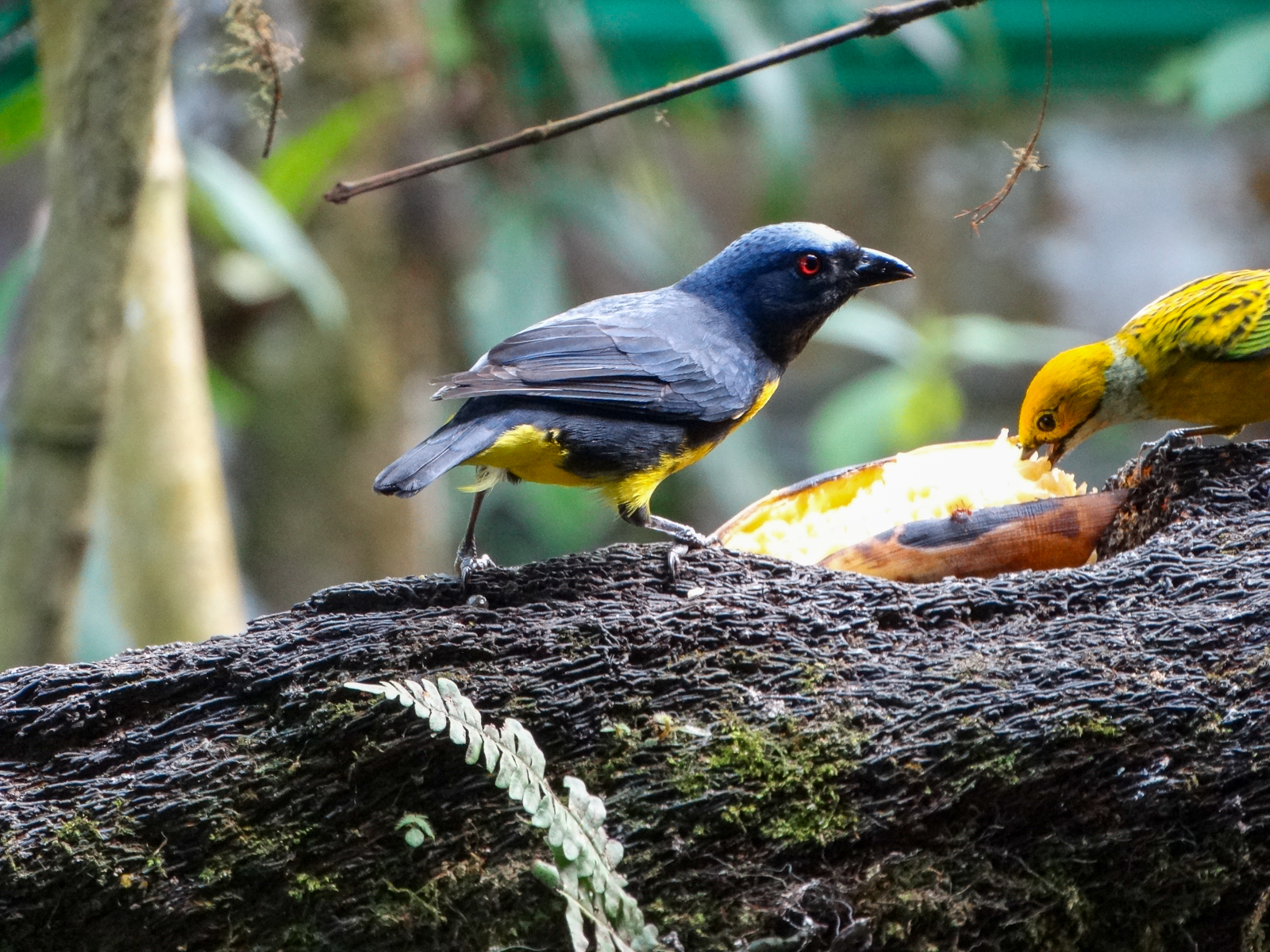
Blue-and-gold Tanager and Silver-throated Tanager © Héctor Gómez de Silva

Speckled Tanager © Héctor Gómez de Silva
The rest of the day was going to be driving to our final hotel of the tour, Hotel Robledal near the San José airport, but we heard of an amazing bird stakeout that required a small detour and so we drove to a spot where a Sunbittern was sitting on a nest, right in the roadside (!).

Sunbittern on nest © Jody Allair
At the hotel we saw a Ferruginous Pygmy-Owl and a few other birds and the following day was departure day. All in all, it was a very memorable and productive 10-day tour.

Costa Rica Sampler (March 2024) species list

Héctor Gómez de Silva

Jody Allair
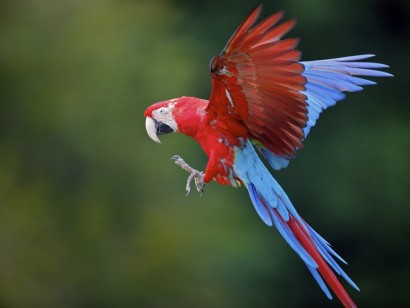
Costa Rica Sampler
Leave a reply cancel reply.
Your email address will not be published. Required fields are marked *
- Conservation
- In the media
- Birding blog
- How to book
- Booking FAQs
- Plan your trip
- Land Tour FAQs
- Insurance FAQ
WHERE WE GO
- Mexico & Central America
- South America
- Australia & New Zealand

- Terms of Use
- Privacy Policy
- CRT Front Page
- CRT Membership Info
- VIP Member Photos
- Renew/Upgrade CRT VIP
- Membership FAQ
- Technical Support/Help
Trip Reports!
Wed Dec 20, 2023 6:39 pm
Carolina1979
Tue Apr 09, 2024 11:41 am
manual master
Mon Apr 08, 2024 5:02 am
Joshperez11
Mon Apr 01, 2024 7:54 pm
Mon Mar 25, 2024 3:18 am
Sun Mar 24, 2024 4:38 am
BootyOverBoobies
Fri Mar 22, 2024 5:04 am
Rolleratnight
billswildride69
Wed Mar 20, 2024 8:15 pm
Harddrive43228
Mon Mar 18, 2024 7:14 pm
Sun Mar 10, 2024 5:54 pm
Sat Mar 09, 2024 12:42 am
DManWalking
Tue Mar 05, 2024 2:09 pm
Wed Feb 21, 2024 6:59 pm
Mon Feb 12, 2024 3:56 am
GoodDayJohn
Mon Feb 05, 2024 2:10 am
GringoMonger
Sun Jan 14, 2024 12:54 am
Haywood Jablommi
Slackedjaw28
Mon Jan 08, 2024 12:39 am
luuuuub2018
Tue Jan 02, 2024 5:27 pm
Tue Jan 02, 2024 4:42 pm
Thu Dec 28, 2023 8:56 pm
Fri Dec 01, 2023 2:07 am
Fri Nov 17, 2023 4:08 am
Tue Nov 14, 2023 6:18 pm
mbaindian123
Fri Nov 03, 2023 12:04 pm
PacificLots
Fri Nov 03, 2023 4:42 am
Mon Oct 30, 2023 11:58 pm

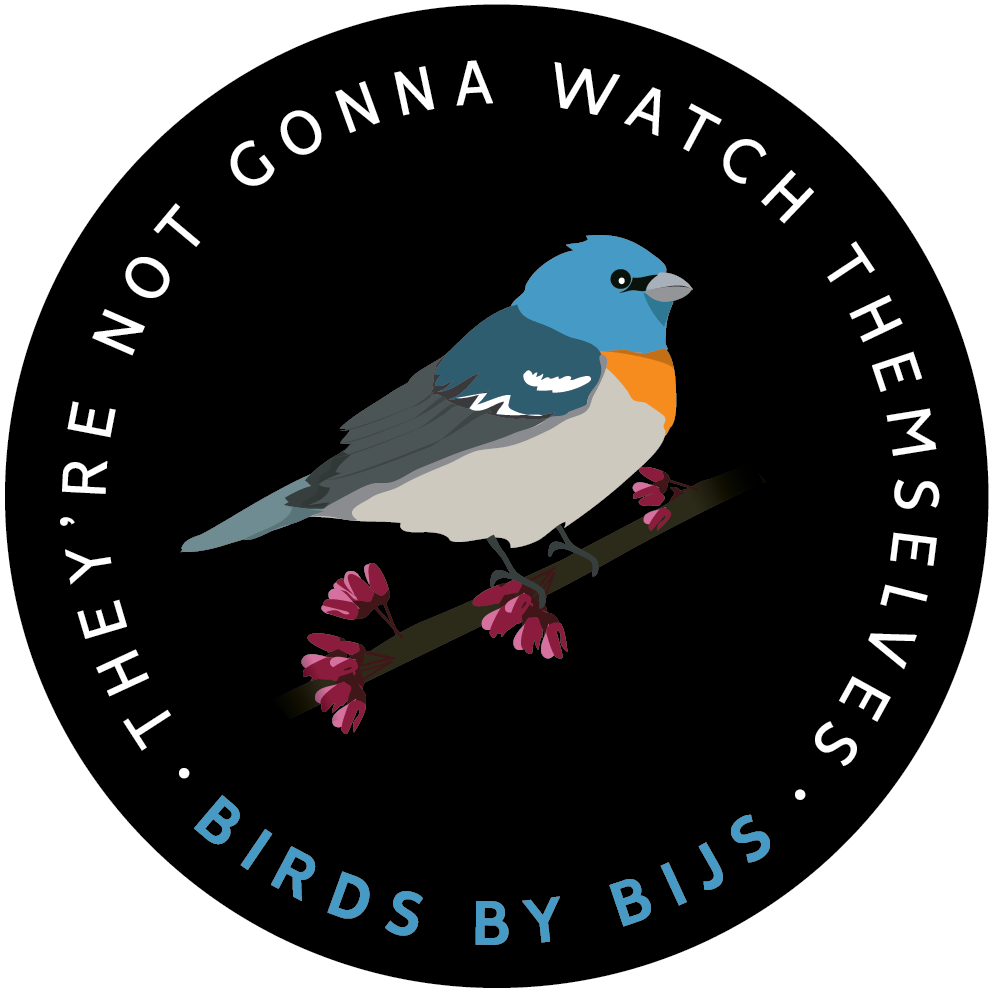
Benjamin Isaac Jacobs-Schwartz
Trip report: costa rica central sur 2024.
Our group convened for opening dinner at Hotel El Rodeo, introduced ourselves to one another, and met Fito, our local guide with us throughout our tour. We talked about what brought us to Costa Rica, the two birds that we wanted to see on the tour, and one thing that we wanted to learn about the ecology. Folks shared a wide variety of birds, including the Speckled Tanager, Resplendent Quetzal, and White-necked Jacobin. Some folks shared the highlights from their half-day birding tour arranged with a local guide to take advantage of time before the official start of the tour. Following the tour opening and dinner, trip checklists were passed out, and we went over the plan for tomorrow!
In the morning, Melvin, our awesome driver, helped load our gear onto the spacious bus, and we were off to start our adventure! We drove from San Jose to a nearby dry forest to hit our first birding spot of the trip. Our first stop was along a backroad, where Fito spotted a pair of Scarlet Macaws nesting in a palm tree snag. The first official bird of our tour was quite a crowd-pleaser and just so happened to be the bird advertised for the tour! We soaked in the views of these stunning parrots and snapped some pics. A few minutes down the road, we jumped out of the bus again, this time treated to a couple dozen gorgeous tropical birds calling around us. Highlights from the dry forest included the handsome Plain-capped Starthroat, Green-breasted Mango, Short-tailed Hawk, and the stunning Turquoise-browed Motmot , which perched close by, giving everyone excellent looks!
Later in the morning, we made our way closer to the coast and did some road cruising looking for more dry forest residents. Some of the awesome birds we got on, included the unique grassland shorebird, the Double-striped Thicknee found in pastures and grasslands. Other stunners included Wood Stork, Ferruginous Pygmy Owl, Yellow-headed Caracara perched on the head of a cow, a flock of Orange-fronted Parakeets , and a couple of vocal Rufous-naped Wrens hopping around closeby.
Our next stop was an obligatory visit to the iconic Rio Tarcoles bridge, where a resident population of American Crocodiles is easy to spot. Ranging in size from 6 to 10+ feet, these reptilian behemoths never fail to impress. As we walked out to the bridge, we spotted a stunning Scarlet Macaw in perfect light feeding in a nearby tree. At the bridge overlook, we also picked up a Little Blue Heron, Green Heron, Black-necked Stilts , and a couple of Mangrove Swallows .
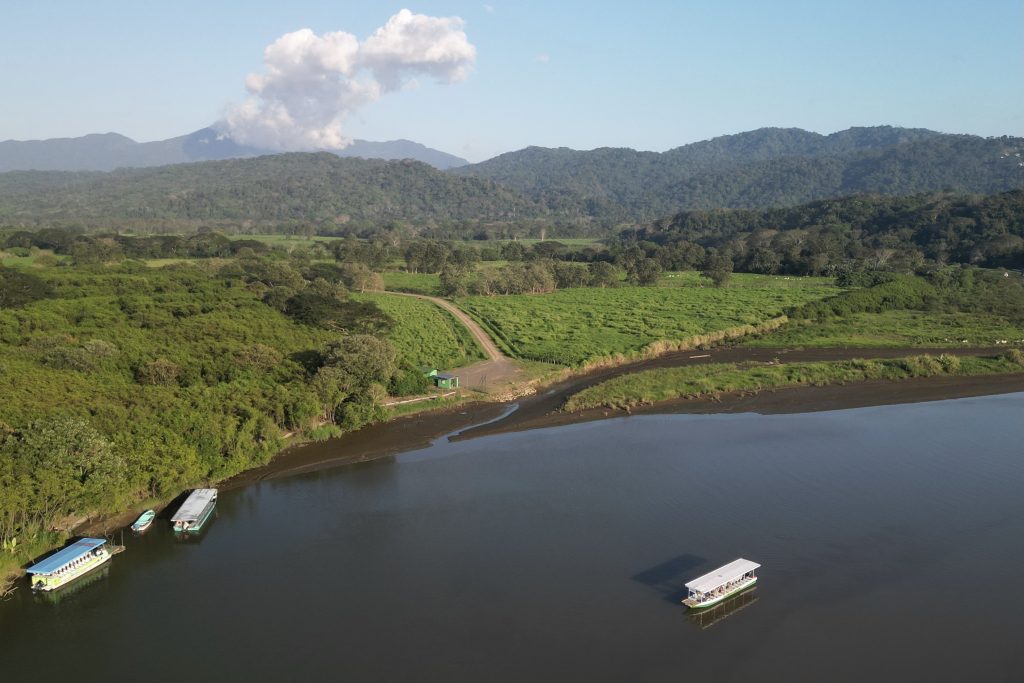
We walked back onto the bus and then drove to the Rio Tarcoles for lunch, then checked into our hotel and headed back out for a sunset birding boat tour on the lower stretch of the Rio Tarcoles. This riverway is home to tons of aquatic birds and provides excellent opportunities for photography. As soon as we stepped onto our private boat, we had birds all around us. The first things spotted were Wood Storks, Roseate Spoonbill, Great Kiskadee, and a stunning Bare-throated Tiger Heron walked right up to the boat! We cruised upstream and spotted Amazon, Belted, Green, and Ringed Kingfishers along the riverbank.
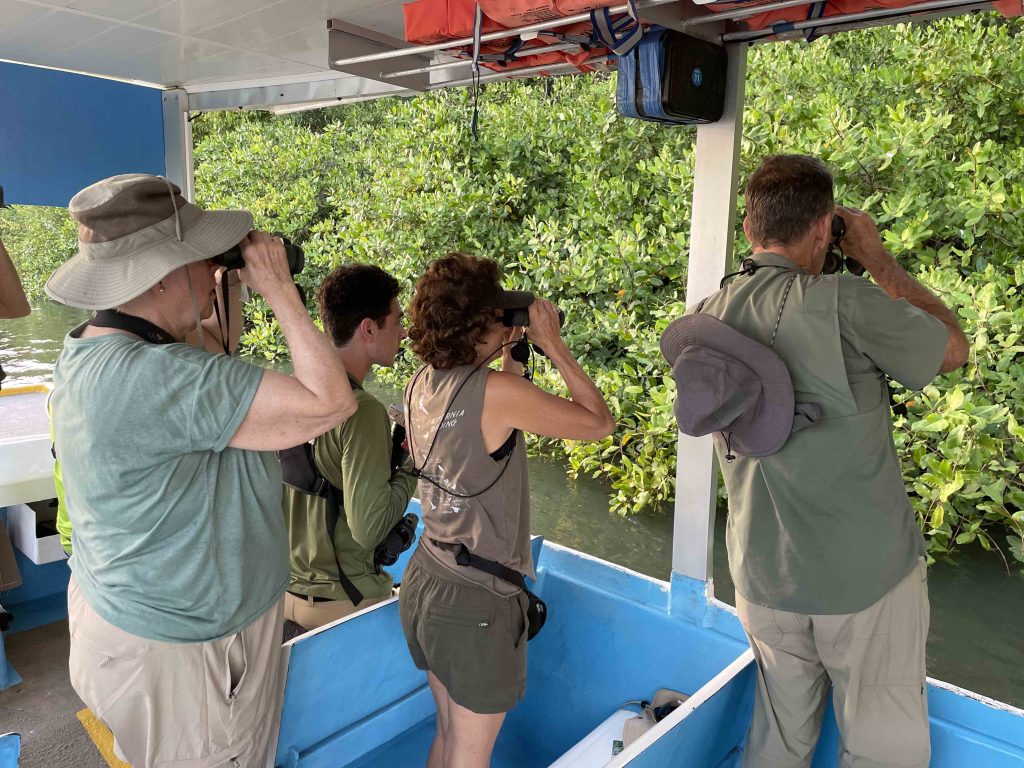
Afterward, we headed downriver to scope out shorebirds foraging along the sandy bank, which yielded Black-bellied, Semipalmated , the big-billed Wilson’s Plover , and a single Ruddy Turnstone that got flagged as rare on eBird! Across the river, we observed 200+ Brown Pelicans coming into roost atop the mangroves, and perched nearby were a handful of Magnificent Frigatebirds . We then headed into the mangroves to search for the range-restricted Mangrove Hummingbird which visits Tea Mangrove flowers. In addition to spotting this little cutie, we also got great looks at a pair of perched Common Black Hawks and a pair of Yellow-naped Parrots calling raucously from the canopy. As the sun started to dip, we cruised over to look for one of the main Tarcoles targets, the charismatic Boat-billed Herons also locally known as the Chocuaco . This time we got on two of them peering through the cover of the mangroves.
During our 2.5-hour private boat tour, we observed a whopping 54 species of birds and got all of the main targets! An experience our group won’t soon forget!
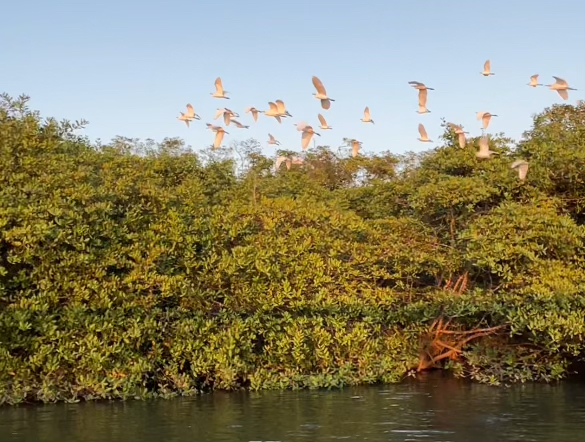
We disembarked the boat and made our way to our lodge to refresh, grab dinner at a local restaurant, and head back to our lodge. Before we went to lay down for the night, we did a quick search for owls, hoping for the common Pacific Screech Owl, but instead of this pint-sized predator, we spotted a stunning Black-and-White Owl . It perched close by affording excellent photo opportunities and time to view this handsome bat-eating predator through the scope. Here we also spotted our first Caprimulgid, the Common Pauraque .

Before breakfast, we birded the grounds of our eco-lodge, and the first birds spotted were Ferruginous Pygmy Owls . One of the individuals was the uncommonly seen Rufous Morph! We also spotted a Yellow-throated Toucan , the first toucan of the tour! Following that, we got on Lesson’s Motmot . In the breakfast area, we had a pair of White-whiskered Puffbirds and Crested Guans perched overhead. A great start to day three!
After a delicious breakfast, we drove to Carara National Park. Carara National Park spans 52,850 acres and holds immense ecological importance as a vital habitat for numerous endangered species, including Scarlet Macaws and jaguars, within its transitional zone between the dry north and wetter south. Established in 1978, the park’s history intertwines with conservation efforts, showcasing the nation’s commitment to preserving its rich biodiversity and serving as a beacon for tropical rainforest conservation worldwide.
We spent most of our day walking the trails in search of new birds. In the parking lot, we got great looks at the stunning Golden-hooded Tanager and a Lesser Nighthawk day roosting on a tree branch! Shortly after walking the trails, we heard a Streak-chested Antpitta calling in the distance and got great looks at an adorable Purple-crowned Fairy preening itself. As we continued walking along the trails, we observed Northern Black-throated & Slaty-tailed Trogons . Other notable species we observed in the park included Great Tinamou, Tawny-winged Woodcreeper, Riverside Wren, Buff-rumped Warbler, Orange-billed Sparrow , and Chestnut-backed Antbird.
After a full morning in the park, we departed for lunch and a quick siesta in our rooms. At about 3:00 PM, we drove a short distance to the Tarcoles area to do some sunset birding. We picked up 46 species during our exploration, including more Scarlet Macaws, Barred Antshrike, Streak-headed Woodcreeper, Southern Beardless Tyrannulet, Rufous-breasted Wren, Rose-throated Becard , and Common Tody Flycatcher.
To close out the day we took in the sunset along the beach with some Laughing Gulls and Wood Storks . After our delicious dinner and checklists, we went back to the lodge to turn in for the night.
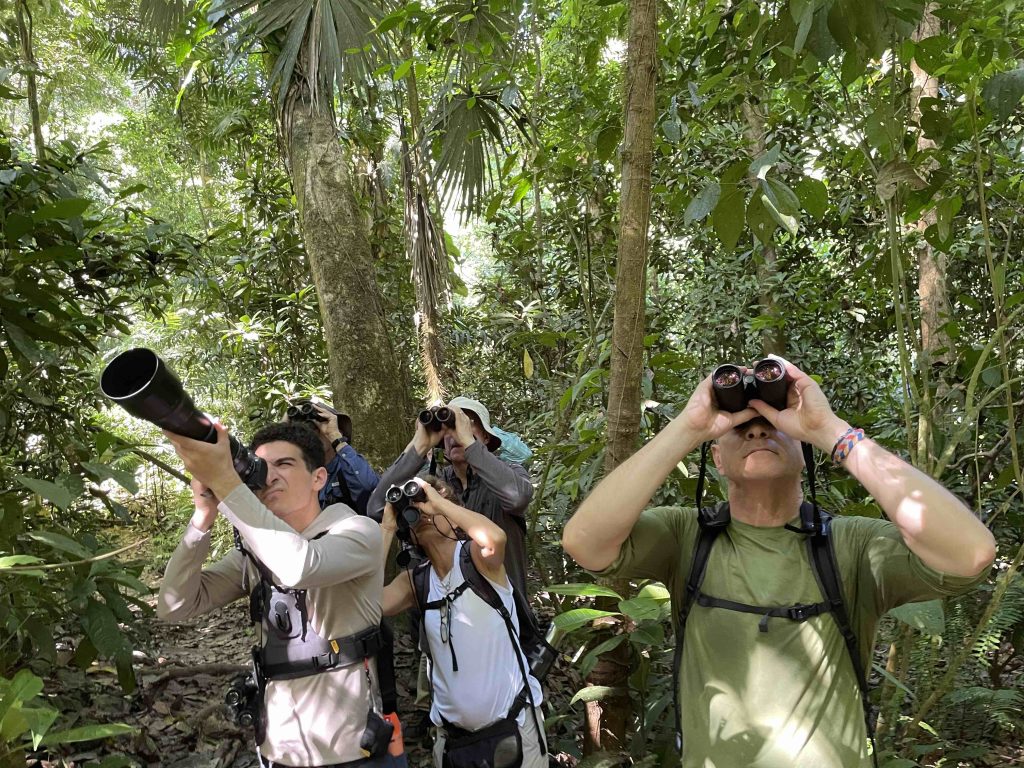
Today, we departed the central Pacific lowlands and made our way through southern San Jose up to the Talamanca Mountains via the Cerro de La Muerte highway. After a couple of stops for restrooms and lunch, we made a stop along a forested stretch to do some road birding. The Savegre Valley is our home for the next few days, and home to tons of regional specialty birds that are only found in the highlands of the Talamancas, contained within Costa Rica and extreme western Panama. At this first stop, we picked up Sooty-capped Chlorospingus, Flame-throated Warbler, Volcano Hummingbird, White-throated Mountain Gem , and brief looks at the stunning Fiery-throated Hummingbird .
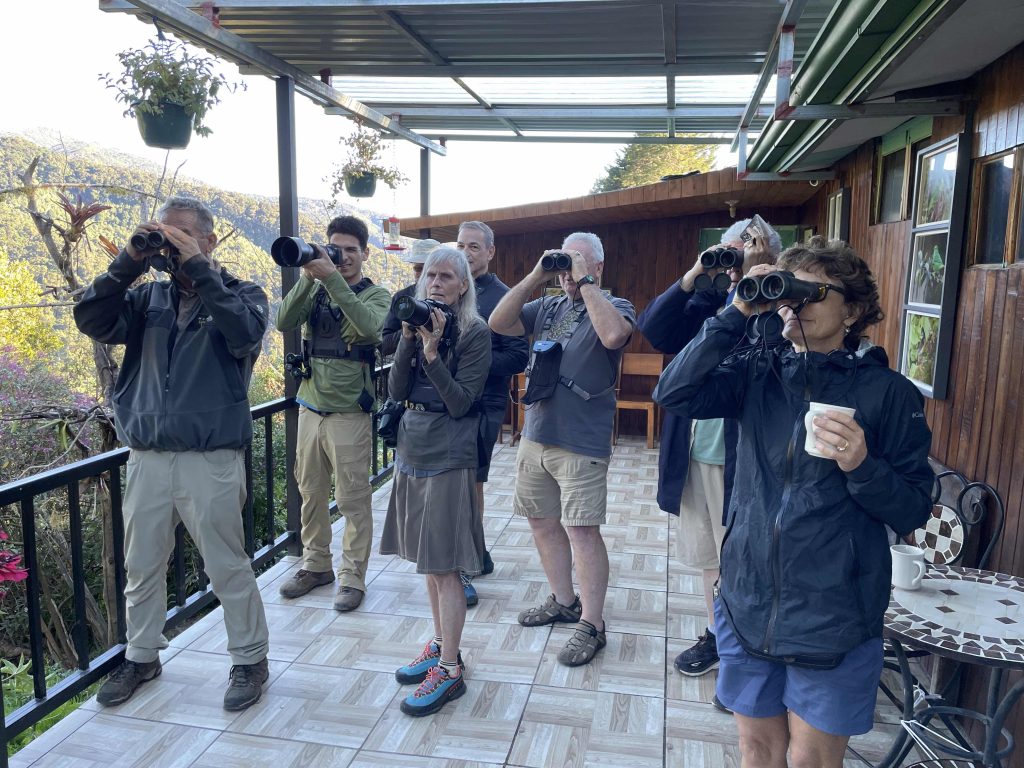
From here, we descended a bit further into the upper Savegre Valley with a stop at a local cafe, which has some awesome coffee and great fruit feeders, providing close looks at more regional endemics. Here, we got to closely observe the Large-footed Finch, Yellow-thighed Brushfinch, Talamanca Hummingbird , and the vibrant Flame-colored Tanager . Other birds we observed included the Acorn Woodpecker whose range extends from coastal British Colombia, Canada, down through the oak-pine woodlands of Mexico, through the Andes mountains of Northern South America. A welcome and surprising sight to many of our West Coast participants!
With the sun getting low, we drove a short distance to our lodge. We checked into our rooms and met up for dinner went over our bird checklist and settled in for the night.
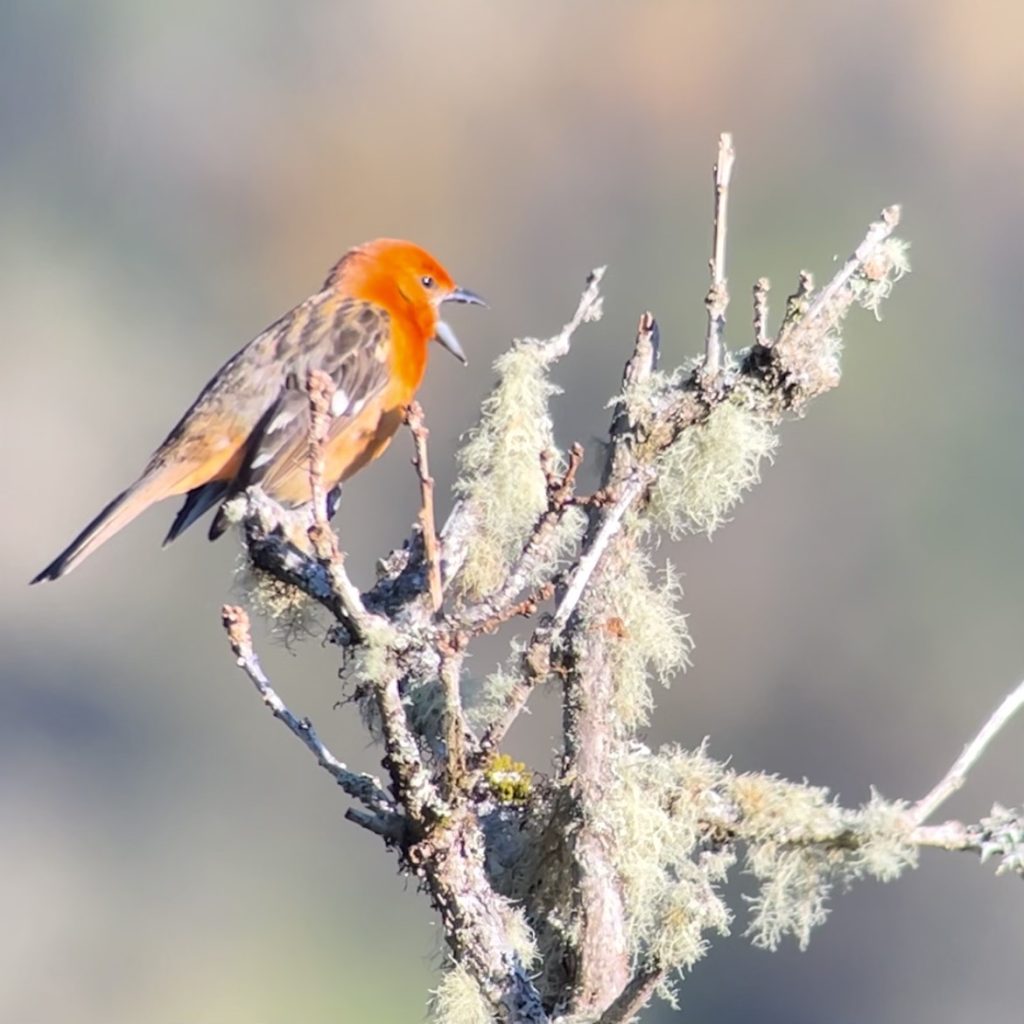
Today, our primary target was the Resplendent Quetzal , which required an early departure to descend into the lower section of the Savegre Valley. Along the way down, we passed through the gorgeous cloud-forest habitat and made our way to search for the king of the highlands, the most regal bird we have. Our visit was to a farmer’s property which hosts a breeding pair of birds. Attracted by the small avocado fruits native to the region, our group got some great looks at Resplendent Quetzals . Both a male and a female were present, and we got to see them foraging briefly. Everyone was stoked, first stop, double quetzal action!
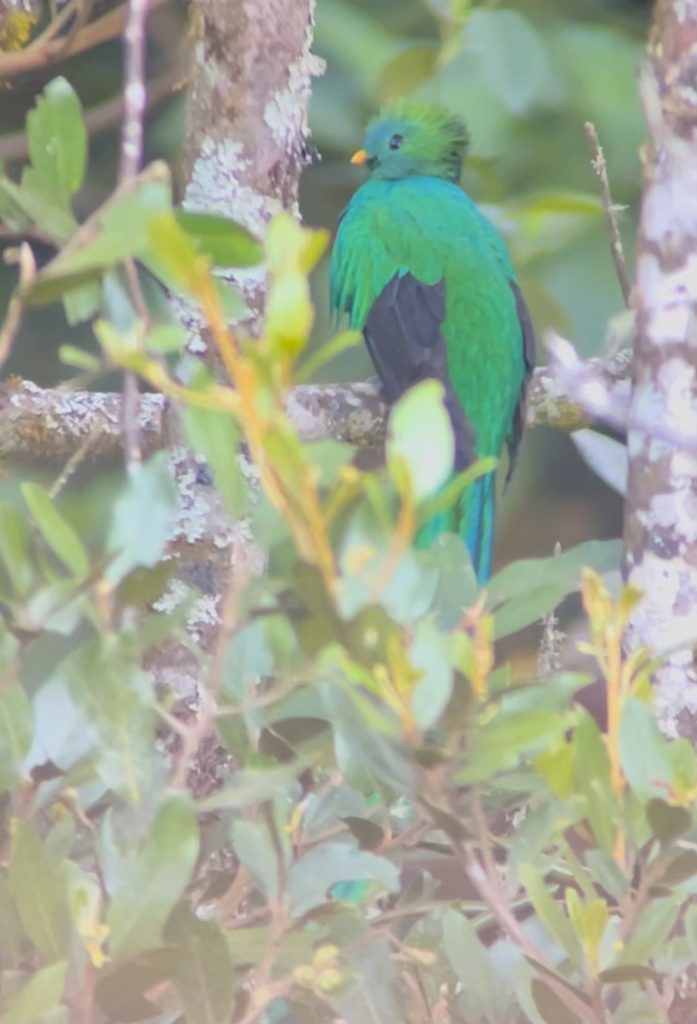
On the walk back to the van, we looked for the American Dippers we spotted on the way in. Back up the hill for breakfast at our lodge, we enjoyed a delicious meal with views of Yellow-thighed Brushfinch, Flame-colored Tanager, and Acorn Woodpecker visiting the fruit feeders outside.
Following our morning fuel up, we headed down the valley and did some stop, walk, and birding along the road. Here, we got great looks at Sulphur-winged Parakeets, Torrent Tyrannulet, Dark Pewee, Spangle-cheeked Tanagers, Long-tailed Silky-flycatchers , and Stripe-tailed Hummingbirds , to name a few. Out above the far west ridge, we picked up three White-collared Swifts quivering in the distance.
We went for lunch in the valley and then made our way straight to the highest point nearby. We chugged up the road and turned towards the Paramo. This tropical alpine ecosystem is extremely limited in Costa Rica. This patch of habitat in the country hosts two special birds, the Volcano Junco, and Timberline Wren. It took some time wandering around the stunning landscape to eventually get on the Timberline Wren . The paramo was quite sunny and windy, which are not ideal conditions for birding. However, we did get on Black-capped Flycatcher, Slaty Flowerpiercer, and Scintillant Hummingbird .
Everyone was eager to drop in elevation as 11,000 feet can be a bit chilly in Costa Rica. So we warmed up in the van and descended for coffee and hot chocolate at a nearby cafe, the same one we visited the day prior. We closed out the day with hot beverages and satisfying looks at White-throated Mountain-Gem, Lesser Violetear, Sooty-capped Chlorospingus , and the stunning Flame-colored Tanager .
Dinner and checklists before bed to do it all over again tomorrow!
To take advantage of our last day in the highlands, we hit the Savegre Valley early in hopes of getting some more looks at the Resplendent Quetzal . We lucked out and saw another pair, albeit briefly, but we all got some great looks! While birding here we also got on the Black-cheeked Warbler, Black Guan, and heard Gray-breasted Wood-Wren singing in the dense understory behind us.
After a quick mission here, it was back to the hotel to grab breakfast and bags and hit the road. We have our longest drive of the trip today, heading down to the South Pacific, near the Osa Peninsula. However, along any drive, we always take little side missions to check spots for birds, good coffee, restrooms, and snacks, and sometimes those places all occur together!
On the way out we hit the Paramo one more time and lucked out with everyone getting to see the Volcano Junco , which we missed the day before! From here, we drove down the Cerro De La Muerte where our next stop was to an aforementioned all-in-one stop. With fresh juices in our hands, and new gorgeous species in our binos, everyone had a smile on their face. Red-legged Honeycreepers, Streaked Saltators, Blue Dacnis , and Boat-billed Flycatcher tend to do that to folks. We met some other nice birders and continued down the road.
We had a late lunch south of Dominical and continued towards our South Pacific lodging for the night. Along the entrance road, where grassland, riparian, and forest edge meet, a wide assortment of birds thrive. With the late afternoon light soaking through the vegetation, we sorted through an astonishing 46 species. Some of the crowd favorites included Scarlet-rumped Tanager, Red-lored Parrot , and Yellow-throated Toucans eye-level on the road!
The real star of the show was the Laughing Falcon who perched nearly motionlessly from a shrub-like tree in the middle of the field, scanning with focus for snakes. Everyone reveled in this fantastic raptor spotted by Fito!
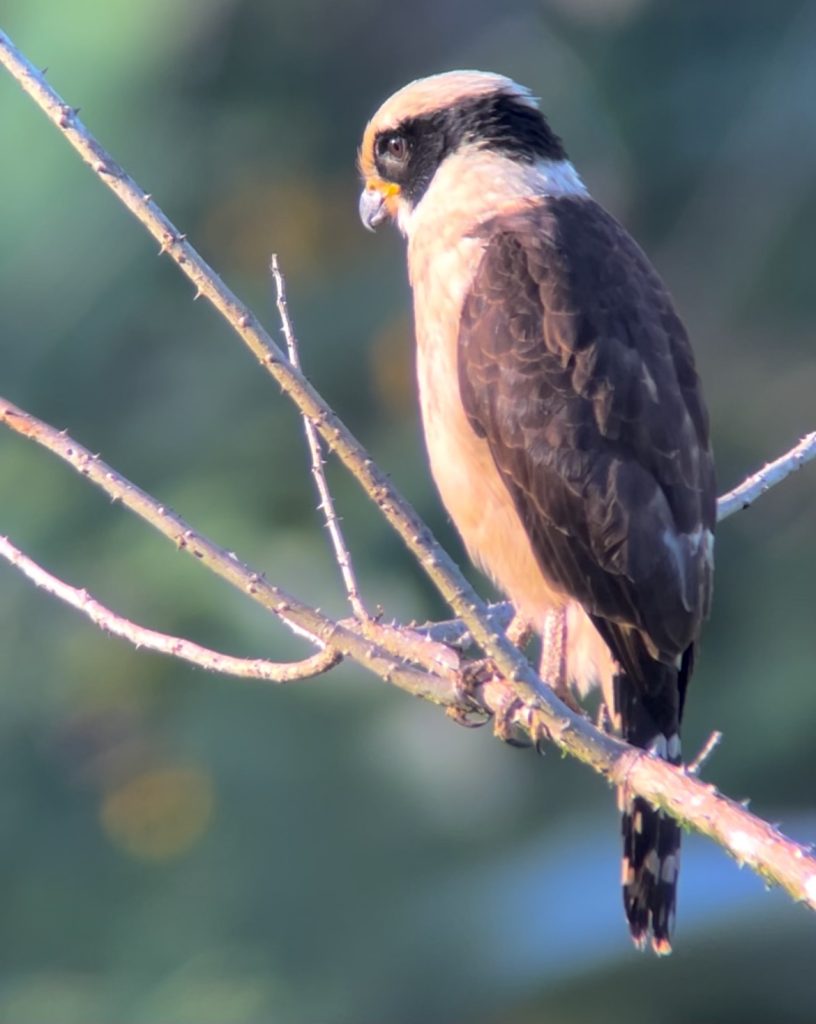
We loaded the bus, tallied our new birds, and pulled into the incredible grounds of Esquinas Rainforest Lodge. Back to Piedras Blancas National Park, and its beautifully landscaped surroundings, we were in a completely other world. Warmer, lower, and all the more “tropical”. After checking into our rooms we had some downtime to swim, shower, and relax.
Dinner, checklists, and an optional night stroll to look for nocturnal creatures followed. While walking under the light of the nearly full moon, we didn’t hear any owls. But we did see a Common Pauraque on the road, cryptically hunting insects. On our stroll back, we got to see the gorgeous Pacific Red-Eyed Treefrog, spotted by Steven, one of our participants!
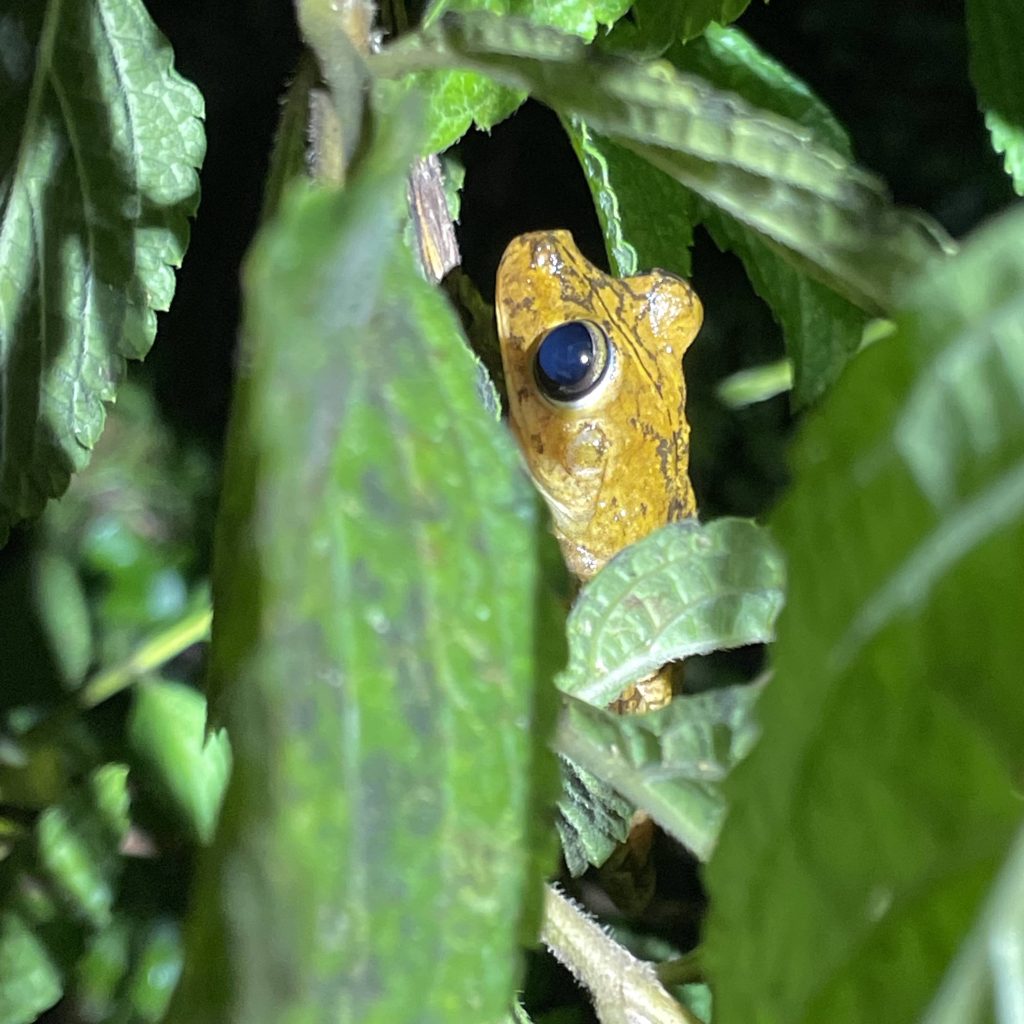
Today we woke up with hot beverages while casually birding the grounds until our official start at 6:00 AM. During our pre-breakfast walk we observed some 34 species and lots of new birds for the trip! Some stunners included Great Curassow, Common Tody-Flycatcher , Gray-cowled Wood-Rail , Charming Hummingbird , Mealy Parrot , and a group of Fiery-billed Aracaris putting on a show. After breakfast, we skedaddled on the bus to bird the surrounding areas. On our way out we picked up a gorgeous Fork-tailed Flycatcher perched on a barbed wire fence in the field. On our drive, one of our participants, Ian, spied a King Vulture soaring overhead in a kettle of Black Vultures . We pulled over and everyone got on the largest and most beautiful vulture in Costa Rica! We also picked up a distant Gray-lined Hawk hanging with the kettle!
A few minutes back in the bus, we birded another roadside stop. Here we got on the Veraguan Mango , a great southern specialty! Other birds that popped into view included Isthmian Wren , Amazon Kingfisher , and the stunning Pearl Kite ! Black-bellied Whistling Ducks, Wood Stork, Roadside Hawk, Summer Tanager , and Crested Caracara were seen nearby.
After a good session in the surroundings, we made our way back to the lodge for lunch. Following a lunch break and a quick refresh, we loaded up for a drive to search for an epic target. Upon arrival, we were greeted by a large fig tree full of fruits where White-faced Capuchin Monkeys and Fiery-billed Aracari gathered. After being completely absorbed by the interaction, we walked to scan the river from the bridge. Our primary target here was the Yellow-billed Cotinga . We spotted it about 20 minutes into our session, deep downriver perched in the dry upper branches of a distant tree. We birded from our vantage point while waiting to see if the cotinga would come into the fig tree. While waiting, we spotted a Roseate Spoonbill, Magnificent Frigatebird, Tricolored Heron, Yellow-throated Toucan , Masked Tityra , and Red-lored Parrot . No luck on the Yellow-billed Cotinga , but then a bright turquoise shape perched atop the fruit-laden fig tree grabbed our attention. Much to our surprise it was a stunning male Turquoise Cotinga feeding nearby. As we moved to the other side of the bridge, the bird decided to move on, but while it flushed we got a brief but satisfying glimpse of this flying gem. This cotinga is a more challenging bird to spot at this location than the Yellow-billed!
Fifty-five species later, it was time to get the show on the road, as we still had a 1.5-hour drive back to the lodge. While we motored home we were treated to a rich orange sunset warming tree silhouettes and putting gratitude in our hearts!
Back at the lodge we rinsed and rallied for dinner! The end-of-day checklist and a brief owling attempt yielded more Common Paraques .

Our morning of birding at Esquinas Rainforest Lodge started with hot beverages and casual birding from the dining area. At 06:00 we kicked off with an epic show of Trogons foraging overhead. We counted six Slaty-tailed Trogon , one Baird’s , and one Gartered ! We also got another chance to soak up views of the Laughing Falcon perched nearby.
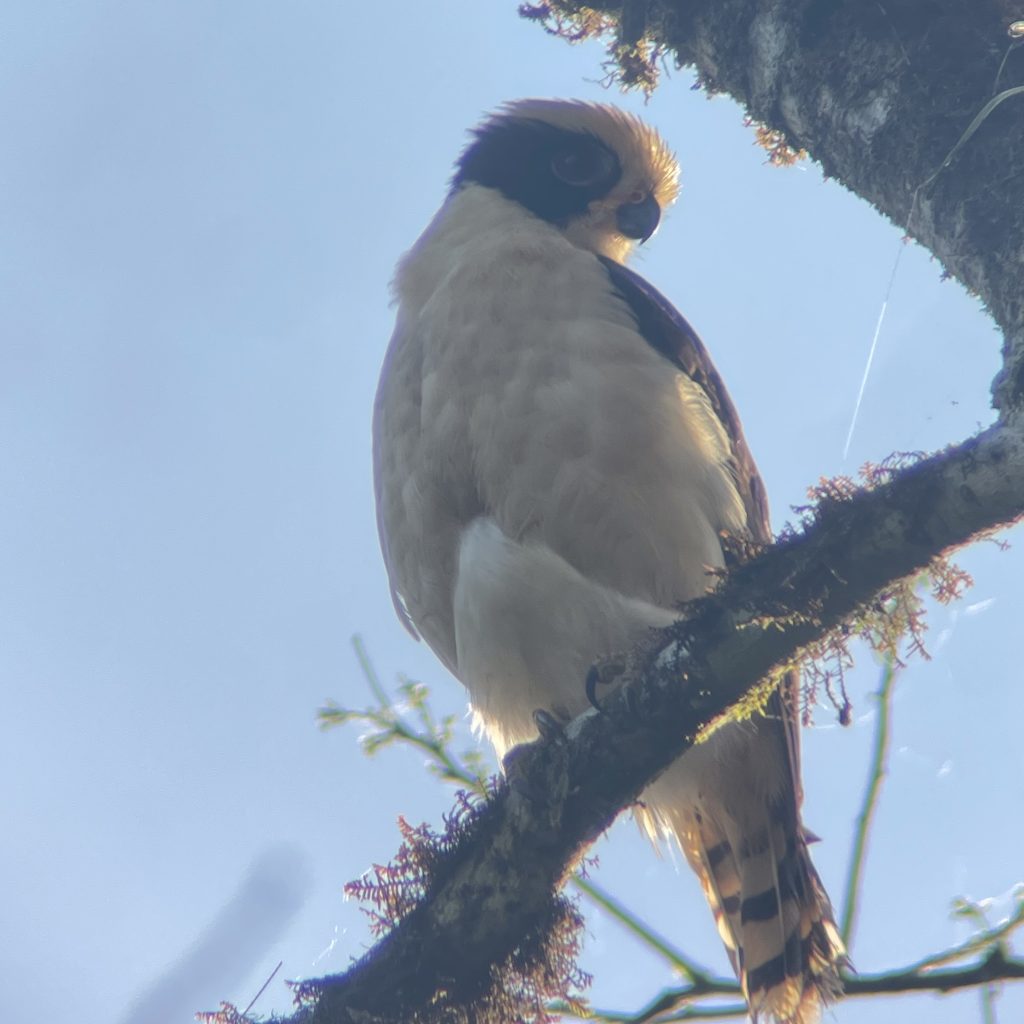
While we slowly walked the nearby trails, we picked up Scarlet-rumped Cacique, Buff-rumped Warbler, White-shouldered Tanager , and got brief views of the endemic Black-cheeked Ant-Tanager . The full morning of birding also yielded great looks at White-necked Jacobin seen hovering along the roof edge where we ate breakfast. The morning produced a good raptor showing of King Vulture, Swallow-tailed Kite, Short-tailed Hawk, Gray-lined Hawk , and an epic Black-hawk Eagle , the last bird spotted before lunch. In the back of the sky, Fito was well rewarded for keeping his eyes to the skies. This late morning visitor put a smile on everyone’s face and a +1 on many folks’ life lists!
After a delicious lunch, we got to closely observe a Ringed Kingfisher gulping down a fish on a perch visible from the dining area. Right before we departed, a group of Fiery-billed Aracaris gave a great show as the five of them bounced around the cecropia limbs in plain view for our group and the other guests, seeing them behind the scope was a highlight for many viewers!
Hard to peel ourselves away from Esquinas, but alas we had more birds to see! We drove for a few hours to Perez Zeledon and stopped on the outskirts of the city to try for a better look at a stunning bird. After about five minutes of scanning, we found the stunning Turquoise Cotinga , again! In addition, we had great looks at a pair of Yellow-throated Toucans excavating a tree cavity to prepare for nesting!
Along the fenceline, we had fun comparing similar-looking yellow flycatchers, and then a flock of Least Sandpipers flew overhead, which was a pleasant surprise! After checking in and settling into our rooms, we met back up for dinner and checklist. Another fantastic day of birding and more to come tomorrow!
Delicious local cuisine from the hotel fueled us before heading into the mountains above the city of Perez Zeledon. Our first stop was to a stunning property where lovely gardens bordered native flora and attracted a host of excellent birds! The main target Snowy-bellied Hummingbird was observed in our first handful of minutes here. Amongst the wide makeup of birds here included Bay-headed, Silver-throated, Scarlet-rumped, Blue-gray, Golden-hooded, and Speckled Tanagers ! We also were happy to see both the Red-legged and Green Honeycreepers popping in and out. Soaring on the morning’s thermals we picked up a Double-toothed Kite, Gray and Short-tailed Hawk . After a productive stop here, we loaded and headed up the road.
Our next birding foray happened just before lunch. At this stop we were pleased to get great looks at Red-headed Barbet, Violet Sabrewings, Green-crowned Brilliant, Long-billed Starthroat, White-tailed Emerald , and Snowy-bellied Hummingbird .
This short stop was productive, and yet we still had more road to cover, soon we would head back into the highlands of the Talamanca Mountains. Cerro de La Muerte awaited us, and so too did lunch! We arrived at a highland birding lodge to pick up some missing highlands specialties!
First new bird spotted was the Black-and-Yellow Silky Flycatcher , and then a stunning male Quetzal was spotted next to a fig tree with an exposed branch. We were so pleased and surprised to see Resplendent Quetzals for a third day on the tour, and it was late morning to boot, not a common time to see them! We went in for lunch and continued to explore. Hummingbird activity was low, so we took advantage of the grounds for more birding. The weather was great and the birds were quite active, with our group spotting four more Quetzals including several females and a male making short flights amidst foraging. The birds were so close that many folks got great images on their phones!
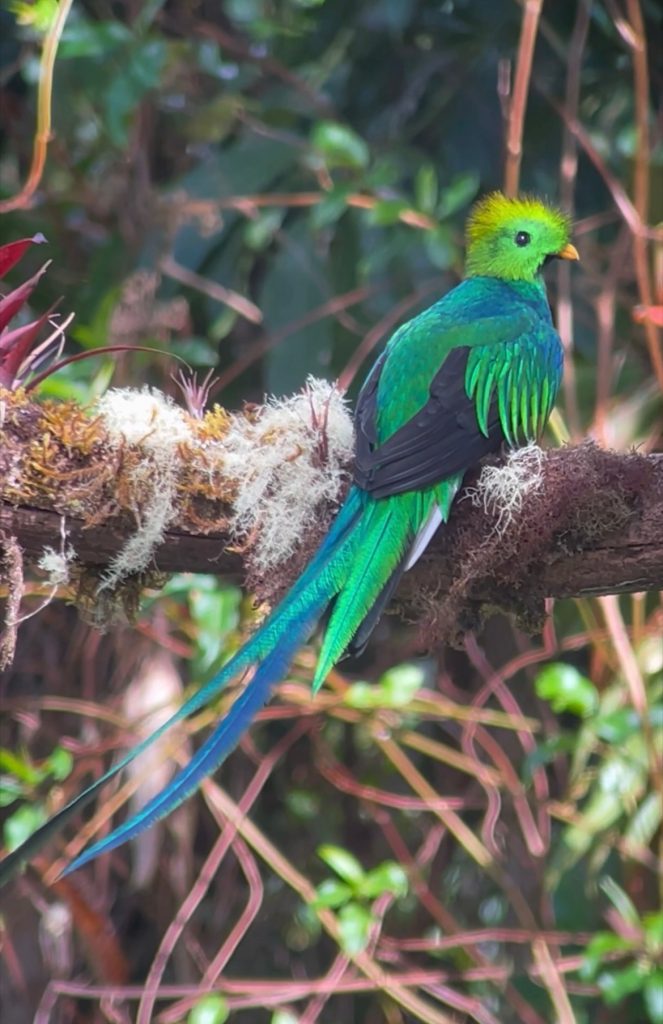
After a riot of a time with the Quetzals, we explored the garden area. Here we were further blessed with eye level experiences with the electric Golden-browed Chlorophonia . Several pairs foraged on the ripe fruits growing on the garden grounds. We were also pleased to observe an exquisite Fiery-throated Hummingbird zipping between the fuschia and other flowering plants. Barred Parakeet were heard overhead, and a pair of Costa Rican race of Hairy Woodpeckers were seen drumming on a dead tree.

What an incredible way to wrap up our birding time in Costa Rica! With a few more hours of driving ahead of us, we snapped some group pics, and made our way down Cerro de La Muerte, motoring on to the Central Valley and back to our hotel.
On the way back we picked up a White-tailed Kite which sat perched about 200 yards out, and then offered a flyby while we were stopped at the traffic light. Epic to see this resident raptor, especially since they can be easy to miss, and that we could compare its size to the tiny Pearl Kite we got on earlier in the trip!
After enjoying sunset on the road and plugging away through San Jose city traffic, we unloaded at Hotel El Rodeo! With 30 mins for a refresh, we circled back at dinner for final checklists and tour wrap up!
After our lovely dinner we retreated to one of the hotel’s lounge areas to add our final observations. Folks shared their heartfelt gratitude and although we were sad the tour was over, we were grateful for the time we shared.
In total, we wrapped up with 284 species of birds ! However, the incredible memories, delicious meals, and belly laughs we shared along the way solidified our incredible tour together!
On our final morning we bid a farewell and thank you to our guide Fito and our driver Melvin, who had been instrumental in making our birding tour a success.
With our bags packed and our hearts full of gratitude, we made our way to the airport to begin our journey home. As we boarded our flights and soared into the sky, we carried with us the joy of birdwatching in one of the most biodiverse countries in the world. Until next time, Costa Rica!
Check out the eBird Trip Report

Join us next time in Costa Rica!
2025 costa rica departures.
Northern Region – Jan 3-11 // $3450
Central Sur Region – Jan 29 – Feb 7 // $4150
* Payment plans available too!
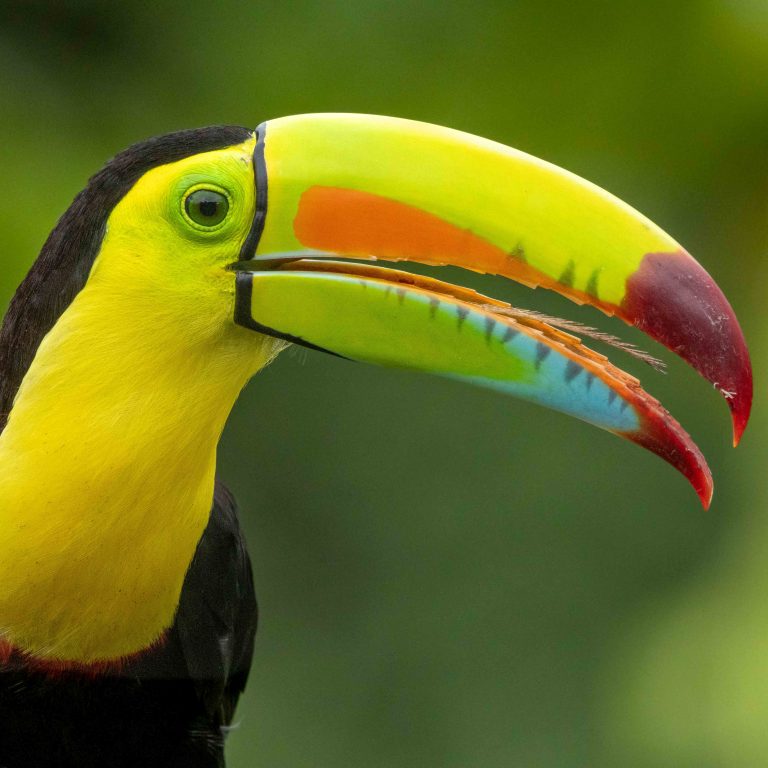
Recent Articles
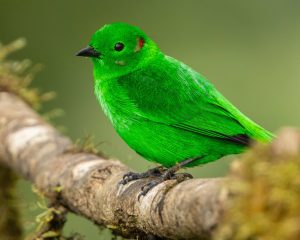
Trip Report: NW Ecuador Birding Tour – March 2024

Trip Report: Costa Rica Central Sur 2024 Birding Tour
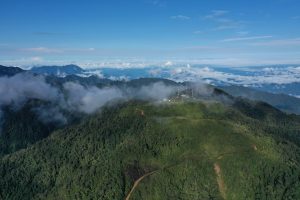
5 Incredible Birds from the Colombian Andes

Why is Ecuador such a bio-diverisity hotspot?
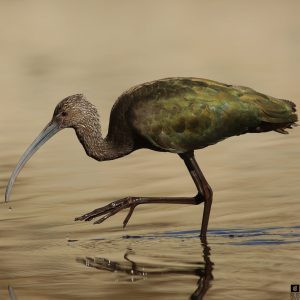
BIRD Walks and Philanthropy
Canada by car.
- February 2024
- January 2024
- August 2023
- October 2018
- September 2018
- February 2018
- ASSUMPTION OF RISK, WAIVER AND RELEASE
- REFUND, RETURNS AND CANCELLATION POLICY
- TERMS AND CONDITIONS
- PRIVACY POLICY
- RESPONSIBILITY STATEMENT
Join the Birding Movement
Subscribe to our newsletter.
- Local Bird Walks
- Threads (Clothing / Merch)
- Private Walks/ Custom Groups
- Photo Workshops
- International Tours
- What's a bird?
- Intermediate
- Experienced
birdsbybijs
Benny Isaac Jacobs-Schwartz (BIJS) • International Birding Tours • Group & Private Guiding in California ↓ Check out my tours ↓
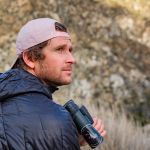

Costa Rica: Complete Tour Report, April 2023
Go to Costa Rica bird tour page | Neotropical bird tours | Neotropical trip reports | All our birding tours
DOWNLOAD TRIP REPORT
28 th MARCH – 12 th APRIL 2023
By Eduardo Ormaeche
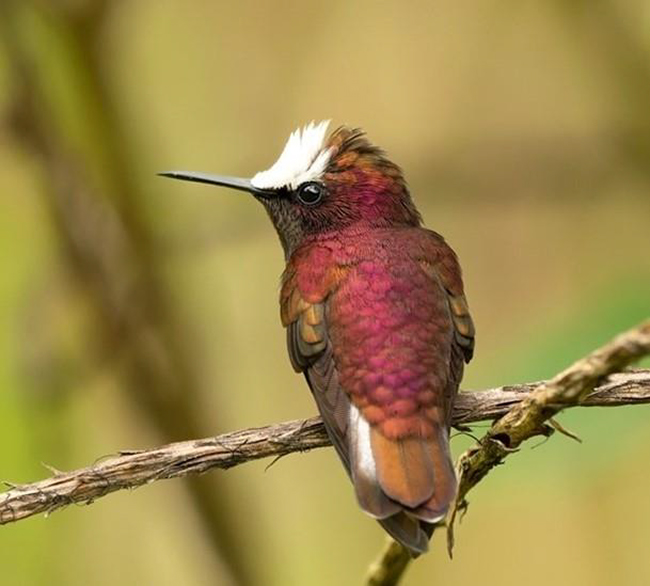
Snowcap was one of the highlights of the trip (photo Vernon Campos).
Our Complete Costa Rica Tour 2023 was really memorable, a great success and a pleasure to guide, having all the ingredients for a great trip. The driver was remarkable and friendly, and we had a fantastic group of fun-filled and friendly participants who were good travelers, hyper-enthusiastic, patient, and great spotters. The weather was favorable, the ground logistics well-planned and executed, and everything seemed to come together perfectly. We fully enjoyed our Costa Rica experience, and saw some of its most remarkable avifauna, including country endemics, regional endemics and some iconic Neotropical birds.
This was a dream trip for those who were setting foot in Central America for the first time, with birds such as the most-wanted and representative Resplendent Quetzal , Snowcap , Sunbittern , Sungrebe , Roseate Spoonbill , Jabiru , Scarlet and Great-green Macaws , Yellow-throated and Keel-billed Toucan , Turquoise-browed , Lesson’s and Keel-billed Motmots , Rufous-tailed Jacamar , Crested , Spectacled , Striped and Black-and-white Owls , American Dipper , Baird’s , Gartered , Black-headed and Black-throated Trogons , American Pygmy Kingfisher , Yellow-breasted Crake , Pinnated and Least Bitterns , White Hawk , Black Hawk-Eagle and Ornate Hawk-Eagle .
Additionally, we saw regional endemics and country targets such as Yellow-billed , Snowy and Turquoise Cotingas , Black-cheeked Ant Tanager , Flame-throated , Black-cheeked and Black-eared Warblers , Buffy Tuftedcheek , Ruddy Treerunner , Wrenthrush , Spangled-cheeked Tanager , Prong-billed Barbet , Lesser Ground Cuckoo , Nicaraguan Grackle , Nicaraguan Seed Finch , and many more. We also saw a fine selection of wildlife, from colorful frogs to mammals like the charismatic Brown-throated Sloth , Baird’s Tapir and Central America Spider Monkey .
Over the course of 17 days we explored from San Jose south to Golfito near the Peninsula de la Osa, through the Talamanca Mountains, to the Caribbean foothills and wetlands near the border with Nicaragua. We were serious about looking for birds, but this was well balanced with great relaxing times, enjoyable drinks and the euphoric feeling of being on tour. There was a good mixture of fun times, reflective thinking times, variety of habitats, breathtaking sunsets, starry nights, hot and cold weather, more drinks, Gallo Pinto again, and ending with the great satisfaction of having made new friends that one wants to tour with again in future.
Continue reading to get a glimpse of what our Costa Rica 2023 tour was like. Always “ Pura Vida ”!
Detailed Report
Day 1, 28 th March 2023. Arrival in San Jose and transfer to the hotel Robledal
The group arrived in San Jose on different flights, with some of the participants deciding to arrive a day early to rest and avoid jet lag. We all met at Hotel Robledal in the afternoon, where we had the chance to do some preliminary birding around the gardens and get aquainted with each other. This was the first experience of Neotropical birding for some of the tour participants. Everyone was excited and happy. During our short birding session we saw Ferruginous Pygmy Owl , Rufous-backed Wren (also treated as Rufous-naped Wren ), Clay-colored Thrush (Costa Rica’s national bird), Great-tailed Grackle , Melodious Blackbird , Tropical Kingbird , Great Kiskadee , Blue-grey Tanager , Hoffmann’s Woodpecker (named after Karl Hoffmann, a 19 th century physician, naturalist and collector who lived in Costa Rica; other species named after him include Hoffmann’s Two-toed Sloth), and White-winged Dove . A joke turned our attention to the lyrics of US singer Stevie Nicks’ well-known song Edge of Seventeen , where the White-winged Dove is mentioned several times in the main chorus. This chorus became our anthem for our trip:
“Just like the white-winged dove Sings a song, sounds like she’s singing Ooh, ooh, ooh”
It felt great having such happy and enthusiastic tour participants. This tour was characterized by great cameraderie looking for birds, exploring new hunting grounds, and having fun together.
Costa Rica was calling!
Day 2, 29 th March 2023. Birding Guacimo and transfer to Villa Lapas
This was one of the most amazing birding days of the entire trip. We started at 5am, birding the hotel grounds for an hour before breakfast was served. We had the same species from yesterday, and additionally spectacular views of Spot-breasted Oriole, Cinnamon-bellied Saltator , White-fronted Parrot , Inca Dove , Red-billed Pigeon , Summer Tanager , Green-breasted Mango , Yellow Warbler , Boat-billed Flycatcher and, at the last minute, great views of Plain-capped Starthroat . We checked the sky, looking for raptors, but we only got Black Vultures and some nice flocks of Finsch’s Parakeet (also called Crimson-fronted Parakeet) flying low above the garden.
We ate breakfast and met Luis, our driver for the whole tour, and Vernon, a local guide who joined us for the first week of the trip. We loaded the truck and left the hotel towards the Pacific slope, with the intention of birding the dry habitats along the Guacimo road. The weather was pleasant and the birding outstanding. We started with species such as Cinnamon and Blue-vented Hummingbird , Streak-backed Oriole , Blue Grosbeak , the beautiful Turquoise-browed Motmot (Nicaragua’s national bird), Olive Sparrow , White-lored Gnatcatcher , Variable Seedeater , Buff-throated Saltator , Lesser Greenlet , Great Crested Flycatcher , Greenish Elaenia , Nutting’s Flycatcher (named after Charles Nutting, a 19 th century US zoologist), Mistletoe Tyrannulet , Streaked Flycatcher , Yellow-throated and Yellow-green Vireos , and Brown-crested Flycatcher . We managed to detect the elusive Banded Wren but only a few of us got silhouettes of this scrub skulker. We went calmly from one bird to another until excitement suddenly spiked with a Pacific Screech Owl found on a daytime roost. Other highlights included a nice flock of Broad-winged Hawks , our first encounter with Zone-tailed Hawk , Orange-fronted Parakeet , a King Vulture that flew by and gave decent views and, to crown the morning, spectacular views of the highly attractive Long-tailed Manakin (male). We also got good views of Southern Lapwing and Double-striped Thick-knee while scanning the open fields.
After this great session we arrived at a hot Villa Lapas, where we got lunch, had a short break and then went to explore the road above the lodge. During this afternoon session we managed to get great views of Fiery-billed Aracari , splendid Scarlet Macaws , Black-headed Trogon , Yellow-throated Toucan , Bat Falcon , Barred Antshrike , Dusky Antbird , Grey-headed Tanager , the first Green Honeycreeper , Grey-headed Chachalaca , Crested Guan , White-shouldered and Golden-hooded Tanagers , and Northern Mealy Amazon . It was one amazing bird after another, and then exhilaration exploded when everybody saw Painted Bunting very nicely at the side of the road. After a long but productive day, we retired to the lodge, enjoyed supper, completed checklists and got nice views of the Pacific race of the Red-eyed Tree Frog.
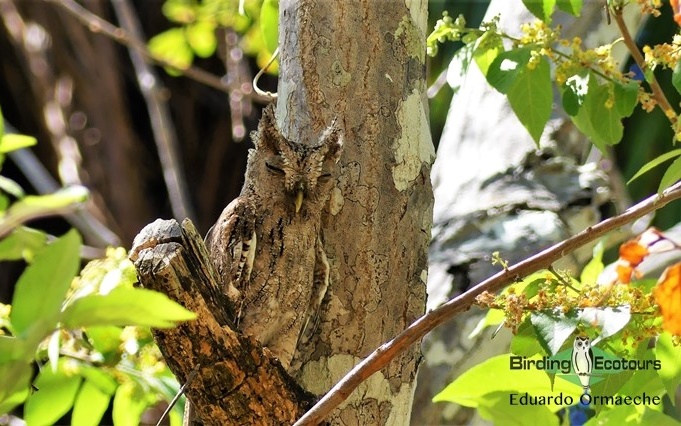
We saw Pacific Screech-Owl along Guacimo Road.
Day 3, 30 th March 2023. Villa Lapas Lodge and Carara National Park
We started the first hours of the early morning birding around the lodge, before breakfast was served and the park opened. The lodge was strategically close to the park – only a few minutes’ drive. We got some nice species, including Black-faced Antthrush , Scaly-throated Leaftosser (watching leaves being tossed was a great experience for most), Streak-headed Woodcreeper , Golden-crowned Spadebill , Pale-billed Woodpecker , Lesson’s Motmot , Black-headed and Slaty-tailed Trogons , Buff-rumped Warbler , Red-crowned Ant-Tanager (which proved difficult for most of the participants and only a few got good views as the bird was skulking really hard), Orange-billed Sparrow , Grey-chested Dove , and Common Tody-Flycatcher building a nestnext to the bridge over the river. On the river we saw our first Bare-throated Tiger-Heron , Spotted Sandpiper , and Northern Waterthrush .
We went to the Carara National Park as soon as it opened to the public to explore the lek of the Orange-collared Manakin . We met another group at the lek itself, which is located at one side of the trail in a corner, so it was an interesting experience not being able to move much and letting the birds come to us. We all had great views and, especially when the other group left, we were able to get better positions and take photos of this beautiful looking bird.
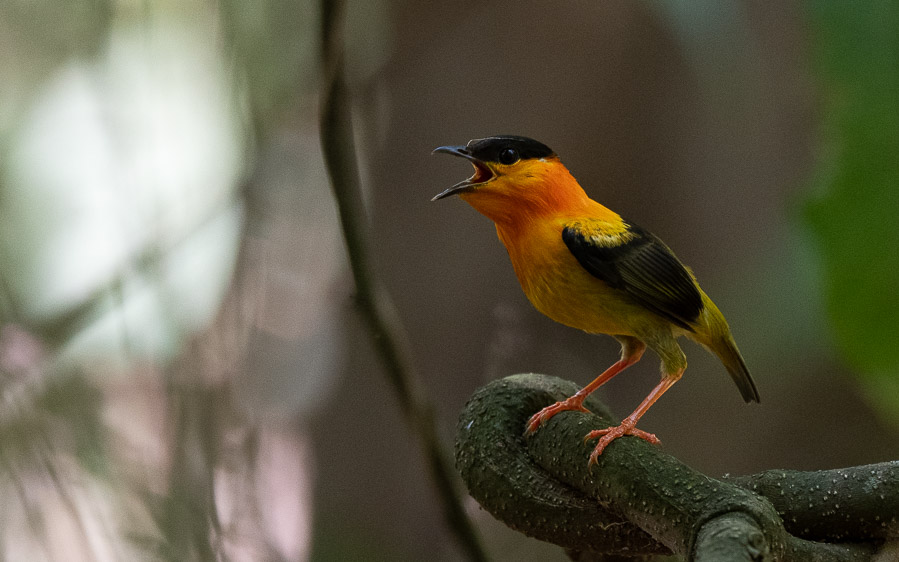
The most wanted Orange-collared Manakin was a highlight for all participants (photo Vernon Campos).
Other birds here included Grey-chested Dove , Cocoa and Streak-headed Woodcreeper , Scarlet Macaw , Squirrel Cuckoo , Blue-throated Sapphire (also known as Blue-throated Goldentail ), Lesson’s Motmot , Pale-billed and Lineated Woodpeckers , Chestnut-backed Antbird , Wedge-billed Woodcreeper , Northern Royal Flycatcher , Sulphur-rumped Myiobius (also known as Sulphur-rumped Flycatcher), Eye-ringed Flatbill , the elusive Riverside Wren , and Chestnut-sided Warbler , which was seen throughout almost the entire trip. We tried hard for the Streak-chested Antpitta , but it remained calling distantly.
We returned to the lodge for lunch, some cold refreshments and some rest before returning to the park again. The afternoon was rather quiet, but we managed to get better views of the Chestnut-backed Antbird . We walked to the forest stream to wait for birds coming to bath. We managed to get nice views of the striking Red-capped Manakin (a couple of males and a female). They close the park at 5pm and we had to rush almost nonstop to be out of the park in time, but we were lucky to spot a couple of excellent birds on the way: the recently split Chiriqui Foliage-gleaner (split from Buff-throated Foliage-gleaner and named after a province of Panama), and a few of us managed to get Blue-crowned Manakin (male) right near the exit of the park.
We returned to the lodge and, after supper, tried for Parauque ,which we saw nicely. A couple of us got silhouettes of Common Opossum high in the top of the trees.
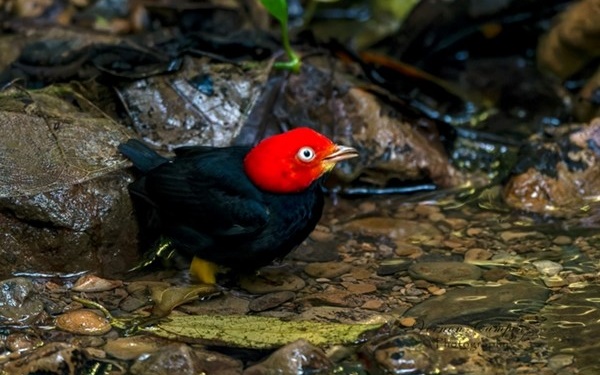
Red-capped Manakin taking a bath in the Carara National Park (photo Paul Newman).
Day 4, 31 st March 2023. Tarcoles River and transfer to Esquinas
Today we had a long day ahead, and we were full of excitement and anticipation. We had our first boat trip of the tour, exploring the Tarcoles River. We saw many aquatic species this morning, including Green , Belted , and Ringed Kingfishers , Magnificent Frigatebirds , Great and Snowy Egrets , and Striated , Little Blue and Tricolored Herons . We saw a few Caspian and Royal Terns and had our first encounter with American Crocodile .
We explored the mangrove habitat in search of other species, including Boat-billed Heron , Yellow-crowned Night Heron , Anhinga , American Pygmy Kingfisher , Common Black Hawk , Scaly-breasted Hummingbird and Mangrove Warbler . We had great views of all these species. After a successful boat trip, we checked the mangrove habitat along the river shores to find American White Ibis , a second Turquoise-browed Motmot and the endemic Mangrove Hummingbird .
With this species in the pocket, we left Tarcoles to start the long drive to Esquinas Lodge in the south of the country, near the Golfito area. We arrived at our lodge in the afternoon, with enough time to check in to the rooms, become familiar with the surrounding area, have supper, complete checklists and enjoy a few drinks. It was another great and hot day in Costa Rica.
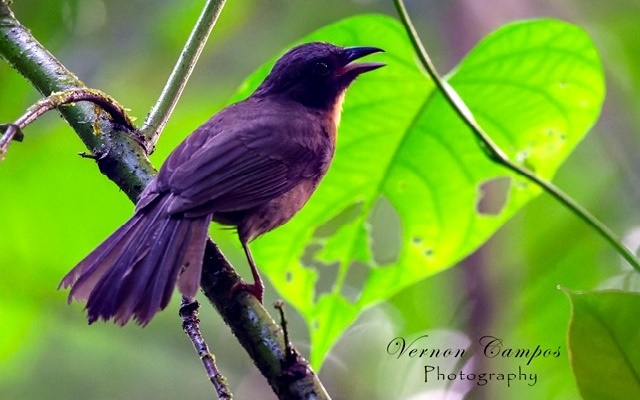
The endangered Black-cheeked Ant Tanager is an endemic of Southern Costa Rica.
Day 5, 1 st April 2023. Esquinas Lodge
We started the day exploring the lodge trails, looking for one of the most important targets for this area, the endemic Black-cheeked Ant Tanager . Fortunately, we managed to find a small flock foraging in the dark forest understory, getting good views of this species. Costa Rica offers the chance to see three of the world’s five species of ant tanager (Habia). The other two speciesare endemic to Colombia and are often seen on our tours there. In the lodge we enjoyed views of Golden-hooded , Palm , Scarlet-rumped and Blue-grey Tanagers , and the widespread but often heard-only Bright-rumped Attila gave us good views. A pair of Great Curassow were seen daily around the lodge area. We enjoyed excellent views of both sexes. In addition to these we got Spot-crowned Euphonia , Grey-chested Dove , Rufous Piha , Scarlet-rumped Cacique , Yellow-throated Toucan , Fiery-billed Aracari , Black-striped Woodcreeper , Red-crowned Woodpecker , and Slaty-tailed Trogon .
Around the lodge clearing and the cabins we got hummingbirds such as Violet-headed Hummingbird , Stripe-throated Hermit , and Rufous-tailed Hummingbird. We relaxed during the afternoon and some participants stayed to enjoy the birds from their cabins whilst others went to the trails where they were rewarded with Baird’s Trogon and Blue-black Grosbeak .
After supper we went to bed early because we would be having a very early start tomorrow.
Day 6, 2 nd April 2023. Puente Jimenez and Coto 45
We left the lodge around 4.30 am to be at Puente Jimenez by dawn. When we arrived, we got a quick box breakfast and stood at one side of the bridge waiting for our targets for the day, including the exquisite Yellow-billed Cotinga . We managed to see the usual aquatic species, such as Bare-throated Tiger Heron , American White Ibis , Spotted Sandpiper , and Green Heron . Other interesting species showed up nicely, such as Fiery-billed Aracari and Scarlet Macaw . We got a Mourning Warbler skulking in the vegetation below the bridge. Suddenly we were excited to see the cotingas flying by, and one perched but it was far from ideal against the light. While waiting we got the only Turquoise Cotinga of the trip, although distantly, we got great scope views of one male. Then the great moment came, and we got a male Yellow-billed Cotinga which came and perched in a tree which allowed us great views. This was most definitely most satisfying!
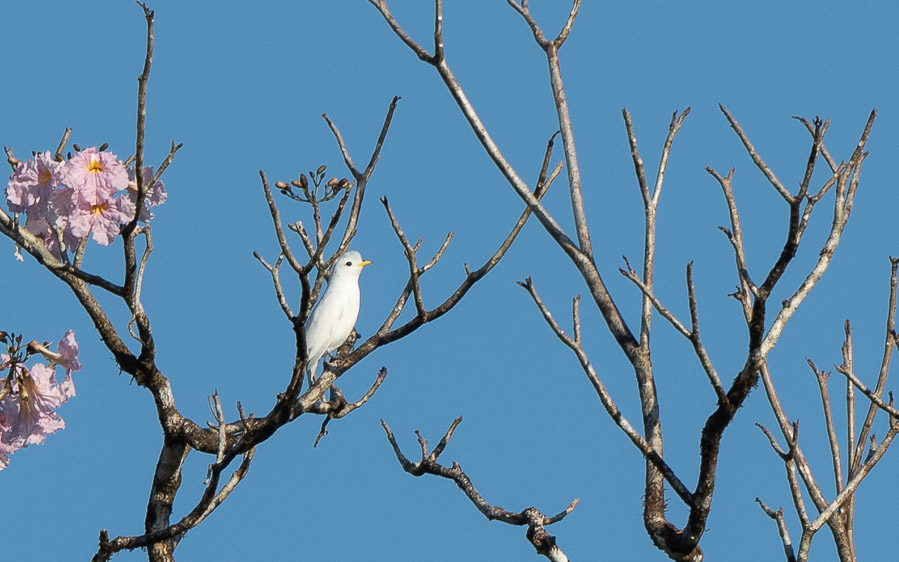
Yellow-billed Cotinga was a highlight of our trip ( photo Vernon Campos) .
In addition to these species we also got great views of Double-toothed Kite , Yellow-headed Caracara , Orange-chinned Parakeet , Red-lored Amazon , Black-crowned Tityra , Yellow-bellied Elaenia , Rusty-margined Flycatcher , Grey-capped Flycatcher , Southern Rough-winged Swallow and Grey-breasted Martin. Later, near La Gamba , we stopped in a small marshy area where we got Black-bellied Whistling Duck and Purple Gallinule . Then, looking for suitable habitat, we found Laughing Falcon , Striped Cuckoo , Pale-breasted Spinetail , White-winged Becard , Scrub and Tawny-crowned Greenlets , Fork-tailed Flycatcher , Bronzed Cowbird , Thick-billed Seed Finch , Yellow-bellied and Morelet’s Seedeaters , (named after Pierre Marie Arthur Morelet, a 19 th century French naturalist and collector).
In the afternoon we drove through a huge plantation of oil palms to reach one of the last-remaining secondary growth habitats, where we found one of our two afternoon targets, the Sapphire-throated Hummingbird , which we all saw very well. We also had good views of a second Laughing Falcon , Black-striped Sparrow , Ruddy-breasted Seedeater , Fork-tailed Flycatcher , Smooth-billed Ani and Tropical Mockingbird .
We returned to the lodge, ate supper, completed checklists and then went out owling. We were rewarded with great views of the impressive Striped Owl , perched on telephone wires. We added more Parauques and, heading back to the lodge, we saw a Northern Raccoon .
Day 7, 3 rd April 2023. Transfer to Savegre Lodge
We had a late start, getting ready for another long drive. Some of us showed up early in the dining room, to check feeders and catch up on any birds seen whilst everyone was apart. We also looked for Tayra , large mustelids which came to the feeders to steal bananas, a few of us saw them but never all of us as a group. Great Curassow was seen in the lodge clearing vicinity. After breakfast, we set off towards Savegre Lodge.
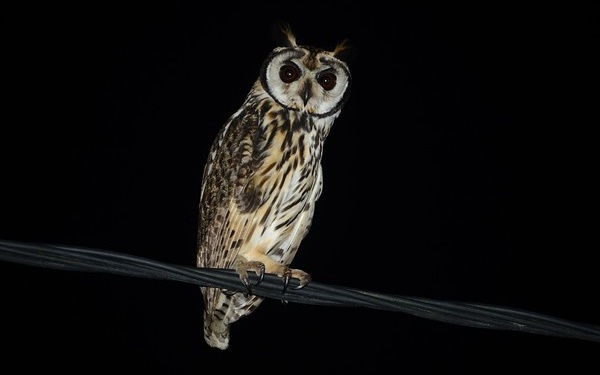
The impressive Striped Owl we saw at Esquinas Lodge (photo Alan Van Norman).
At San Gerardo de Dota, in the mountains, we said goodbye to our friend Vernon, who had travelled with us for the previous six days. The cool weather in the mountains was a very welcome change after a hot and humid week.
We arrived at the lodge and, after check-in, started heading to the cabins, when someone near the parking lot shouted “Quetzal” – the main target of the whole trip and one that often requires work to find. It was seen by some of us, and we were told that it had been feeding near the entrance along the main road. It was amazing that we got it without having left early in the morning, and the fact that it was seemingly unperturbed by the crowd.
Day 8, 4 th April 2023. Savegre Lodge
The next morning, before breakfast, we went near the entrance and it didn’t take long before we got the most-wanted Resplendent Quetzal (male and female). This was our moment of glory, with the photographers trying for their best photos. Another great find near here was the Black-faced Solitaire , seen well by all of us. Very happy, we returned to the lodge for breakfast.
We enjoyed the bird feeders around the lodge clearing and parking area, with birds such as Slaty Flowerpiercer , Long-tailed Silky-flycatcher , and Rufous-collared Sparrow , and hummingbirds such as the common Grey-tailed Mountaingem ( Lampornis cinereicauda , IOC considers this a country endemic different from White-throated Mountaingem , Lampornis castaneoventris, the species accepted by Cornel/Clements). We also got great views of Talamanca Hummingbird and Fiery-throated Hummingbird .
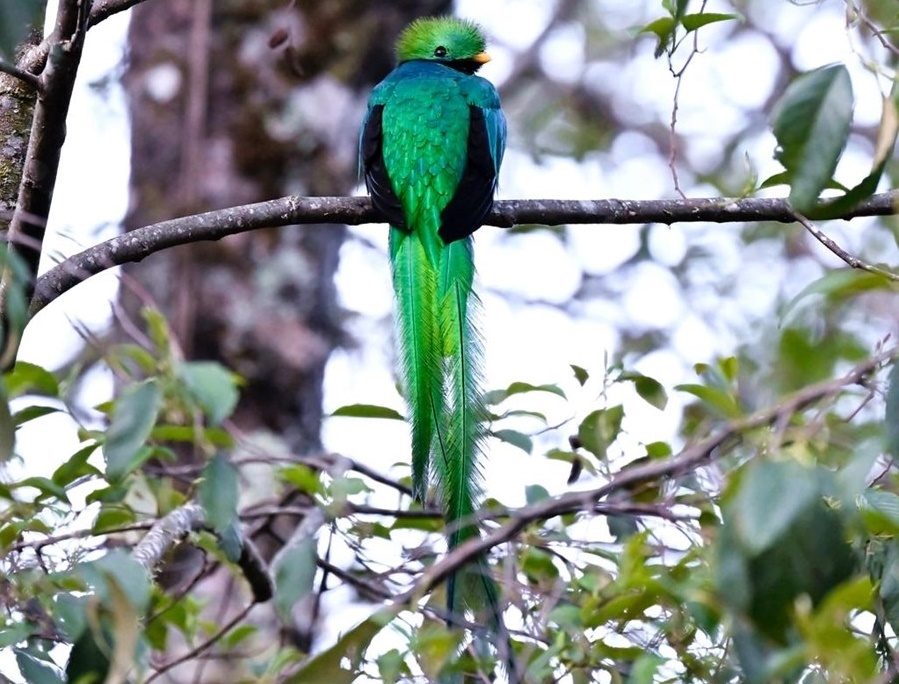
Seeing Resplendent Quetzal was a dream come true (photo Paul Newman).
After breakfast, we drove the 4×4 vehicle in the forest above the lodge, looking for specials. It was quiet when we arrived, but after a while we started getting birds such as Ruddy-capped Nightingale-Thrush , Black-cheeked Warbler , Large-footed Finch , Yellow-thighed Brushfinch , Ruddy Pigeon , Spot-crowned Woodcreeper , Ochraceous Wren , Ruddy Treerunner , Mountain Elaenia , Yellowish Flycatcher , Yellow-winged Vireo , Grey-breasted Wood-Wren , Sooty-capped Bush Tanager (also known as Sooty-capped Chlorospingus) which we saw repeatedly during the trip, the beautiful Collared Redstart , Black-throated Green Warbler , and Wilson’s Warbler . The excitement continued with a mixed feeding flock, with Flame-throated Warbler , Spangled-cheeked Tanager (well spotted by Jeanne) and a Buffy Tuftedcheek , which we followed along the forest trails to get good views of this bromeliad special. We had our first glimpse of Blue-throated Toucanet , and a glimpse of a flock of Barred Parakeet which crossed in the typical Barred Parakeet flock formation, very fast, showing only silhouettes, and making their flying call and behavior. We saw Red-tailed Hawk and flocks of White-collared Swifts. We tried for Costa Rica Pygmy Owl and Silvery-fronted Tapaculo but, sadly, without success. It was lovely weather and we decided to hike back down to the lodge.
In the afternoon we visited the feeders at Miriam restaurant, where we had a great time enjoying species such as Acorn Woodpecker , Mountain Thrush , Mountain Elaenia , Sooty-capped Chlorospingus , Large-footed Finch , Yellow-thighed Brushfinch , Baltimore Oriole , Slaty Flowerpiercer , Flame-colored Tanager and Blue-throated Toucanet . We got excellent views of Hairy Woodpecker , here in the extimus race found only in western Panama and Costa Rica. We enjoyed hummingbirds as well, including Talamanca , Volcano and Fiery-throated Hummingbirds , and Grey-throated Mountaingem .
We left the restaurant and drove up the mountains, where we waited until sunset to try for the most-wanted Unspotted Saw-whet Owl . Amazingly, it responded and came towards us, but approaching bad weather and a fence separating us robbed us of the opportunity to feast our eyes on this amazing species. We also tried for Dusky Nightjar , which responded to the tape, but it remained distant and we only saw a couple of silhouettes flying, without being able to see the bird properly. We returned to the lodge after another great day.
Day 9, 5 th April 2023. Birding in the Antennas and transfer to El Paraiso
We birded around the lodge before leaving to drive to Orocay. We were lucky to get excellent views of Spotted Wood Quail , and other birds along the river, such as Black Phoebe and Torrent Tyrannulet . We were hoping for American Dipper but didn’t see any near the lodge entrance and we didn’t have time to walk towards the waterfall, because our plan was to drive up to the antennas on top of the mountains. We looked for the secretive Wrenthrush on the way up. The Wrenthrush ( Zeledoniidae ) is a secretive monotypic found only in Costa Rica and Panama and even though the name suggests two different families (wren and thrush) it is neither. For some years it was believed to be a relative of Old World flycatchers ( Muscicapidae ) and today its closest relatives are considered the Spindalis ( Spindalidae ) and Cuban warblers ( Terestridae ). This skulker is always a challenge, but we gave it a try and ended up with the bird right near our feet and we were ecstatic!
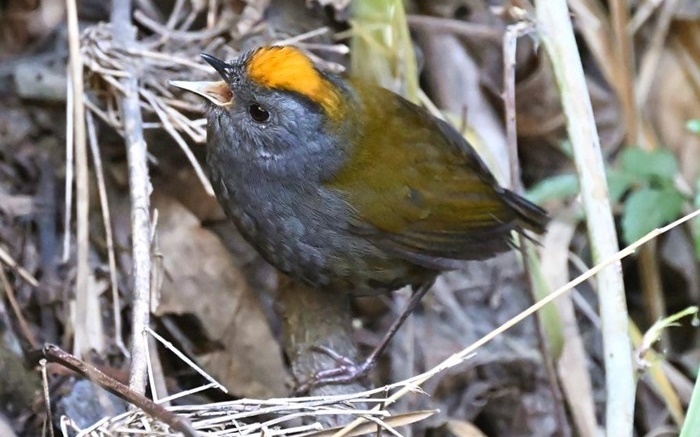
Wrenthrush was a superb encounter on the trip (photo Paul Newman).
We continued and reached the treeline at the famous antennas, where we looked for two main targets, Volcano Junco and Timberline Wren . It took time to find the junco because it was not near the base of the towers where it’s usually found, we only found it much later when it was almost time to leave, fortunately we had great views. Even though the wren was responding, it was behaving very secretively and not showing well, so we left the antennas and headed down to look in another place we knew. This time Timberline Wren came fully into view.
We headed to Paraiso Los Quetzales Lodge, where we planned to spend some time at the feeders and have lunch. The weather was great considering the time of day, it was not too sunny, and there was activity near the feeders. We found two new birds on the parking lot, Sooty Thrush , and Black-billed Nightingale-Thrush . At the feeders we got some new species and upgraded views of old friends, including eye-level and close views of Flame-throated Warbler and Spangled-cheeked Tanager , as well as Black-thighed Grosbeak , Black-capped Flycatcher , and Black-and-yellow Phainoptila (also known as Black-and-yellow Silky-flycatcher). The hummingbird feeders were a blast, even though we had already seen all the species on previous days at different locations. The number of hummingbirds and how close the Fiery-throated Hummingbirds were approaching us was amazing. A couple of young Volcano Hummingbird males were noticed amongst all the hummers buzzing around.
After a tasty lunch, we started the long drive to El Paraiso. On the way, we took a detour to some coffee plantations, where we had splendid views of the endemic Cabanis’s Ground Sparrow . It was previously considered part of Prevost Ground Sparrow (from northern Central America and Mexico) but was split not long ago. It’s named after Jean Louis Cabanis, a 19 th century German ornithologist. We also managed to see Yellow-faced Grassquit , Buff-throated Saltator and Swallow-tailed Kite . We went to El Paraiso’s main town square, looking for Barn Owl roosting on palm trees, but sadly it wasn’t there. The town was preparing for an upcoming religious celebration and there was quite a crowd, nevertheless, we managed views of Finsch’s Parakeet and White-winged Dove (whoo-whoo-whoo). We retreated to our hotel to rest and prepare for another day full of adventure.
Day 10 , 6 th April 20 23. Rio Macho and transfer to La Quinta Lodge
It didn’t take long before we scored our first target, White-eared Ground Sparrow , on the coffee plantations on the way up to Rio Macho Reserve. The weather was good and we saw birds previously seen, like Squirrel Cuckoo , Brown Jay , and Mountain Elaenia . We also got some new birds, including the spectacular White-winged Tanager , a glimpse of Speckled Tanager , and Golden-browed Chlorophonia ,a real treat for the whole group! Other birds included Black-headed Saltator , Social , Piratic and Boat-billed Flycatchers , Tropical Parula , Red-faced Spinetail , Rufous-browed Peppershrike was heard constantly but never came into full view, Slate-throated Whitestart , Brown-capped Vireo , Masked Tityra , Chestnut-headed Oropendola , and Blackburnian , Tennessee and Wilson’s Warblers .
We started the drive towards the Caribbean foothills and had spectacular views of White-tailed Kite hovering for extended times, while we enjoyed a delicious lunch somewhere along the road. We arrived at our lodge in Sarapiquí in the afternoon.
Day 11, 7 th April 2023. La Selva Biological Station and Sarapiquí
Today was a busy day. We left the lodge just before dawn in order to arrive at the entrance to the famous La Selva Biological Station at the right time. We spent a great couple of hours before the reserve opened, finding Rufous Motmot , Chestnut-colored Woodpecker , Pale-billed Woodpecker , Fasciated Antshrike (female), Grey-capped Flycatcher , Cinnamon Becard , Buff-throated Saltator , Golden-hooded , Blue-grey , Palm and Scarlet-rumped Tanagers , Blue Dacnis , Green Honeycreeper , Cocoa Woodcreeper , Collared Aracari , Yellow-throated Toucan , Gartered Trogon , and Red-lored Amazon flying-by. Around the parking lot we got two great species, the handsome Keel-billed Toucan ,and Snowy Cotinga (male) giving great scope views.
We walked the forest trails with a resident guide who helped us find birds and wildlife. During three hours enjoyed on different trails, we found Crested Guan , Broad-billed Motmot , Hook-billed Kite , Purple-throated Fruitcrow , Buff-rumped Warbler , Chestnut-sided Warbler , Black-faced Grosbeak and Rufous-winged Woodpecker . We had good views of Hoffmann’s two-toed Sloth , Panamanian White-faced Capuchin , Collared Peccary , Strawberry Poison Dart Frog and Green and Black Poison Dart Frog .
We returned to the hotel around 11.30am, and enjoyed a very welcome lunch. After the meal, some folks had a siesta, while others spent time at the lodge feeders and got the usual suspects, and also a new bird for the trip, Red-throated Ant Tanager .
In the afternoon we explored the Sarapiquí surroundings, where we looked for Great Green Macaw coming to roost, and we had great scope views of at least two couples flying and roosting nearby. I was unhappy to see that the whole area near the roosting tree is being transformed into a few plots, likely for building houses.
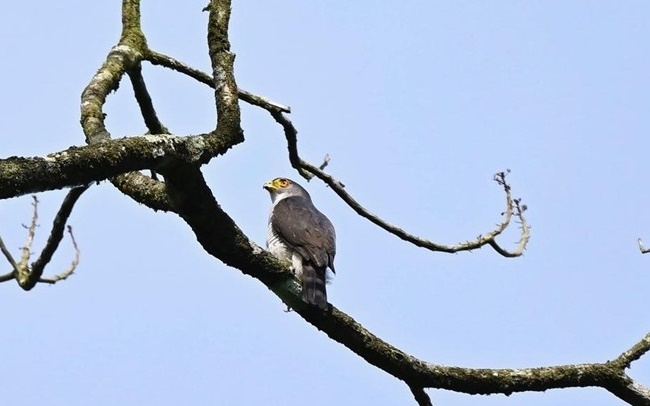
Tiny Hawk was a welcome surprise at Tapirus Lodge (photo Paul Newman).
Day 12, 8 th April 2023. Tapirus Lodge and Cope feeders
Today we went to explore the Tapirus Lodge zipline and cable car complex. This seems to be a good area for the Bare-necked Umbrellabird and Baird’s Tapir, which are commonly seen in the area. Hummingbird activity was really poor, and the sunny weather did not provide much mixed feeding flock activity. We explored some of the trails, when suddenly we spotted a small raptor on a tree and were very happy to find it was the secretive Tiny Hawk , a seldom-seen Neotropical Accipiter. We had excellent views, little knowing that this was going to turn out to be a fine raptor morning.
We returned to near the lodge, where we saw a Baird’s Tapir and a Brown-throated Sloth . We walked along the steep, paved main road up to the entrance, where we found a flock with Carmiol’s Tanager (named after Julian and Francisco Carmiol, 19 th century French ornithologists and collectors), together with Tawny-crested Tanager , which was unfortunately only seen by a few people, including Tim, because they kept far away inside the bushes. We arrived at the view point, where we got good views of White Hawk , which was new for the trip and, unexpectedly, Black Hawk-Eagle ,which, after some persistence on our part, came down and perched for us. It was a really cool moment.
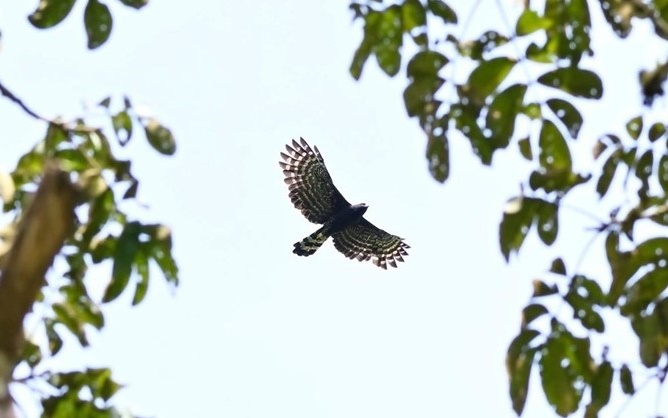
Black Hawk-Eagle gave us a great show at Tapirus Lodge (photo Paul Newman ) .
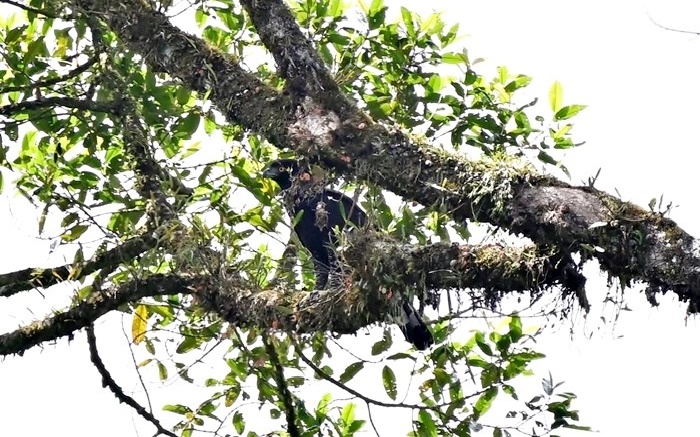
Black Hawk-Eagle at Tapirus Lodge (photo Paul Newman ) .
Good news was that the well-known Butterfly House (El Tapir garden) was open again for visitors and we arrived at the best time of the year for breathtaking views of the splendid Snowcap . Our short visit was rewarded with views of two males and one female. Barbara was happy with the Snowcap. Other (common) hummingbirds were Violet-headed and Rufous-tailed Hummingbird s , and Green Thorntail , which was new for the trip.
We went for lunch and then explored the classic “Donde Cope”, where we looked for birds outside the property first, before going to the feeders. We drove to the forest and started the short but slow walk along the muddy trail where, with luck, we would find the usual targets. The effort paid off well, as we got great views of both Crested and Spectacled Owls . The group was happy and we enjoyed also finding Honduran Ghost Bat . We left the forest thinking about the Credence Clearwater Revival song “Run through the Jungle”. We went to the open fields to look in a place where the rare Central American Pygmy Owl was seen last year, but sadly there was nothing.
On our way back to the house, we got our first Crimson-collared Tanager , and when we arrived, we had brilliant views of Shining , Green and lots of Red-legged Honeycreepers , all at eye-level. We enjoyed Collared Aracari , Montezuma and Chestnut-headed Oropendolas , Orange-chinned Parakeets , Red-winged Blackbird , Pale-vented Pigeons , Rufous-naped Wood Rail and Giant Cowbird .
The hummingbird feeders provided White-necked Jacobins , Bronze-tailed Plumeleteer and Stripe-throated Hermit , which had been missed by some at Esquinas Lodge. We also had views of the Smooth Helmeted Iguana ,which is a classic find at Cope’s property. After a long but rewarding day we returned to our lodge.
Day 13, 9 th April 2023. La Virgen, Cinchona feeders, La Paz Waterfalls and transfer to Arenal
Today we left Sarapiqui and headed to La Virgen del Socorro area to look for our first target, with nine pairs of eyes scanning the river, and we scored good views of American Dipper. We also got Torrent Tyrannulet , Black Phoebe and Northern Tufted Flycatcher , which was unfortunately only seen by a few.
Birding the forest near the river provided good new species, including our first Emerald Tanager , followed by Bay-headed , Silver-throated , Summer and Golden-hooded Tanagers , Black-throated Green and Golden-winged Warblers , Common Bush-Tanager (also called Common Chlorospingus, here in the race regionalis ), Russet Antshrike , and great views of our first Scarlet-thighed Dacnis . We got more Blue Dacnis , Green and Red-legged Honeycreepers , Bananaquit , Black-faced Grosbeak , and Black-headed Saltator . We got great views of the diminutive Scale-crested Pygmy Tyrant and Blue-throated Toucanet .
We left the forest and headed to the Cinchona feeders, where we spent some exciting time enjoying birds such as Prong-billed Barbet , Crimson-collared Tanager , Blue-throated Toucanet , and other usual suspects, such as Tennessee and Chestnut-sided Warblers , Baltimore Oriole , Squirrel Cuckoo and Cinnamon-bellied Saltator . We also saw more of the birds we’d seen earlier in the morning at Virgen del Socorro, including several tanagers and saltators. Sadly, there was no sign of Red-headed Barbet, Black Guan or Buff-fronted Quail-Dove, but we consoled ourselves with great views of Brown-billed Scythebill , which was new for Eduardo’s Costa Rica list.
We moved to La Paz Waterfalls restaurant and tourist complex, where we spent some time birding around the area and enjoying the hummingbird feeders. Feeders have been returned to the complex (after being retired in 2021/2022) and we enjoyed views of Violet Sabrewing , Black-bellied Hummingbird , the endemic Coppery-headed Hummingbird , Green-crowned Brilliant , Purple-throated Mountaingem and Green Thorntail . Most of the other birds were the usual suspects, including good views of Red-tailed Hawk . We added Sooty-faced Finch , Slaty-backed Nightingale-Thrush , and Black-eared Warbler (also known as Costa Rican Warbler), which is a split from Three-striped Warbler Basileuterus tristriatus and is only found in Costa Rica and western Panama.
After a tasty lunch we headed towards La Fortuna and immediately went to Sendero Bogarin, where we tried for White-throated Crake. Sadly, the place was full of noisy visitors and staff and we didn’t see the bird, just like on our previous trips. Nevertheless, we were compensated by the sight of a pair of Black-and-white Owls roosting at daytime. We knew the owls were in a tree and Christiane was first to spot them! Everyone was happy. We even tried for the elusive Uniform Crake , which did respond, but only Mary got a glimpse of it. Other birds seen here included Smoky-brown Woodpecker and Streak-headed Woodcreeper . We finished the day and went to the comfortable Arenal Observatory Lodge for two overnights.
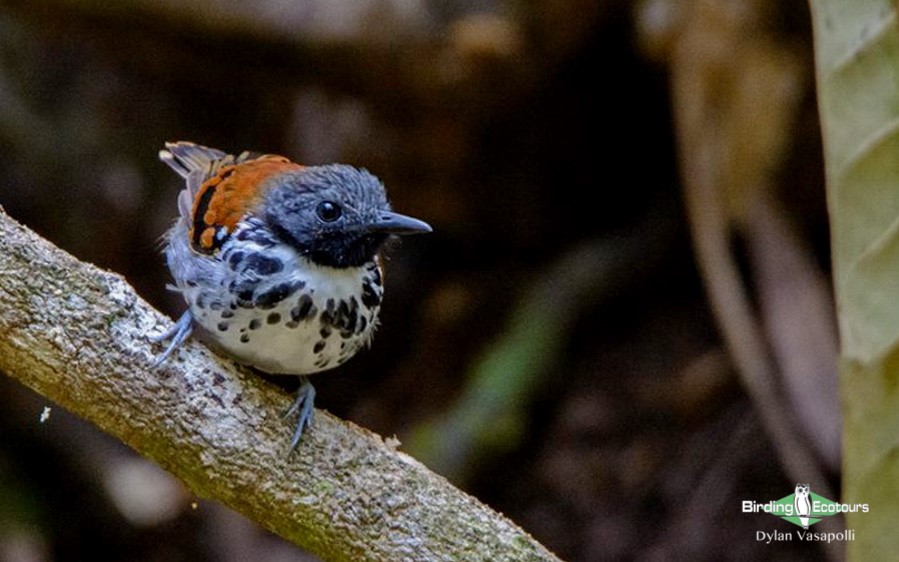
Spotted Antbird was seen at El Arenal Lodge.
Day 14, 10 th April 2023. Full day at Arenal Observatory Lodge
We spent the day birding around the lodge. We looked for army-ant swarms along the waterfall trail but despite all our efforts, the ants were not to be found. Nevertheless, Spotted Antbird was very active at the beginning of the trail and we had excellent views. During the walk we also found Golden-crowned Warblers , the elusive Stripe-breasted Wren , White-flanked Antwren , Russet Antshrike , and got great views of Song Wren.
When we returned to the lodge, we checked the feeders out. We managed birds such as Grey-headed Chachalaca , Great Curassows , Emerald Tanager (the best view of the trip), Scarlet-thighed Dacnis , and the usuals: Bay-headed , Palm , Blue-grey , Scarlet , Scarlet-rumped and Golden-hooded Tanagers , as well as Green and Red-legged Honeycreepers . In the late morning we spent some time looking for Black-crested Coquette in the lodge gardens, and we got a couple of females but struggled to find the male. A nice Golden-olive Woodpecker showed up in the area.
In the afternoon we left the lodge and explored a busy road where we managed to find another of our targets, Keel-billed Motmot , which showed nicely for everyone. We saw lots of birds at El Arenal and also had our first encounter with Central American Spider Monkeys . We needed to get ready for a long day next day, so we did the checklist before supper, and went to bed after supper.
Day 15, 11 th April 2023. Arenal Skyline and transfer to Medio Queso and Caño Negro
Today was to be a very busy day. We started our morning birding the lodge grounds, looking for the male Black-crested Coquette . We found good birds near the old house, including Long-tailed Tyrant , Black-crowned Tityra , Dusky Antbird , Grey-capped Flycatcher , Montezuma Oropendola and at almost the last moment we found a male Black-crested Coquette to make everyone happy.
We returned to the lodge for breakfast and then left for the Arenal Skyline. This complex is in good forest and offers excellent birding opportunities but sadly only opens after 8am. The best plan was to spend the morning birding the trails and crossing the suspended bridges, where in the past I have had great success.
On this occasion, though, I had the added pressure of trying to repeat my 2020 achievement of finding the majestic Ornate Hawk-Eagle , even though this time we didn’t have a full morning, we only had two hours to get there, try, and get out. Generally, one leaves birds like this to chance, or if you know they have been seen recently, or if there is an active nest. This trip was going so well, with such excellent people providing so many good vibes, and the birds were showing so well that I thought “If you want to see this one – which I can’t guarantee but I promise I will do my best – we have a chance in the place where I saw it in front of me at eye-level about 3 years ago.” Due to time constraints we would need to sacrifice other birds, including trying for Thicket Antpitta which was heard in the area, and other specials like Half-collared Gnatwren. We went directly to the viewpoint I knew, taking about 20 minutes to get there. Once there, I checked and scanned the whole area, and we didn’t see any large bird roosting, but we managed to see White Hawk and Great Black Hawk flying high above the forest. I tried for Sharpbill and Yellow-eared Toucanet and then played for the Ornate Hawk-Eagle, but none of them responded. A real moment of frustration came when a crowd arrived and took over the viewpoint, so we had to leave and wait for them to get their selfies and go again. In the meantime, we were trying for birds outside the viewpoint and some of us got Carmiol’s Tanager , Gartered Trogon and Ochre-bellied Flycatcher . Once the place was ours again, we continued trying until we got an answer that made our hearts beat faster and our hopes soar. We kept trying – in reality it could not have been longer than an hour and a half – but it felt like we’d been there for centuries, especially when the whole group (including myself) were watching in one direction and, from behind, the bird flew in front of us, towards the forest, and disappeared among the trees. It was no more than a glimpse of a brown raptor.
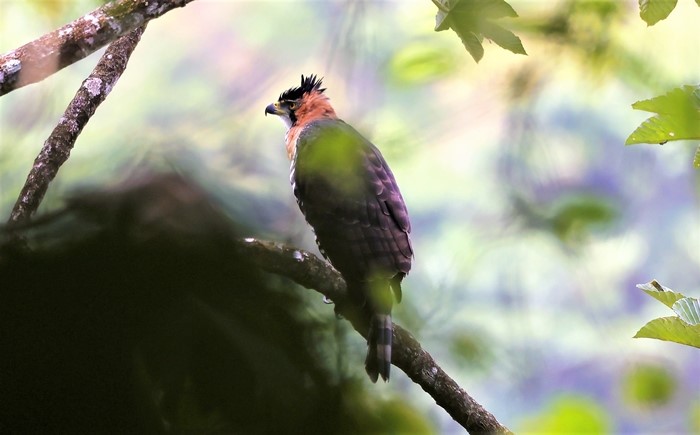
Seeing Ornate Hawk-Eagle was perhaps the most memorable moment of the tour (photo Christiane Maluche).
It was well-adapted to fly in the forest. How had it approached us so silently? Was that glimpse going to be all? No more chances? It seemed so, because it didn’t respond again for some time. We didn’t give up, we moved out from the viewpoint and started to call it from the forest. We checked other trees, and several minutes later, just before we would have to leave, I saw Paul motionless, almost in shock when he pointed out the bird he really wanted to see more than anything else on the trip. It was one of the highlights for several participants, there it was! The majestic Ornate Hawk-Eagle was sitting neither close nor far, we had to huddle together to see it between the trees, but we ended with the sweet taste of victory!
We left the place and had a tasty lunch on the way to Medio Queso wetlands, near the Nicaraguan border, where our boat man was waiting for us. This boat trip was another highlight of the trip, the birding was dynamite, with target after target and bird after bird. We started with all the expected aquatic species, which we had seen before at Tarcoles, including Blue-winged Teal , Pied-billed Grebe , Common and Purple Gallinules, Black-necked Stilt, Northern Jacana , Jabiru , Wood Stork , Anhinga , Neotropic Cormorant , Bare-throated Tiger Heron , Green Ibis , Boat-billed Heron , Tricolored Heron , Ringed , Amazon and Green Kingfishers , Black-collared Hawk , as well as abundant numbers of Great Blue Heron , Great and Snowy Egrets , and Little-blue Heron . The targets didn’t hesitate in showing up, and we started with great views of Pinnated Bittern showing well for all of us. Then we continued with views of Least Bittern and Olive-throated Parakeet , followed by “out of this world” views of Yellow-breasted Crake . We continued the boat ride to the opposite side of the wetland, where we found the near endemic Nicaraguan Grackle , we worked hard for the skulking Slaty Spinetail , we had great views of Canebrake Wren (the last from the three splits of the former Plain Wren), Grey-crowned Yellowthroat provided wonderful views, Ruddy-breasted Seedeater and, just before sunset, we crowned the day with a super adult male Nicaraguan Seed Finch and superb views of Sora walking among the water lilies.
We returned to the dock, where we said goodbye to the boat driver, and met Luis for the long drive to our final destination, Refugio Caño Negro Lodge. We arrived at dusk and went immediately to supper and then to bed.
Day 16, 12 th April 2023. Boat trip to Caño Negro and transfer to La Ensenada Lodge
Today our last boat trip was planned, to explore the famous Caño Negro River. We didn’t have much time but we did have the advantage that we had already visited Tarcoles and Medio Queso. This meant we could focus our efforts on only finding the specials, and this morning we were after Sungrebe, which, together with African Finfoot Podica senegalensis and Masked Finfoot Heliopais personatus , constitute the only three members in the whole world of the family Heliornithidae . Sungrebe would be a lifer for all participants.
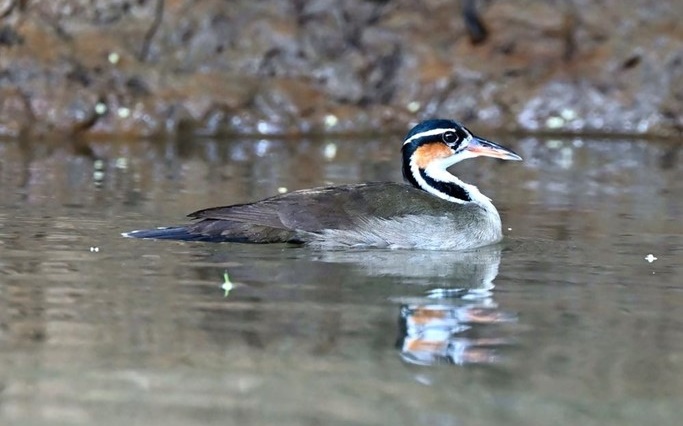
Sungrebe was another highlight of the trip (photo Paul Newman).
We had views of classic aquatic species and the usual suspects, including some new species like Muscovy Duck , the monotypic Limpkin , Green Ibis , American Pygmy Kingfisher , and also Olive-throated Parakeet , Slaty-tailed and Black-headed Trogons , Cinnamon Becard , Spot-breasted Wren , and further views of Roseate Spoonbill flying by. We tried for the most-wanted Bare-crowned Antbird from the boat, but sadly it stayed away from the shore and there was nowhere for us to get out of the boat at the spot where it was calling. Nevertheless, we were compensated with first class views of Sungrebe , which quickly rose high on the list of trip highlights. Regarding wildlife, we found an adult Green Basilisk and we saw Jaguar tracks on the shore.
We returned to the lodge to fetch our luggage and started the drive towards La Ensenada Lodge, located on the shores of the Pacific Ocean. Albeit tricky to get to the lodge, its location was ideal, between the ocean and xerophytic and dry habitats. Before we arrived at the lodge we got a few Stripe-headed Sparrows along the road, one of the few birds we had missed on the first day at Guacimo. We arrived at the lodge and the first thing waiting for us was a Pacific Screech Owl roosting at day time!
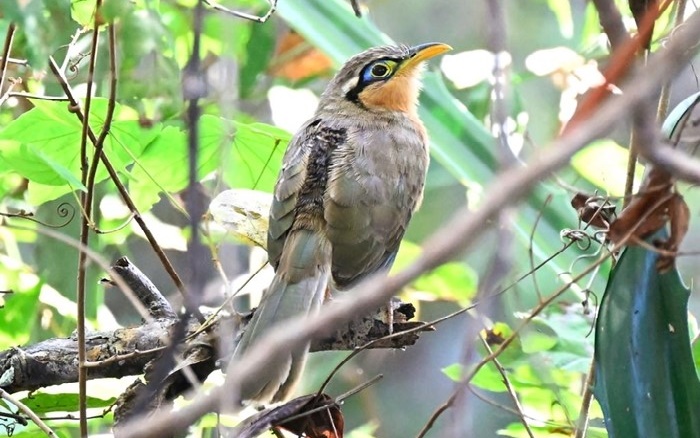
We had a magical encounter with Lesser Ground Cuckoo (photo Paul Newman ) .
The group decided to relax in the afternoon. Nancy and Jack called me to join a party, and the celebratory atmosphere soon spread. We could indeed celebrate an amazing trip, but we were also well aware that we still had one more target to get.
Day 17, 13 th April 2023. La Ensenada Lodge and transfer to San Jose
Today we checked the mudflats near the lodge, normally host to many birds including waders, but at this time of the year many had already left. We managed to encounter Stilt Sandpipers , which are always interesting to see, and were new for some participants. Additionally, we saw Semipalmated Sandpiper , Greater Yellowlegs , Semipalmated Plover , Yellow-crowned Night Heron , Black-bellied Whistling Duck , Blue-winged Teal , Northern Jacanas , Southern Lapwings , Zone-tailed Hawk , and Wood Stork .
After checking the mudflats we started looking for the secretive and most wanted Lesser Ground Cuckoo , a really hard bird to find. We looked for suitable habitat and tried and tried until we got a response. Adrenaline spiked, but the bird call sounded like it was far away, calling from a bush and not moving. Suddenly, a participant saw motion, adrenaline spiked again, and we managed to see a distant silhouette, which disappeared quickly. It seemed like the show was over but we wanted the tour to end on a high note, so we kept trying and changed position. Suddenly – we didn’t even see it coming – the bird was sitting in front of us! That was surreal and we were ecstatic!
We returned to the lodge for breakfast, then started the drive back to San Jose and our hotel near the airport. We made a few stops along the way to try for Mangrove Cuckoo and Mangrove Rail, but it was too hot and too late. We arrived at a nice restaurant for lunch, and some participants did some shopping. Back at our hotel we said goodbye to our driver, who had done such a remarkable job for the last sixteen days.
We celebrated our last supper together as a group, enjoyed a few drinks, and reviewed our checklist, also slightly sad that our trip was finally over. It was the first time birding in Latin America for several participants, and we discussed potential future tours, perhaps to Ecuador or Brazil. It would indeed be a pleasure to travel with this group of people again, one of my best tours ever! Costa Rica Pura Vida!
Day 18, 14 th April 2023. Transfer to the airport and international flights
This morning participants were taken to the airport at different times to catch their flights back home.
Bird List – Following IOC (12.2)
Birds ‘heard only’ are marked with (H) after the common name, all other species were seen.
The following notation after species names is used to show conservation status following BirdLife International: VU = Vulnerable.
Mammal List
The following notation after species names is used to show conservation status following the IUCN Red List of Threatened Species: EN = Endangered.
Reptile List
The following notation after species names is used to show conservation status following the IUCN Red List of Threatened Species: VU = Vulnerable.
Amphibian List
This is a sample trip report. Please email us ( [email protected] ) for more trip reports from this destination.

All Rights Reserved, Birding Ecotours
Join our newsletter for exclusive discounts and great birding information!
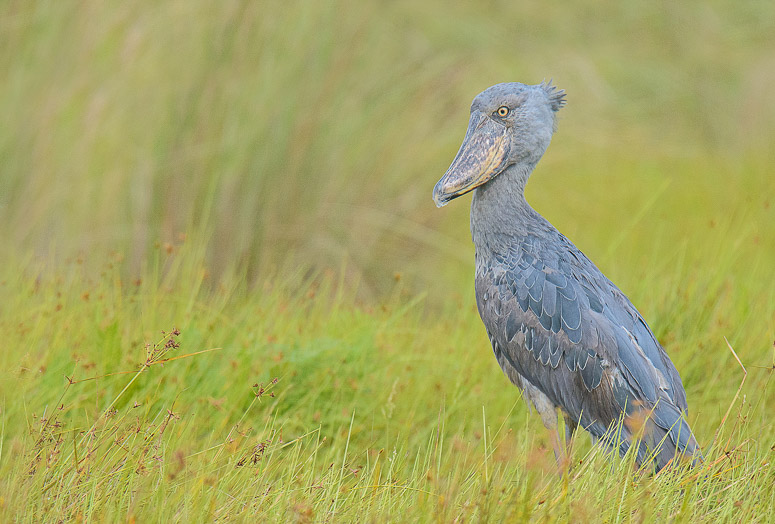
888-875-9453
[email protected]
TRIP REPORT: COSTA RICA: 2023 Birds & Wildlife Photography Workshop
- Tour Name * If not already completed, please enter the tour name above.
- Your Name * First Last
- Questions *
- Yes, please add me to your email list!
TRIP LEADERS
Private tour option.
This tour is available as a private trip for any size group. The tour cost will vary with the number of people and any custom requests.
- How many people? *
- In what month(s) would you like to travel? *
- Questions or requests *
TESTIMONIALS
If you have been on this tour, please be the first to leave a review!
2023 Costa Rica: Birds & Wildlife Photography Workshop
Trip report.
The 2023 Costa Rica: Birds & Wildlife Photography Workshop just concluded and this year’s workshop was stellar with some incredible photographic opportunities and life long memories. This was a new itinerary with a new local guide and with even more days in country and more productive locations! The group journeyed to both the pacific and Caribbean sides of the country producing a tremendous variety of birds, reptiles, amphibians, and insects. Bird and macro photography kept us busy from well before sunrise to after sunset with several night macro photography walks.
Our workshop began by staying the first night near San Jose at a wonderful boutique hotel with beautiful grounds that provided some great bird and macro photographic subjects. Orange-chinned parakeets foraged, a variegated squirrel scurried around our rooms with a beautiful grey head and reddish body, several species of butterflies and orchids drew our macro lenses’ attention, and a pair of active rufus-naped wrens hopped about in search of food near the dining area. A long travel day for most meant we got to bed early to prepare for our departure to the coast on the pacific slope side of Costa Rica.
Our destination for the day would be Hotel Villa Lapas, our base for two nights of exploring the Rio Tarcolitos region. However, before reaching our destination, we took a side trip down a dirt road and it wasn’t long before our group was photographing not one, but two turquoise-browed motmots. The pair was a great introduction to the beautiful birds of Costa Rica. A short walk produced a nesting pair of Hoffmann’s woodpeckers squawking at us and allowing us to photograph them at their nest entrance. We searched for the limited range stripe-headed sparrow only to be skunked; yet this was temporary as we would find several the following day.
Our temporary lack of the sparrow was soon alleviated by a male and female barred antshrike that kept our attention for quite some time. We continued walking down this fantastic side road with a plethora of birds such as collared trogon, more rufus-naped wrens, some wintering birds that will soon be migrating to the US, and much more. A short drive down the same road produced the unique and fun to photograph double-striped thick-knee. Before reaching our lodge, we stopped to photograph a nesting pair of scarlet macaws. This was an exciting observation as both birds exited the nest and perched nearby affording outstanding views and resulting in a variety of amazing images. A short jaunt further found us at our first lodge of the trip.
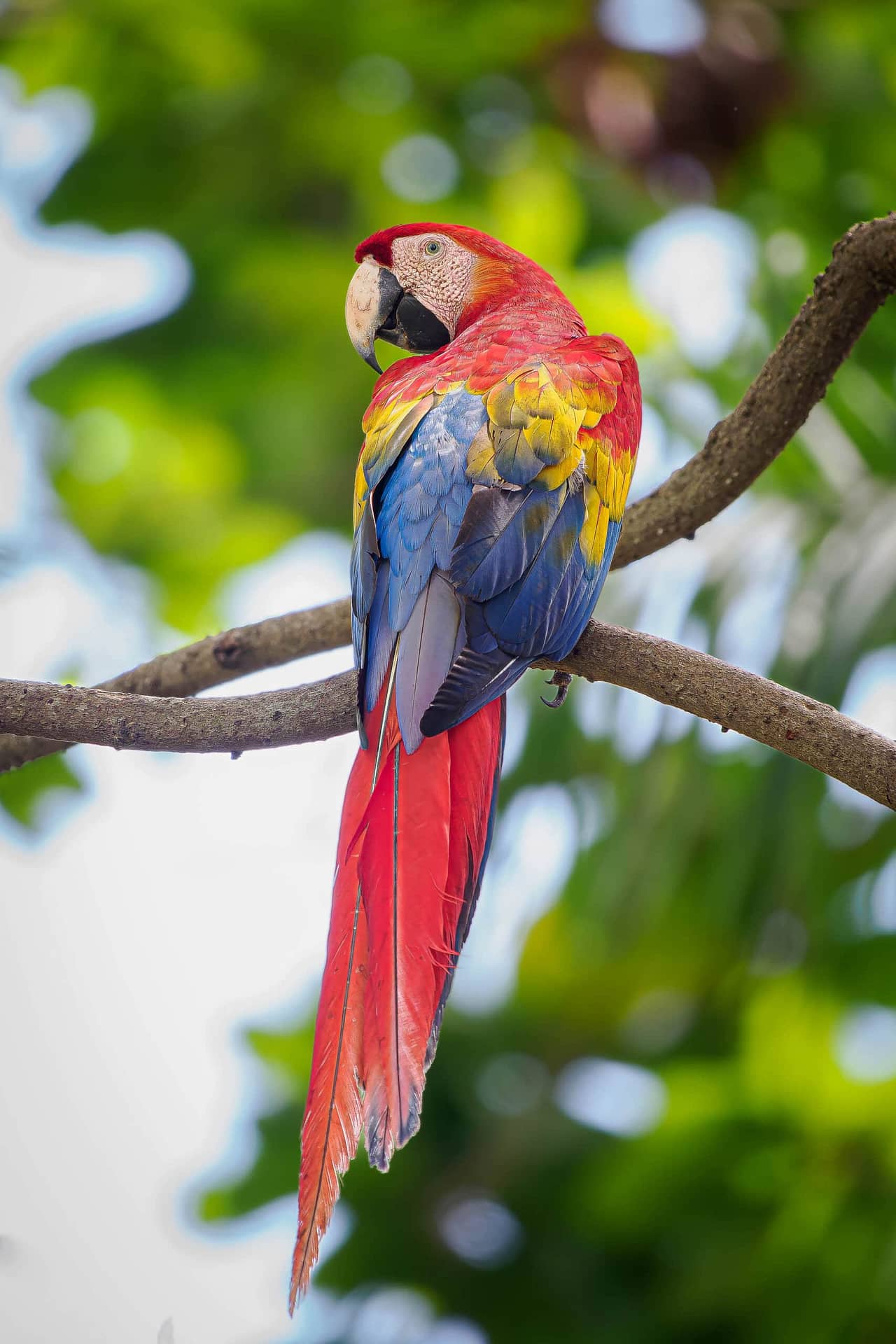
Scarlet Macaw
We spent the afternoon wandering the grounds of the lodge which yielded a brown basilisk catching a bit of back lighting that highlighted the awesome crest on the male. His eyes reflected the surrounding forest and we photographed him as the light shifted and changed. Basking spiny-tailed iguanas, bare-throated tiger herons, buff-rumped warbler, and many other amazing tropical birds caught our attention.
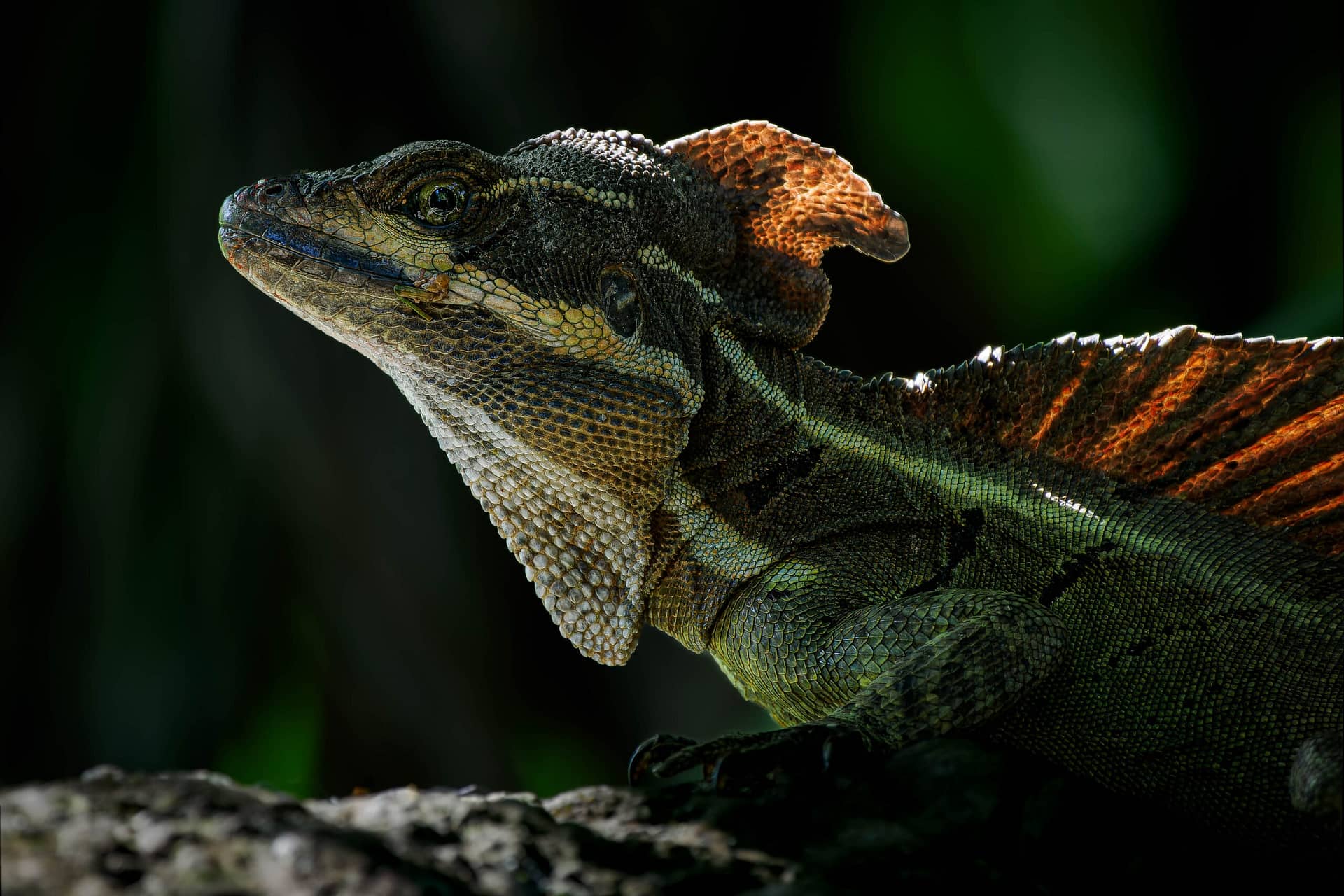
Brown Basilisk
The lodge had a sign listing the reptiles and amphibians found on the grounds and a nice decorative pond would reveal the glistening frogs and toads after the sun descended below the horizon. I grabbed a bird-eating snake as it went up a tree but we were headed for dinner so I let it be to hunt for prey.
After dinner, I grabbed the new M.Zuiko 90mm F3.5 MACRO IS PRO lens, the OM-1 body, the new AK Diffuser made specifically for this lens and the OM System FL-700WR Flash. I quickly found a red-eyed tree frog resting on a leaf over the pond. This is the pacific form of this species with a different colored side from those on the Caribbean side. Being a bit too far out for great images, I relocated the frog to a closer leaf and it cooperated for many photographers including other tourists at the lodge who diligently took their iPhone images after we had shot our fill.
Harlequin and yellow tree frogs, smaller than the prior mentioned species, called and perched at various locations throughout the pond. We relished the many opportunities to photograph these beautiful amphibians. You can see from the images that the 90mm provides not only incredible images, but the extra working distance over the 60mm macro means spooking fewer subjects. Walking around the gardens at night, I found some beautiful foliage hosting additional frogs and this resulted in a yellow tree frog peeking around some lovely pinkish-red foliage. I set my flash exposure compensation to +0.7 and captured many images.
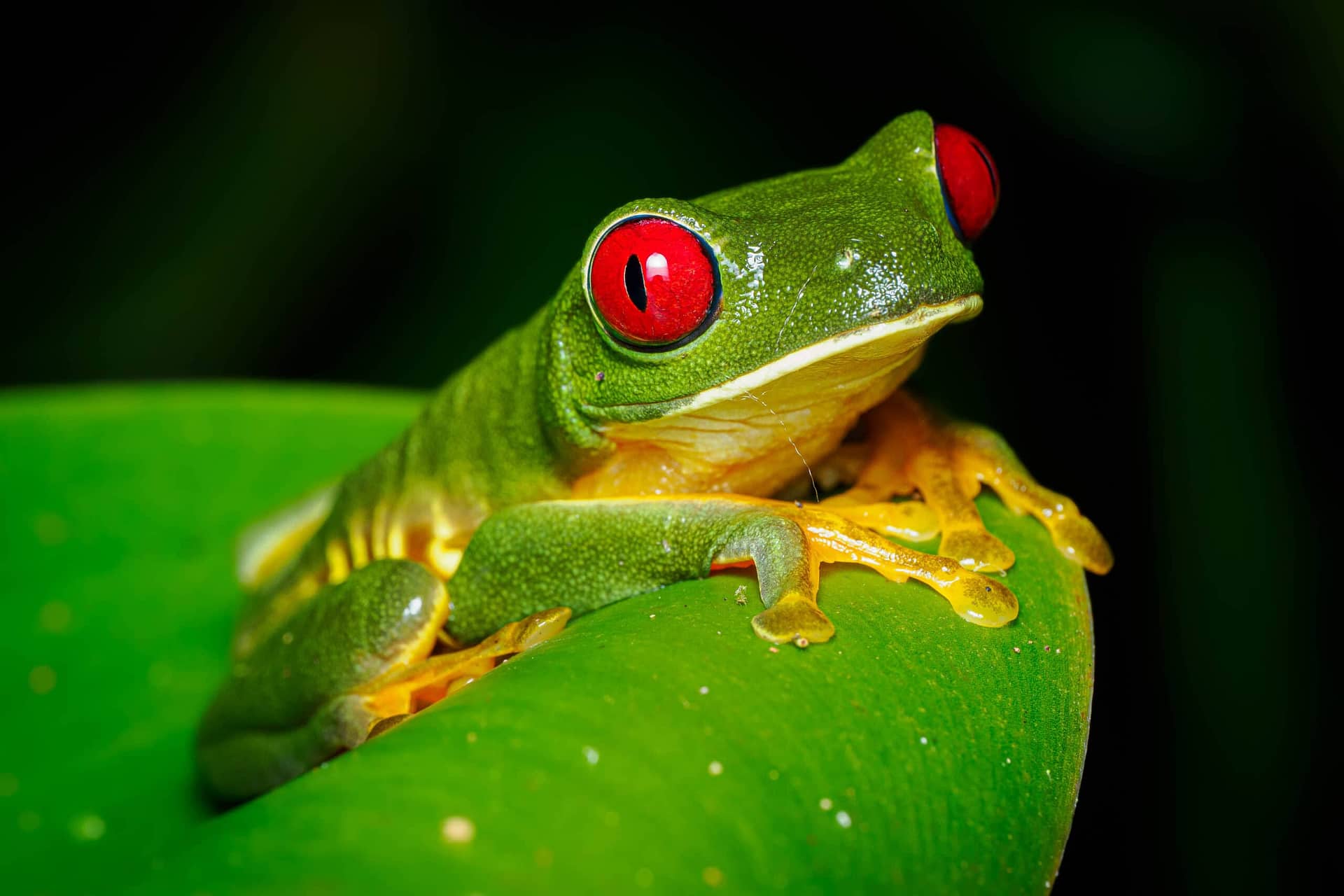
Red-eyed Tree Frog
When photographing small subjects, it is equally important to consider the background and moving ever so slightly can make your macro subject stand out in the image. Angles are critical when looking to capture an insect, reptile, amphibian, or other macro subject. Sometimes it just isn’t possible to get the desired angle due to foliage, obstacles, or possibly spooking the subject. The macro photographer has to recognize situations where we are going to enjoy the subject, but not be able to capture a great image. It is occasionally possible to use your hand to guide a subject into a better angle or position, but we must always put our safety and the subject’s well-being at the forefront. Knowing we had an early start the following day, we opted to end our night on a high note after seeing and photographing seven (7) species of frogs.
The next morning we departed early for a river boat photography ride on the Rio Tacrolitos! Simply put, the photography was rip roaring and we barely had time to rest between subjects as we were immediately distracted upon pushing away from the dock by an American crocodile that was swimming toward our boat. The angle of his swimming was going to put him right alongside the vessel. I dropped to the lowest possible location at the front of the boat and photographed the crocodile as it rose and sank in the water as this amazing reptilian beast cruised easily alongside us, I watched as the color of the river changed from brown, to green, or clear. Capturing a variety of images allowed me to select an image with my favorite background color. You can see below how the different water colors affected the final image. Which one is your favorite? Mine is the bright green one.
Clear/White Background
Dark Green Background
Bright Green Background
It wasn’t long before other subjects captured our attention with some of the most memorable being a bare-throated tiger heron that allowed us to approach closely and then ultimately ran at us as we sat on the riverbank! At one point, this heron approached within ten (10’) feet of our boat. Everyone captured a ridiculous number of images including head portraits, action shots, and standard portraits. The bird was backlit at times and the feathers around the head glowed in the early morning light. Kingfishers lifting off their perches, a cooperative female anhinga, muscovy ducks flying up and down river, yellow-headed caracaras, and a turquoise-browned motmot all vied for our attention.
Bare-throated Tiger Heron Running at the Boat
In the afternoon, we returned to the same area to photograph a Costa Rican pygmy owl, our first, but not last of the trip. While we were watching the owl, a spiny-tailed iguana descended from a nearby tree and began foraging at our feet! Check out the chompers on the fellow below! After the pygmy owl, we drove a brief distance to see and photography black-and-white owls. This is when local guides are critical to your experience! It was amazing how quickly the local guide got us on both owls! Knowing we had a very early departure the next morning, we opted to forgo a nighttime macro walk.
Spiny-tailed Iguana
As we left the Rio Tarcolitos region early the next morning, we began the drive into the northern foothills where the Maquenque Lodge would be our home base. But before arriving, we picked up a local birding guide who would direct us to a spectacular and secret location for three-wattled bellbird! This is a bird usually reserved for extremely distant views through spotting scopes. Patience would win the day as we moved from a couple of locations following the male bird until he began to lek in dappled light at eye level! We observed this amazing experience and photographed to our heart’s content. Waiting for the bird’s head to appear in the small amount of light filtering through the tree’s was a photographic challenge and it paid off! The entire group was mesmerized by this natural behavior and to see and photograph it at eye level turned out to be the favorite moment of the entire trip for most of our participants, including myself!
Three-wattled Bellbird on Lek
A stop for lunch at mid-elevation provided some unique tanagers that weren’t found at other destinations such as bay-headed and emerald tanagers. After a bit of time dodging cruise ship iPhone photographers, we managed to photograph many wonderful birds before boarding our bus for Maquenque Lodge which is a different kind of lodging adventure as no road connects to the lodge! A brief boat ride across the Rio San Carlos and then a brief hike led us through the beautiful grounds and by a white-collared manakin’s lek! As you arrive to the reception area, you are greeted by beautiful buildings with an open air dining area right next to some great perches where toucans, aracaris, tityras, parrots, and much more would land before dining on fruit! Photographing right next to your dining table is a great experience!
Making the way to our cabins nestled into the surrounding forest, the flowers and vegetation are immersive and relaxing! The afternoon was spent enjoying the feeders near the lodge and exploring the surrounding forest. That evening provided some incredible macro opportunities with at least three (3) species of tarantula, many emerging cicadas and katydids, a four-eyed opossum wandered down the path scurrying up a nearby tree, and sleeping anoles.
Emerging Cicada
The next morning found us taking a short drive to a nearby lodge for some spectacular encounters with king vultures, toucans, and a brown-hooded parrots flying right by the deck. Nesting Costa Rican pygmy owl and red-lored parrots near the deck provided some very unique photographic encounters. The king vulture blind proved to be all that was anticipated and more! Photographing these majestic birds so close that you could capture head portraits, as well as, in flight shots, all while the light alternated from very soft to dappled.
King Vulture in Flight
After spending a full morning at the vulture blind, we went back to the lodge and the pygmy owls had exited the nest cavity,. One spent a lot of time preening in the open on a lovely perch. After a wonderful lunch, we made our way to a local home where high speed hummingbird photography kept us quite busy as well as a local bull that loved eating bananas! Another evening macro adventure found us laying down to photograph a spider with prey, a new tree frog species (new to us anyways), a variety of katydids and crickets, and a cockroach with a very cool pattern on the ventral surface.
A leisurely start the next morning, we made our way back to the same local home we visited the day prior to photograph several species of local reptiles and amphibians. Poison dart frogs ( Oophaga pumilio “blue jeans”, red-eyed tree frog (pacific form), eye-lash tree viper, fer-de-lance, hognose viper, and several other species allowed us to capture natural light and fill flash images. The handlers were outstanding and helped us capture the images we wanted! We spent a great deal of time working angles, lighting, and subjects. Once we finished our macro session, we headed out to a lodge to check out the blinds and rooms, plus enjoy a delightful lunch.
Eyelash Viper
Hognose Viper
Little did we know how fortuitous this stop would prove when several giant green macaws landed in trees next to the dining area. Patience paid off and we were rewarded with one flying down just below eye level to feed and ultimately taking off from that area providing some outstanding flight images. Shortly thereafter, two scarlet macaws raised a full blown four alarm ruckus while arguing over foraging area. We captured many images as they pushed, bit, clung, and wrestled with one another. When the activity finally settled, we headed back to finish our delicious lunch before departing for our next location.
It was time to begin the journey to our next destination, Selva Verde Lodge. This lodge is situated on the Caribbean side of Costa Rica. After our later arrival and some intermittent showers, we were able to get out for some incredible night exploration which was quite fruitful with many more emerging cicadas, a spectacular Halloween colored spider, red-eyed tree frogs (Caribbean form), katydids, sleeping lizards, and damselflies. The following morning found us heading out to a local home where the artist/owner has developed an outstanding bird blind and is quite knowledgeable of the local forest where a wonderful hike uncovered Honduran white bats, a toucan in the nest cavity, two species of owls, and a poison dart frog carrying one of it’s tadpoles on its back!
Eventually, we began a drive into the higher elevations to Suenos del Bosque Lodge located in a beautiful valley where the mascot for the valley is the spectacular resplendent quetzal. The drive up provides some spectacular scenery and a winding mountain road drops back down to our home base for the next few days. Lunch found us at a local diner with some great food and beautiful hummingbirds and a Northern Emerald Toucanet made an appearance!
After arrival at our lodge, we spent time wandering the grounds and exploring the suspension bridge and the trail that follows a lovely, small mountain stream. Taking a bit of an afternoon siesta after some very long days in the field, we prepared for an early morning departure to a local home where quetzals had built a nest in a broken trunk near the home.
Nature photographers consider the resplendent quetzal as a sort of holy grail subject in the bird kingdom. We arrived at the viewing area and waited in anticipation for the male to exit the nest. It was evident that he was on the nest as his long, delightfully colored tail was sticking out of the nest.
Quetzals can’t be gone from their nest for long, so exits are few and far between normally occurring when the female or male return to the nest to relieve their partner. However, a clay-colored thrush wandered too close to the nest for the male’s comfort and he exited to chase the thrush well away from the nest. He then proceeded to perch on a lovely branch near the nest providing some wonderful portrait shots. After a brief repose, he opted to return to the nest and photographer’s setup to hopefully capture the male exiting the nest. I opted to change to the SH2 drive mode on the OM System OM-1 which offers 50 fps and I was able to capture several amazing images when the male exited once again. Knowing the female quetzal was perched in a nearby tree, we set up on the nest cavity and waited. Continuing to use the 50 fps drive mode allowed me to capture several excellent images of her flight back to the nest cavity.
Resplendent Quetzal – Male
Resplendent Quetzal – Female
Having seen and photographed both of the male and female quetzals, our group opted to head to another nearby lodge for more high-speed hummingbird photography and to wander the beautiful grounds photographing high elevation species. After a delicious lunch and having an early start to the day, it was time to head back down the valley to our lodge. However, our local guide mentioned that within a short drive we could easily be hiking above tree line searching for the extremely limited range volcano junco! The group decided to pursue the junco so we began the short drive. Upon arriving at an elevation of 11,445’ we exited the bus and began our search. After a bit of fruitless searching, we eventually got killer looks and some images of the junco as well as a nearby flame-throated warbler.
After our time up high, we began the drive back to our lodge where the afternoon provided some relaxing hiking and photographing on the lodge grounds.
The next day we headed a short ways back up the valley to Batsu Gardens where a bird blind with a spectacular view beckons the observant nature photographer. We were greeted by a male and juvenile green spiny lizard. The male’s colors are vibrant and make for outstanding nature images. White-throated mountain gems, volcano, Talamanca, and other hummingbird species make for exciting high-speed and natural light photography. After photographing to our heart’s content, we headed down to the restaurant at Batsu which is renowned in Costa Rica (the group decided we needed to enjoy dinner at this location as well).
After arriving back at the lodge, we headed out on foot to photograph along the river and trails on nearby accessible property. We encountered a mixed flock of collared redstarts, ruddy treerunner, flame-throated warblers, yellow-winged vireos, and others. We worked this flock for a while and then continued down the trail, upon doubling back our driver who was on his first bird photography tour and really took to enjoying the wildlife found a fascinated tiger heron! This bird, described by the driver as a weird duck, was in a beautiful location with some inserting light.
Fasciated Tiger Heron
Happy with our driver’s bird spotting ability and subsequent images, we head back to the lodge but not before being distracted by torrent tyrannulets feeding along the river. Knowing we had an early start the following morning to explore a new destination which was known for scaled antpitta, white-bellied mountain gems, and other great birds, we opted to turn in a bit earlier fort the night.
Early the following morning, our bus rumbled back up the valley in the dark. After a couple of hours of spectacular mountain scenery, our group unloaded and headed to the location where the owner had been feeding a scaled antpitta for several years. While we arrived in the morning, the bird was known to be more predictable in the late afternoon. The owner placed some worms and did his normal routine to attract the antpitta. Despite his persistence, the bird failed to show.
Scaled Antpitta
There remained one surprise on the grounds of the Bougainville Hotel in San Jose with a Mottled Owl in plain sight which all participants greedily photographed before our farewell dinner. 2023 was full of amazing photographic experiences, many of which we did not have on our last workshop! The new itinerary, local guide, and driver all proved a boon to our photographic endeavors! Make plans to join us in 2024!
TRIP GALLERY
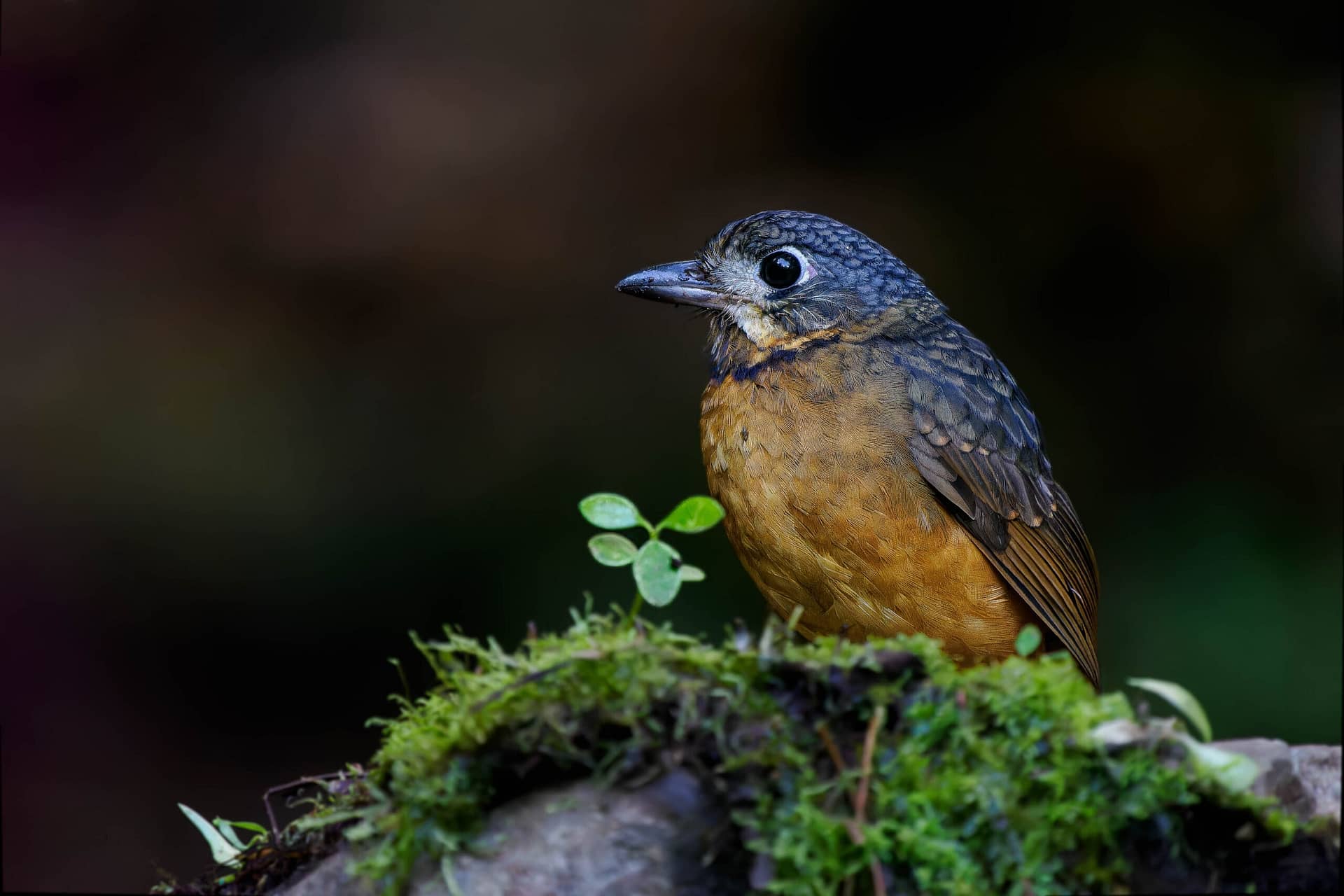
Trip Gallery
Birding Trip Reports
Here’s just a few of our recent birding trip reports. They’re in PDF format and can be downloaded for offline viewing.
Just click on the open notebook icon..
Download the PDF Checklist of the Birds of Costa Rica
February 01st to 10th , 2020
391 Species seen
Trip Leader: Noel Ureña
Happy Warblers
Joe Giunta - Chee Wok Yong - Joe & Debbie McManus - Bobby & Colleen Veltri - Jeff Ritter - Kate McMullan - Laura Weir - Bobbie Leigh - Alison Rea - Judanna Lynn
Bougainvillea Hotel, Heredia
Caño Negro Natural Lodge, Caño Negro Wetlands Celeste Mountain Lodge, Tenorio Volcano Slopes Cerro Lodge, Tárcoles River and Carara National Park
January 28th to February 5th, 2020
359 Species seen
Trip Leader: Carlos Ureña
Lars-Ivar Noren & Peter Koch
Savegre Mountain Lodge, San Gerardo de Dota, highlands Cerro Lodge, Tarcoles River and Carara National Park Arenal Observatory Lodge, Arenal National Park area Ara Ambigua Hotel, Puerto Viejo Sarapiqui - La Selva Biological Station
January 27th to February 6th, 2020
347 Species seen
Trip Leader: Jorge Soto
Lennie & Filia Chang
La Selva Biological Station, Sarapiquí Savegre Mountain Lodge, San Gerardo de Dota Cerro Lodge, Tarcoles River and Carara National Park Arenal Observatory Lodge, Arenal National Park Area
January 17th to 23rd, 2020
229 Species seen
La Selva Biological Station, Sarapiquí Savegre Mountain Lodge, San Gerardo de Dota Villa Lapas, Tarcoles River and Carara National Park
December 05th December 21st, 2019
421 Species seen
Trip Leader: Erick Guzmán
Matthew Koch
La Selva Biological Station, Sarapiquí
Arenal Observatory Lodge, Arenal National Park Area Celeste Mountain Lodge, Tenorio Volcano Slopes Cerro Lodge, Tarcoles River and Carara National Park Esquinas Rainforest Lodge, Piedras Blancas National Park San Isidro de El General, Southern Pacific Savegre Mountain Lodge, San Gerardo de Dota, Rancho Naturalista, Caribbean Foothills, Turrialba,
29th to 11th August, 2019
310 Species seen
Cindy Kreticos
Poas Volcano Lodge - Cinchona - Vara Blanca
Arenal Observatory Lodge, Arenal Volcano
Tapirus Lodge, Rainforest Aerial Tram
and Braulio Carrillo
Savegre Mountain Lodge, San Gerardo de Dota Cloud Forest
March 07th to 26th, 2019
447 Species seen
Humphrey and Jackie Sitters
Poas Volcano Lodge, Poas, Cinchona and Varablanca Caño Negro Natural Lodge,
Caño Negro wetlands
La Selva Biological Station, Sarapiqui
Celeste Mountain Lodge, Tenorio Volcano slopes Cerro Lodge, Tarcoles River and Carara National Park
Talari Mountain Lodge, Los Cusingos Bird Sanctuary
Savegre Mountain Lodge, San Gerardo de Dota
06th to 16th April, 2019
370 Species seen
Douglas M Dorr
Kathleen S Dorr Henrietta Buescher
Buena Vista Hotel - Cinchona - Vara Blanca
Villa Lapas Hotel, Carara National Park
and Tarcoles River
February 26st to March 08th, 2019
302 Species seen
Rio Perlas Resort
Sueños Azul Lodge, Sarapiqui Lowlands.
Cerro Lodge, Tarcoles and Carara National Park Savegre Mountain Lodge, San Gerardo de Dota
January 22nd to 31st, 2019
272 Species seen
HAPPY WARBLERS
Jean-Pierre & Michele Altier
Gerry & Eleanor McGee
Ed & Susan Rubin, Mariannick Gobe, Nancy Shamban, Susan Schuur Gillian Henry, Isabel Conte, Joe Giunta
Hotel Buena Vista, Alajuela
Natural Lodge Caño Negro, Caño Negro Wetlands Arenal Observatory Lodge, Arenal Volcano
February 27th to March 07th, 2018
242 Species seen
Jean & Michele Altier
Sid & Janet Jardine
Chee Youg, Mariannick Gobe, Sharon Benepe Sandy Hunter, Bets Radley, Barbara Blaisdell Frank Quevedo, Joe Giunta
Talari Mountain Lodge, San Isidro de El General Esquinas Rainforest Lodge, La Gamba
Las Cruces Biological Station, San Vito
Sueños del Bosque Lodge, San Gerardo de Dota Hotel Bougainvillea, Heredia
November 13th to 27th, 2018
366 Species seen
Mike Barker and David Hughes
Poas Volcano Lodge, Poas, Cinchona and Varablanca Natural Lodge Caño Negro, Caño Negro Wetlands Celeste Mountain Lodge, Tenorio Volcano Slopes Arenal Observatory Lodge, Arenal
Sueños del Bosque Lodge, San Gerardo de Dota Villa Lapas Hotel, Tarcoles and Carara National Park
January 21st to February 12th, 2018
459 Species seen
Tim and Monique Liguori
Poas Volcano Lodge, Poas, Cinchona and Varablanca Natural Lodge Caño Negro, Caño Negro Wetlands Celeste Mountain Lodge,
Tenorio Volcano Slopes
Hotel Fonda Vela, Monteverde
Cerro Lodge, Tarcoles and Carara National Park Esquinas Rainforest Lodge, La Gamba
Sueños del Bosque Lodge, San Gerardo de Dota
February 13th to 22nd, 2018
328 Species seen
Joanna Hollis, Betsey Phillips,
Charles Phillips,
Elizabeth Ellmann, Stephen Ellmann
La Selva Biological Station - Sarapiqui
Savegre Mountain Hotel, San Gerardo de Dota
Villa Lapas Hotel, Carara National Park and Tarcoles River
Tropical Feathers Office
+506-2771-9686, bird regions, trip reports, guest comments, what to pack, bird book s, tour options :, the costa rican classic, target species tour s, regional endemic tour, costa rica’s tropical feathers tour, 3 destinations, 3 hotspots tour, 5 destinations. 5 hotspots tour, photograph y tours, green season birding, tropical feathers,, pérez zeledón, costa rica, © tropical feathers 2021.
- Costa Rica Tourism
- Costa Rica Hotels
- Costa Rica Bed and Breakfast
- Costa Rica Vacation Rentals
- Flights to Costa Rica
- Costa Rica Restaurants
- Things to Do in Costa Rica
- Costa Rica Travel Forum
- Costa Rica Photos
- All Costa Rica Hotels
- Costa Rica Hotel Deals
- Last Minute Hotels in Costa Rica
- Things to Do
- Restaurants
- Vacation Rentals
- Travel Stories
- Rental Cars
- Add a Place
- Travel Forum
- Travelers' Choice
- Help Center
Trip Report, over Christmas - Costa Rica Forum
- Central America
- Costa Rica
Trip Report, over Christmas
- United States Forums
- Europe Forums
- Canada Forums
- Asia Forums
- Central America Forums
- Africa Forums
- Caribbean Forums
- Mexico Forums
- South Pacific Forums
- South America Forums
- Middle East Forums
- Honeymoons and Romance
- Business Travel
- Train Travel
- Traveling With Disabilities
- Tripadvisor Support
- Solo Travel
- Bargain Travel
- Timeshares / Vacation Rentals
- Central America forums
- Costa Rica forum

I was in CR from 12/18 to 12/26. Below are the highlights of my trip. I was traveling solo.
Arrived in Liberia , took the Liberia airport shuttle to La Fortuna.
I stayed at Hotel Rancho Cerro. The staff was excellent. Hotel is about a 20 minute walk (fast walk) to La Fortuna. I walked it several times. Be careful at night on the road where the hotel is located, hard to see pedestrians. Hear animals in trees. Especially at night.
1)Upper Balsa, Arenal rafting , highly recommend, thrilling
2)zip lining - Arenal Mundo Adventura
3)volcano hike, started at Ecological stop, suggested by taxi driver
4)Baldi spa, no reservations plus the price was good
5) La Fortuna Waterfall
Transportation - challenging without a car . Taxis are expensive. I took the Easy Hop shuttle when it worked with my schedule. I took uber once and taxis. Ubers sometimes work depending on location.
Monteverde ,
jeep , boat, jeep , "I love travel Costa Rica "
Stayed at Camino Verde. Less than 10 minute walk to city center. Great view on the outer deck and nice breakfast included. The staff is fantastic.
1)hanging bridges and zip lining at Selvatura Park , transportation included. Found that booking through hotel was the same price or less vs direct/TA.
2)Monteverde Cloud Forest tour
Monteverde city center is small and very easy to walk. The Treehouse restaurant was great and had live music.
Sabor Tico, great local food.
Manuel Antonio
Shared shuttle to Manuel Antonio, Easy Ride CR
Stayed at Villas Nicolas, walking distance to many restaurants.
Be careful at night walking, not clear sidewalks at certain points.
Bus stop is 5 minutes away, took it several times to beach.
1)Manuel Antonio tour - Jade tours
We saw many animals (sloths, monkeys, birds) via binoculars and iguanas. If you want to see monkeys close up, Manuel Antonio Beach. Many of the best hiking trails in MA were closed.
2)Day cruise /sunset cruise, Dolphin Cruise , Exceeded expectations. Snorkeling, swimming, go down slide, and fantastic grilled lunch on board.
3)day at beach. Nice only paying $10 for umbrella and chair.
Took shared shuttle to SJO, took exactly 3hrs with 10 minute stop.
Easy Ride CR, very punctual and great at communicating.
8 replies to this topic
What a nice, concise trip report. Thank you, Matthew. It's nice to hear from someone who had a good time during a busy holiday period.
I suspect that there weren't so many tourists around your first few days, but what was it like towards the end, particularly near Manual Antonio? Did you find venues crowded, or were you comfortable wherever you went?
I am surprised to hear you didn't see animals closeup at MA, not what others have been reporting. And I am wondering about the snorkeling, as it is often mentioned on TA that the snorkeling is not that good here.
Thank you for coming back with your trip report, Matthew_bags_packed.
I did not find the crowds that bad. Exception was MA park. It was very crowded over Christmas. There were a ton of tourists at the park. I was hoping to see more animals that day.
I agree that the cost of taxis in La Fortuna was alot less than renting a car . I had to determine that my time was more valuable than the cost of paying for taxis. I didn't want to pay for a tour with transportation for Arenal hike/ La Fortuna waterfall .
The comparison comes out differently, though, based on type of vehicle, activities planned, number of people, and especially time of year. Rentals are especially expensive around the holidays. At other times it's possible to get a sedan for less than 100 USD/ day, with full insurance, less during a rainy month.
If you wanted to go to Rio Celeste , for example, with four adults, and didn't want a guide, the cost of a vehicle for the day would be less than the pp rate for a full tour. That's just one example.
There's another factor that's rarely mentioned. Some people just downright enjoy driving, both at home and when traveling. The experience is more of an adventure for some of us than a stressful experience.
Tripadvisor staff removed this post because it did not meet Tripadvisor's forum guideline limiting each user to a single forums screen name.

Thanks for a great trip report.
- Arrival at night 6:17 am
- Help Itinerary 1-2weeks in august (from 1nd week) 4:23 am
- Suggestions on 2 week Itinerary, flying in/out Liberia 3:10 am
- Help Itinerary 1-2weeks in august (from 1nd week) 3:07 am
- Osa - PJ, Dos Brazos, Carate or Cabo Matapalo? Help! :o) 2:41 am
- Greenway tours and time of year 11:36 pm
- Cano island diving vs Corcovado vs Combo 11:10 pm
- Montezuma or Playa Hermosa (Jaco) 10:05 pm
- Make Up My Mind For Me 10:03 pm
- Car Rental La Fortuna yesterday
- Where can we buy beach towels in Jaco Beach yesterday
- Split Stay ideas yesterday
- Your experience with Adobe Rental Car? yesterday
- Recommendations for a 7 day, No Beach, Costa Rica trip, TY yesterday
- Coco Sunset Vacation Club 254 replies
- Garmin GPS for Costa Rica - Travel Suggestions 40 replies
- Best All Inclusive Resort in Costa Rica with best beach? 44 replies
- Best Adults Only All Inclusive in Costa Rica 2 replies
- Daihatsu Bego 3 replies
- Costa Rica vs. Hawaii 24 replies
- we're looking for a 'beach hut' vacation 6 replies
- Costa Rica expeditions 162 replies
- Best area to stay on Pacific Coast 6 replies
- Best 7 Day Itinerary?! 4 replies
Costa Rica Hotels and Places to Stay
- Tips on getting the most out of this forum
- Safety precautions to avoid crime?
- Why shouldn't I feed the monkeys and other wildlife?
- Beware of Parking Infractions Your License Plates May Be Taken.
- Water Safety in Costa Rica - Beware of Riptides
- What are the Entry requirements for Costa Rica?
- Everything you need to know about car rentals in Costa Rica
- I was involved in a car accident, now what?
- What kind of money should I use in Costa Rica? Are there ATMs?
- Where should we go? What can we do? Will we have fun? A collection of Trip Reports.
- Cell Phones in Costa Rica. What options? Is data available? Can I use my iPhone?
- I am coming to Costa Rica to see wildlife. Any Helpful tips?
- We are avid birdwatchers. What does Costa Rica have to offer?
- Tortuguero Turtle night tours
- What about medical attention while in Costa Rica?
- Smoking in Costa Rica. What are the laws?
- Can I and should I move to Costa Rica? A relocation reality check
- I hear Easter time - Holy Week is a busy time in Costa Rica. What should we expect?
- I want to bring home coffee. What should I buy? Where should I buy it?
- Dental Tourism - recommendations and advice
- How do I spend my time seeing what I want to to see instead of wasting it?
- Is there a Farmers Market near where I am staying?
- What are some memorable moments for travellers to Costa Rica?
- What 5 items are indispensable to you when traveling in Costa Rica?
- I have questions about staying at the Riu--is this the right place to ask them?
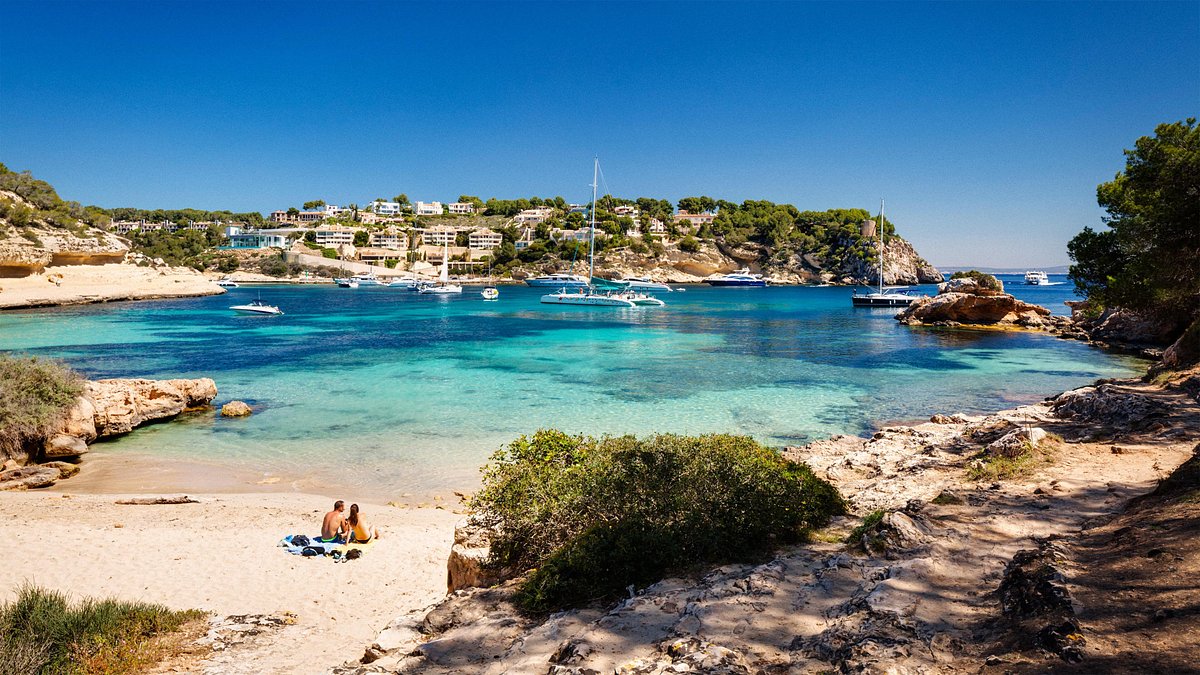

Is Costa Rica Safe to Visit in 2024? Travel Crime Advice
One of the most common questions we get asked is, “Is Costa Rica safe to visit?” The short answer is, “usually”.
We started this website to give you all the most genuine information about Costa Rica travel and we take that responsibility very seriously.
However, one thing I didn’t consider when we started this site is how responsible I would end up feeling for your safety while you are in Costa Rica. I genuinely want you to have the best trip here possible and that means that you should feel secure while traveling.
Crime in Costa Rica is an ever-evolving issue. In general, this is a very safe country. The most common crime is petty theft. Violent crimes targeting tourists such as armed robberies, sexual assault, or homicide are very very unusual. In general, you will likely meet wonderful people and have the vacation of a lifetime.
However, because we feel responsible, here are all our tips about safety in Costa Rica. Please read through them and please contact us if you have any safety questions.
Our Perspective on Crime in Costa Rica
Thomas and I agree that in general, we feel secure in Costa Rica.
We, fortunately, have never had any crimes committed against us in our several years of living here.
That being said, we also use extreme caution and I sometimes feel it is exhausting to maintain our level of security.
Although nothing has happened to us, that doesn’t mean that we haven’t heard of crimes being committed against friends. This has always been theft in various forms.
We have had friends leave things out visible in their car and their car has been broken into, a friend got robbed walking alone at night, a friend had their house broken into, and another friend was robbed in their driveway.
Keep in mind that these incidents have been over about 8 years of living here. This is not an everyday occurrence.
But, yes, crime happens and it can be very scary.
However, even if you are extremely cautious sometimes you just never know. We had a crime committed against us once in Europe in a very safe neighborhood. So, unfortunately, bad things can happen anywhere.
As of now, we still feel 100% secure in recommending that you visit Costa Rica. It is a beautiful country and in general, the threat against tourists is low.
If at any point we feel that the security level in this country is too unstable, we will update this to reflect that.
How the Costa Rican Government Protects Tourists
Tourism is the biggest industry in Costa Rica. With that in mind, the government works hard to make this the safest destination for tourists as possible.
In recent years there has been an increase in homicides. This is largely due to drug trafficking and gangs. I have read a lot of articles about it in the news recently. It seems that the government is taking action to alleviate the situation. Although, it is hard to say exactly what is being done.
Crime rates against tourists have remained somewhat steady. However, the president of Costa Rica along with the Ministry of Public Security (MSP) are making it their mission to lower these rates.
One way they are doing that is by identifying crime hot spots. They are now working to increase police presence in these areas.
Sometimes I wonder if this is just talk to keep tourists coming here and feeling safe, but I really don’t think it is.
I have noticed an increase in police presence in some areas and I have even been stopped by a police officer on the beach to tell me that there had been a few robberies there recently and to keep an eye on my stuff.
How to Protect Yourself in Costa Rica
Here are all the safety tips I suggest doing to protect yourself while traveling in this foreign country.
Pre-Trip Preparation
Here is what you need to do before you even leave home.
Register With STEP
If you’re a United States citizen, enroll in the Smart Traveler Enrollment Program (STEP) .
This program allows the US government to notify you regarding potential security threats in the area you are visiting, get in contact with you regarding natural disasters , and give family and friends a way to contact you in the case of emergencies.
If you are from another country. see if your government offers a similar program.
Check Embassy Warnings:
The US government has a whole page dedicated to the safety in Costa Rica .
Make sure to check it our before you travel so you can be aware of any areas to avoid or current crime situations.
Get Travel Insurance
Travel insurance has multiple benefits. Not only will it help you out in case you get hurt, but it is also great if one of your belongings is stolen.
Get your travel insurance quote from Heymondo here .
Give Travel Plan to Trusted Person
Inform a trusted person of your travel plans and keep them updated. I like to write out a document with all hotel info, any preplanned activities, flight info etc. for my mom.
I then update her on my license plate number if I have rented a car once I arrive in a destination.
I usually also try to check in once a day and just send her a quick message of my plans.
That way, if I go missing, somebody has a record of my intended movements.
Travel Tip : If you are an iPhone user you can turn on “share your location” with a trusted family member or friend. That way, someone always knows exactly where you/ your phone is.
Rent Your Car Directly from a Company
Third party sites often have car rental deals that seem too good to be true…they are. These rates don’t include any added taxes, fees, or mandatory rental insurance. Check out our guide to rental scams for more info .
We work exclusively with our favorite local rental company, Adobe Rent-a-Car. You can get a 10% discount plus other great perks here.
Make a Photocopy of Your Passport
I suggest making one or two copies of your passport to bring with you while traveling.
Then, while in Costa Rica you can leave your passport in your hotel safe and only carry the paper copies with you.
Get an eSIM Card
It is a good idea to always be able to stay connected and have a working cell phone.
We suggest getting an eSIM card from Airalo for this.
However, you can check out our guide to SIM cards in Costa Rica for all the different ways to stay connected.
Purchase Security Products
This is not absolutely necessary, but there are a few products I really like for keeping me and my stuff safe while traveling.
- Doorstop : Put this under your door at a hotel. When someone tries to open the door the alarm will sound.
- Money belt : Helpful for walking around towns so that your money, cards, etc are hidden. This one is also RFID blocking so nobody can scan your cards.
- Safety Alarm : Carry on your keys. Presd the button to activate the alarm if you are attached.
- Headlamp : It gets dark very early here. If you plan to walk around at night it is a good idea to have a headlamp.
Monetary Theft
Here are some of the ways you can protect yourself from being scammed or robbed while in Costa Rica.
Pay with Credit Card Instead of Debit Card
Credit cards make it easier to refute fraudulent charges than debit cards. I suggest checking your credit card account after any transactions to make sure that the amount is correct.
Travel Tip: I t is a good idea to get a credit card that is made for travel so you will not pay a percentage on every transaction.
Keep Money in Several Locations
Don’t put all your money in your pocket or purse. It’s best not to carry much money at all, but if you have to, divide it up.
I put some in my shoe, some in my bra, and some in each of my pockets.
That way if I am robbed they hopefully won’t find all of the money and I can just give them my wallet and move on.
If you need more info on whether you should carry money or use credit cards in Costa Rica, we have a full post on currency and paying .
Only Change Currency at Banks
The currency exchange places at the airport will give you a very bad exchange rate. Don’t use them!
Also, there are often people exchanging currency on the Nicragua or Panama border. Don’t use them either.
Instead, you will get the best exchange rate directly at a bank.
Check All Receipts
After any payment, check the receipt to make sure the amount adds up correctly. Often in Costa Rica store employees need to manually enter the total on a credit card machine.
It is so easy to accidentally (or purposely) add an extra “0” and overcharge a customer.
We’ve had it happen to us. Luckily, the employee noticed it when he charged us several hundred dollars instead of about $50 for gas.
He was so embarrassed and pointed out his mistake to us and fixed it.
So, just double-check.
Personal Safety and Awareness
Here are all the things you should do to protect yourself.
Be Aware of Your Surroundings
When you are traveling it’s easy to get distracted by all the beautiful new sights, but you need to also be aware of the people around you.
Look around often and avoid standing in large crowds.
If you feel uncomfortable in a situation or place, just leave.
If you take money out of the bank pay attention to who is around and watching you.
Dress Like You Belong
We get it, you are on vacation and probably want to wear all your nice warm weather clothing.
However, in Costa Rica it is best to blend in.
Leave the nice jewelry or flashy items at home and dress in a relaxed way.
Don’t Walk Around Alone at Night
Unfortunately, it gets dark by 6pm in Costa Rica year round.
As I mentioned above, it is a good idea to have a headlamp if you plan to walk around after dark.
Also, it is best to never go out alone.
Trust Your Instincts
If you feel hesitant about a person or a location, trust yourself. Your gut instinct is usually right. It’s always better to be safe than sorry.
Don’t Leave Your Stuff Unattended
If you plan to go to the beach it is never a good idea to leave your personal belongings unattended while you are in the ocean or taking a walk.
Keep Stuff Secure at Restaurants
A lot of restaurants in Costa Rica are open air. This means it is easy for anyone from outside to walk by your table and swipe something.
Don’t leave your cell phone, wallet, keys, etc just sitting on the table.
Also, don’t just put your purse or backpack on the back of your chair. I always put mine on the floor between my legs with one strap under my leg so it can not be taken.
Know Your Hotel Location
If you get lost, your phone dies etc. it is good to know the place you are staying in your mother tongue and in Spanish.
In Costa Rica this is difficult because there are no addresses. It’s strange but true.
Instead, make sure you know the name of your hotel and any landmarks that are located nearby the place you are staying.
Keep Personal Info Private
People in Costa Rica generally really enjoy talking to tourists and they are usually extremely nice and welcoming.
However, to stay safe in Costa Rica you should still be cautious. Don’t reveal too much.
If you are a solo traveler , NEVER tell anyone that you are by yourself. I always just say I’m with my husband and he is on his way to meet me.
I also never say which hotel I am staying in.
Lock Everything
When going out make sure you lock your car, hotel room etc.
Also, don’t leave anything of value in your rental car. It is not unheard of for windows to be smashed and things stolen.
When driving, lock your doors and use the AC instead of rolling down your windows.
We have heard stories of people getting robbed while waiting at traffic lights.
Because of this I always keep my purse on the floor between my feet while in the car.
Don’t Leave Your Drink Unattended
If I feel a bit sketched out by a place I always order bottled beer and keep my finger over the opening when I’m not drinking it.
Tell Someone Where You’ll Be
In order to stay safe in Costa Rica, you should always tell someone where you’ll be when going out.
Even when traveling alone just send someone from home a quick message telling them where you are going that day.
Keep Your Room Secure
Try to get a room not on the first floor of a hotel (they are the most likely to be broken into).
I always put the “Do Not Disturb” sign on my door even when I’m not there, so it looks like someone is in the room.
Transportation Safety
Here is how you can protect yourself from transportation-related crimes.
Be Wary of Rental Car Issues
We have heard recently about a travel scam in which people are slashing tires at traffic lights and then conveniently pulling up when you pull off to the side of the road.
They will then rob you.
If you can, always drive to a gas station or another populated place before fixing your tire.
Check out our guide to driving in Costa Rica for more info.
Only Use Registered Taxis
Make sure to only use official taxis while in Costa Rica so that you do not get scammed out of a lot of money.
You can tell an official taxi because it will be red (or orange if coming from the airport) with a yellow triangle on the drivers and passenger side door (or green triangle from the airport).
We wrote a complete guide to using taxis and Uber here in Costa Rica . I suggest reading that to help you stay safe in taxis.
Be Cautious in Public Transportation
If you opt to take a public bus it is best to keep an eye on any belongings you put on the shelf above your seat.
Always make sure you keep your passport and valuables physically on you.
We have heard about people having their bags stolen while they were sleeping on public buses.
Walk Facing the Traffic
If you walk facing traffic, motorcyclists will not be able to drive up behind you and grab your bag.
Walking facing traffic also means you will see any cars coming and are much less likely to get hit (and people drive like maniacs here sometimes).
Don’t leave Your Rental Car in a Remote Place
Sometimes cars are broken into when left in remote places.
At most public places there will be a guard watching cars. You can (usually) trust them to keep a good eye on your car.
However, we still strongly suggest that you never leave anything of value in your car and definitely don’t leave anything of value visible.
What to Do if a Crime Happens in Costa Rica
If someone robs you, let them. It’s better to have to cancel your credit cards and lose some money than to fight back and get attacked. It’s just not worth it.
If something happens to you and you need to call the local authorities just dial 9-1-1. There should be at least one person at the police station who speaks a little bit of English.
Also, it is best to contact your embassy as soon as possible. They can assist you in whatever you need as a citizen. Contacting the embassy is also important because it can help future travelers. Most embassies will then update their safety pages accordingly.
If you are a United States citizen the US embassy is located in the Pavas / Rohrmoser neighborhood of San José. The phone number is (506) 2519-2000.
Dangerous Areas
Here are some areas that are sometimes considered unsafe. In general, the larger cities such as San Jose, Alajuela, Puntarenas, and Limon tend to have a higher crime rate.
San Jose is the capital city of Costa Rica. This is where we live and I feel mostly safe here during the day.
However, you need to stick to exploring the downtown area or reputable neighborhoods.
If you plan to stay downtown I suggest Barrio Escalante or the area near the stadium at La Sabana Park.
Petty theft during the day is very widespread here. It is a good idea to have a secure backpack and hide stuff in a money belt.
In downtown Alajuela , you should use increased caution.
However, above the city in the beautiful rural areas you should feel very safe.
Tamarindo is a popular destination for families, surfers, and backpackers. It is a larger town, so mostly due to its size there tends to be more crime.
Santa Teresa
Santa Teresa is one of our favorite places in the country. It is a beautiful remote Pacific Coast surfing town.
However, because it is so remote it seems to be a hot spot for criminals to hide out in.
This doesn’t just mean Costa Rican criminals. I also mean shady people from around the world who have committed crimes tend to hide in this area.
For example, I just watched this episode of 48 Hours recently about a woman from the US who murdered another woman and was hiding out in Santa Teresa.
Anyway, during the day you should be completely fine here, but use more caution at night. This especially applies to walking alone or if you plan to enjoy the nightlife scene.
Panama Border on Osa Peninsula
This area is mostly safe for tourists. However, this is where a lot of drugs pass through from Panama into Costa Rica. So, use caution if in very remote areas.
Other Safety Concerns
It’s impossible not to fall in love with Costa Rica, but sometimes I feel like this country is slowly trying to kill me in a million ways.
From poisonous animals, earthquakes, erupting volcanoes, weird illnesses, a crazy high UV index, etc.
So, crime is not the only thing you need to think about in regards to safety here. A few other tips to stay secure from just this crazy tropical country as a whole are…
- Always Stay on Marked Trails : This will help keep you away from some potential wildlife threats like snakes.
- Don’t Swim in Weird Bodies of Water : This should go without saying, but it is easy to get weird rashes and skin issues from unclean water. Check out our guide to safety from environmental issues for more info.
- Only Drink Bottled Water : In most towns, it is fine to drink the tap water here. However, because you are not used to the water it is best not to risk your vacation. Just buy bottled water so you don’t end up with stomach illnesses. I like to bring my refillable water bottle from home and buy several-gallon jugs while traveling.
- Avoid Street Food : It is a good idea to be cautious of food safety so that you don’t get sick while visiting. The best way to do that is by only eating at reputable restaurants or cooking your own food.
- Trust Your Instincts During Activities : If participating in day tour or activities with reputable companies you can generally expect a high standard of safety. However, if something feels unsafe to you, trust yourself. It is best not to risk your security.
- Be Cautious of Flooding During the Rainy Season: It is not unusual for there to be flash floods or road flooding.
- Be Aware of Natural Disasters : There are five active volcanoes in Costa Rica. That doesn’t mean that they are all actively erupting, but some are actually active at the moment. Earthquakes occur pretty much every day. Again, that doesn’t mean that you will actually feel them. Usually they are so minor that you won’t even notice. For more info, check out our natural disaster guide .
- Wear Bug Spray : The mosquitos here are generally not a problem during the day, but once the sun goes down they come out in full force. Mosquitos here can carry dengue, zika, and more. So, always load up on bug spray to avoid mosquito bites.
- Wear SPF 50+ Sunblock : One of your biggest concerns here needs to be the sun. Costa Rica is not THAT far from the equator. The UV index is really high . Bad sunburns are often the number one medical issue that travelers face when visiting.
- Be Aware of Entry Requirements : Check out our guide on entry requirements to stay up to date on things like Yellow Fever vaccine requirements, how long you can stay in the country, etc.
It’s Not All Bad
I know this post is a lot of doom and gloom. But, in reality, Costa Rica is an amazing travel destination filled with friendly people. In general, Costa Ricans are welcoming, kind, and peaceful.
When we first moved here after living in Europe for four years we were so caught off guard. Several people that we had never met before went out of their way to help us find a place to live, help us buy furniture, gave us things, helped us adjust to the lifestyle etc.
We turned down a lot of help because we felt like we would then owe them something.
It took us a while to realize that no, people here are just very kind-hearted. The country operates a lot based on helping out your friends, family, and neighbors when you can with the mindset that someday they might need help and you can step in.
Also, a lot of people work in tourism. They want to make sure that tourists feel welcome here.
Conclusion: Safety in Costa Rica
In conclusion, there are several things that can happen while traveling in Costa Rica, but with common sense and some caution, you should find that Costa Rica is a safe place.
Overall this is a peaceful country filled with beautiful beaches, lush rainforests, and kind people.
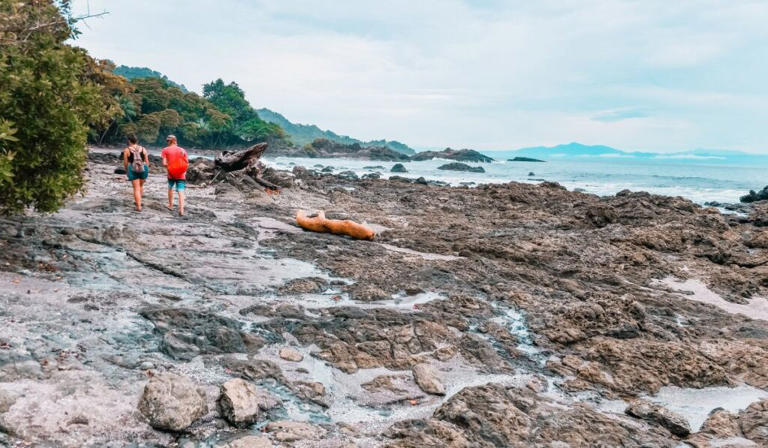

IMAGES
VIDEO
COMMENTS
Costa Rica Trip Report Part One. Jump to bottom. Posted by Mary (Reno, NV, USA) on 03/05/22 06:13 AM. We booked this trip With Odysseys Unlimited in October 2021 - before omicron. We had not traveled internationally or even domestically much for that matter for 2+ years. We were initially a group of 12 to 14.
In fact, I know a lot of people who call Costa Rica their favorite country or at least rank it in their top 5. Such praise certainly helps to build anticipation when you have a trip to Costa Rica coming up. However, that was not the reason why Costa Rica became my country 112 in January 2021. Costa Rica is one of the few countries that allows ...
859 posts. 55 reviews. 53 helpful votes. Costa Rica 7-day trip report (Nov 18 - Nov 25) Dec 2, 2023, 6:30 PM. Save. Hi All, First off, my sincere thanks to all the TA contributors who helped me plan my trip itinerary to the best way I possibly could! Without your help and suggestions, there was no way I could've enjoyed CR to the extent that I did.
Costa Rica Travel Guide Costa Rica Travel Guide. When it comes to natural wonders, there is very little that Costa Rica doesn't offer visitors. Travellers can experience spectacular volcanic activity in Arenal Volcano National Park, explore the unique cloud forests on the world famous Monteverde Sky Walk, dive the colourful coral reef of Cahuita National Park, or go white river rafting down ...
Answer 1 of 7: What a fantastic first trip to Costa Rica! My family of four (two parents with kids ages 10 and 12) just returned from our 12-day stay. We like to road trip and explore, but at a relaxing pace, which determined what we did. ... Trip Report - Costa Rica Forum. Central America ; Costa Rica ; Costa Rica Travel Forum; Search. Browse ...
Visit La Fortuna for rainforest and volcano, Monteverde for the cloud forest and Manuel Antonio for the beach. This Costa Rica 11 day itinerary offers plenty of adventure, relaxation and fun. You'll experience three of the most popular tourist destinations so this itinerary is ideal for first time visitors. You can use this exact itinerary or ...
Monteverde Cloud Forest. Our first Costa Rica road trip stop was Monteverde, which is 3.5 hours from San Jose, high up in the mountains. We had never been to Monteverde before, but once we saw pictures of the cloud forest and hanging bridges, we instantly made it part of our one week in Costa Rica. We opted against the traditional hotel and ...
221 posts. 157 reviews. 109 helpful votes. Trip report - Feb 2022. 2 years ago. Save. Just wanted to post our trip report for our two weeks this Feb as I had so much great help on here when we were planning. This was our second trip to CR - the only place we returned to from our previous trip in 2016 was La Fortuna, so lots of new areas for us!
Discover Costa Rica's diverse wildlife with this Backcountry Journeys trip report by guide Grand Ordelheide. Capture the beauty of the sacred resplendent quetzal in the Talamanca Mountains and immerse yourself in the wildlife haven of the Osa Peninsula. From toucanets to red eyed tree frogs, experience the thrill of photographing diverse species in their natural habitat.
Arenal Volcano National Park. The Arenal Volcano National Park is situated in what is known as the 'Energetic Heart of Costa Rica'. At its centre is the 5,356 foot (1,633m) Volcan Arenal, a typically cone-shaped volcano despite being highly active, with some huge eruptions and larva flows that killed thousands of people in 1968.
Costa Rica: Birding & Nature | Trip Report January 5 - 12, 2020 | Written by James P. Smith Naturalist Journeys, LLC | C aligo Ventures PO Box 16545 Portal, AZ 85632 PH: 520.558.1146 | 866.900.1146 Fax 650.471.7667 naturalistjourneys.com | caligo.com [email protected] | [email protected]
Costa Rica: Birding & Nature | Trip Report January 13-20, 2018 | With Pacific Extension Jan. 20-24 — Written by Bob Meinke — Naturalist Journeys, LLC / Caligo Ventures PO Box 16545 Portal, AZ 85632 PH: 520.558.1 146 / 800.426.7781
Embassy of Costa Rica, Ottawa, Canada: +1 613 562 2855. Costa Rica Consulate-General, Sydney, Australia (also responsible for New Zealand): +61 2 9262 3883. Honorary Consulate of Costa Rica, Johannesburg, South Africa: +27 (0)11 486 4716. Embassies / consulates in Costa Rica. United States Embassy, San Jose: +506 2519 2000.
Costa Rica Sampler Trip Report (Mar 1 - 11, 2024) Report written by Héctor Gómez de Silva. Costa Rica crams more than 800 species of birds together with hordes of other wildlife in a tiny land area; the country's infrastructure is designed around ecotourism. This combination makes Costa Rica a magical destination for birders.
The stunning Resplendent Quetzal was probably the highlight of the trip (photo by tour participant Steve Borgwald).. Overview. It was a real pleasure to have the chance to return to Costa Rica to lead our first Neotropical tour of 2022. Due to the interests of the participants on this Costa Rica Escape tour, we focused our attention on photography, primarily of birds, but also other wildlife ...
Osa Peninsula Trip Report. Mar 12, 2024, 4:21 PM. Save. Recently returned from 2 weeks on the Osa Peninsula, so I thought I'd do a quick trip report. The Osa is one of our favorite destinations in Costa Rica and we try to visit at least once a year. This trip we spent 1 week at Casa Mil Flores (Airbnb) and 1 week at Bosque del Cabo Rainforest ...
My second attempt at Costa Rica. 5 days at Hotel Taormina. [ Go to page: 1, 2, 3] johnerect. 38. 3361. Sun Jan 14, 2024 12:54 am. Haywood Jablommi November 20-25: Slackedjaw28. 2. 373. ... Board index » A Gentlemen's Guide To Costa Rica! » Trip Reports! All times are UTC . Who is online:
Benjamin Isaac Jacobs-Schwartz. Trip Report: Costa Rica Central Sur 2024. Day 1. Our group convened for opening dinner at Hotel El Rodeo, introduced ourselves to one another, and met Fito, our local guide with us throughout our tour. We talked about what brought us to Costa Rica, the two birds that we wanted to see on the tour, and one thing ...
Trip Report - Costa Rica. Tour Leader: Peter Jones. Trip Report : Peter Jones. Local Guide : Steven Easley. Day One January 25th - San Jose - Savegre. A day for liaisons at San Jose Airport and transfer to Savegre. The journey through heavy traffic in San Jose took its toll and normally a couple of hours journey took 3, but included a ...
This tour was characterized by great cameraderie looking for birds, exploring new hunting grounds, and having fun together. Costa Rica was calling! Day 2, 29 March 2023. Birding Guacimo and transfer to Villa Lapas. This was one of the most amazing birding days of the entire trip. We started at 5am, birding the hotel grounds for an hour before ...
13 reviews. 20 helpful votes. Mid March 2024 Trip Report. Mar 27, 2024, 1:57 PM. Save. We were in Costa Rica from March 16-March 24. We got in around noonish on the 16th and left at 2:30pm on the 24th from the Liberia airport. We spent most of our time in the La Fortuna and Monteverde areas, with a couple nights near Playa Hermosa as well.
Trip Report. The 2023 Costa Rica: Birds & Wildlife Photography Workshop just concluded and this year's workshop was stellar with some incredible photographic opportunities and life long memories. This was a new itinerary with a new local guide and with even more days in country and more productive locations! The group journeyed to both the ...
Birding Trip Reports. Here's just a few of our recent birding trip reports. They're in PDF format and can be downloaded for offline viewing. Just click on the open notebook icon. Download the PDF Checklist of the Birds of Costa Rica. February 01st to 10th , 2020. 391 Species seen. Trip Leader: Noel Ureña. Happy Warblers.
Trip Report, over Christmas. Dec 29, 2023, 3:14 PM. Save. I was in CR from 12/18 to 12/26. Below are the highlights of my trip. I was traveling solo. La Fortuna /Arenal. Arrived in Liberia, took the Liberia airport shuttle to La Fortuna. I stayed at Hotel Rancho Cerro.
Conclusion: Safety in Costa Rica. In conclusion, there are several things that can happen while traveling in Costa Rica, but with common sense and some caution, you should find that Costa Rica is ...